A lot has happened in the last couple of centuries and, as a result, humans have drastically evolved. However, it wasn’t always easy and there have been many hardships including war, famine and fatal diseases. Yet still, human ingenuity and compassion have triumphed all of it and progress has been made to ensure the convenience of life. Every few years, there is a moment that is so significant that it reverbs throughout history and future alike. It changes the way that we look at our present. Here are some historical pictures that are so remarkable that they demand to be explored further.
The First Selfie
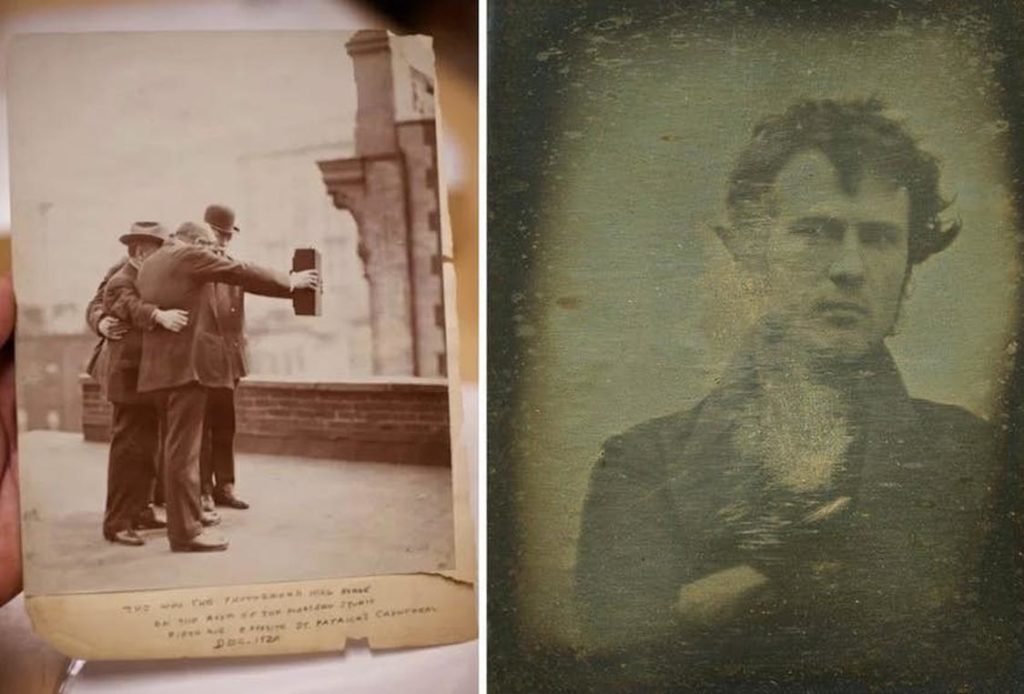
Can you imagine a life today where nobody takes selfies? They have become the new normal and many people believe that the first selfie was taken in recent years when the front camera of the smartphone was invented. However, the first selfie dates back to 1837 when Robert Cornelius took a picture of himself.
Bulletproof Vest Testing
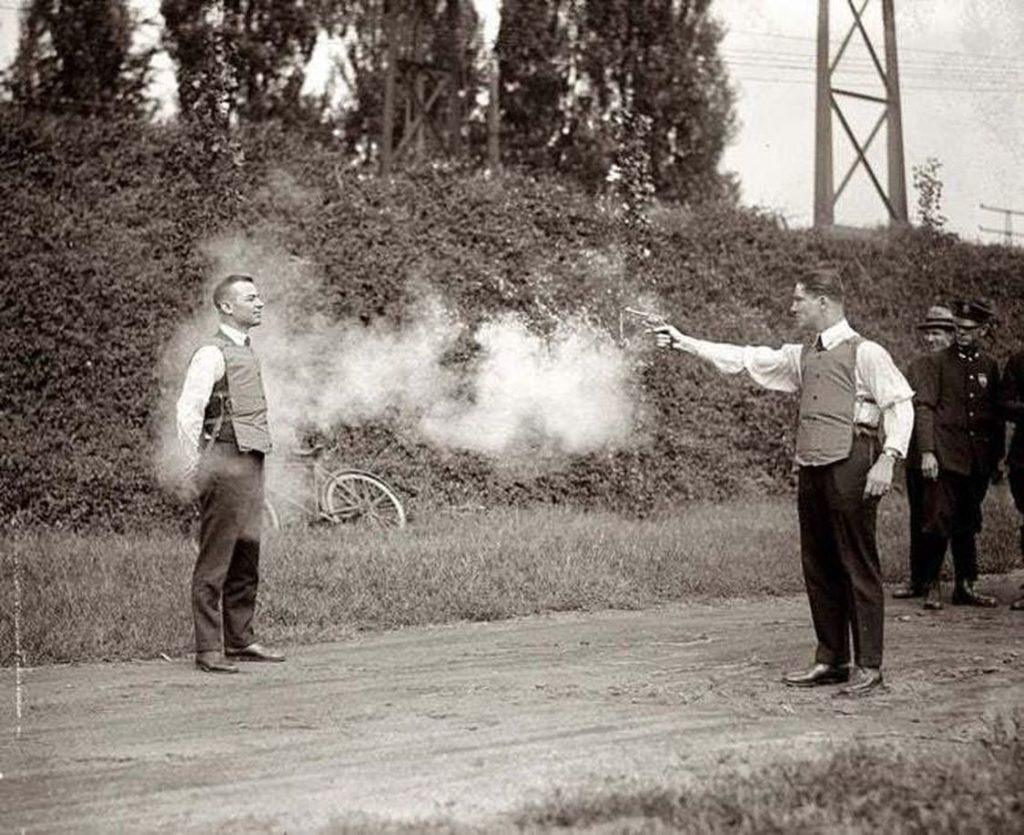
The Protective Garment Corporation’s faith in their bulletproof vest was evident in their daring move to hold a live demonstration in 1923. The demonstration involved shooting at a salesman wearing the state-of-the-art lightweight police vest, which was a huge risk for both the salesman and the person firing the gun.
However, the bold move paid off, as the vest successfully protected the salesman from the bullets. This demonstration helped establish the credibility and reliability of the Protective Garment Corporation’s product, which would go on to become an essential piece of equipment for law enforcement and military personnel worldwide.
Tutankhamun’s Tomb Seal
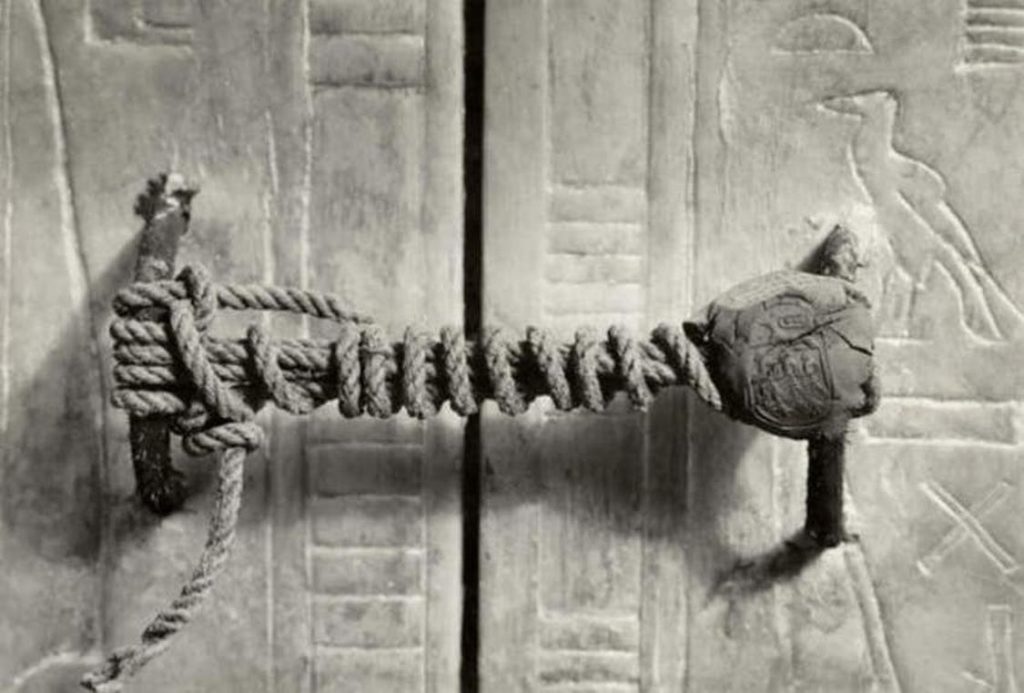
The pharaohs of Egypt have always been a mystery and source of fantasy to the world today. Even thousands of years ago, the people of Egypt were able to create huge tombs and mummify their deceased in them. One of the most famous ones is the tomb of Tutankhamen, which was opened on February 17, 1923.
Scientists estimate that the tomb had remained intact for 3,245 years before the seal on the door was broken and the archaeologists entered the gravesite of the famous pharaoh.
106-Year Old Warrior
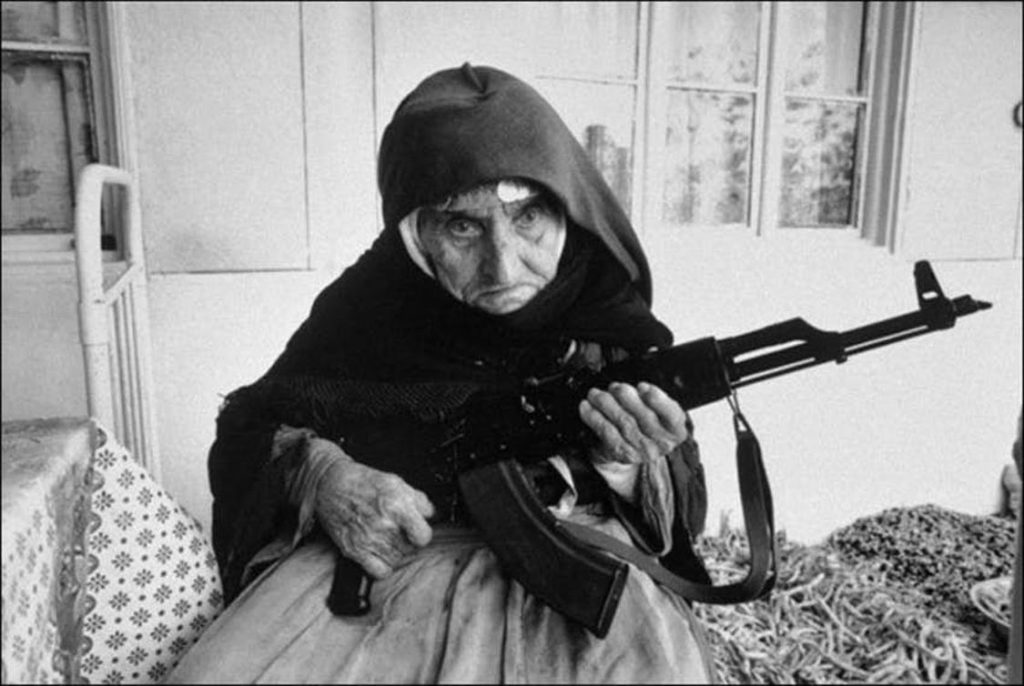
During times of war, individuals may feel the need to take measures to protect themselves and their loved ones. This sentiment extends to a 106-year-old grandmother who appears to be prepared for battle with her proficient handling of an assault rifle.
Her unwavering gaze reveals a determination to defend her homeland, regardless of the cost. Although the thought of an elderly person brandishing a weapon may seem unsettling, it serves as a poignant reminder of the lengths individuals will go to safeguard their country during times of crisis.
The Funny Side Of Albert Einstein
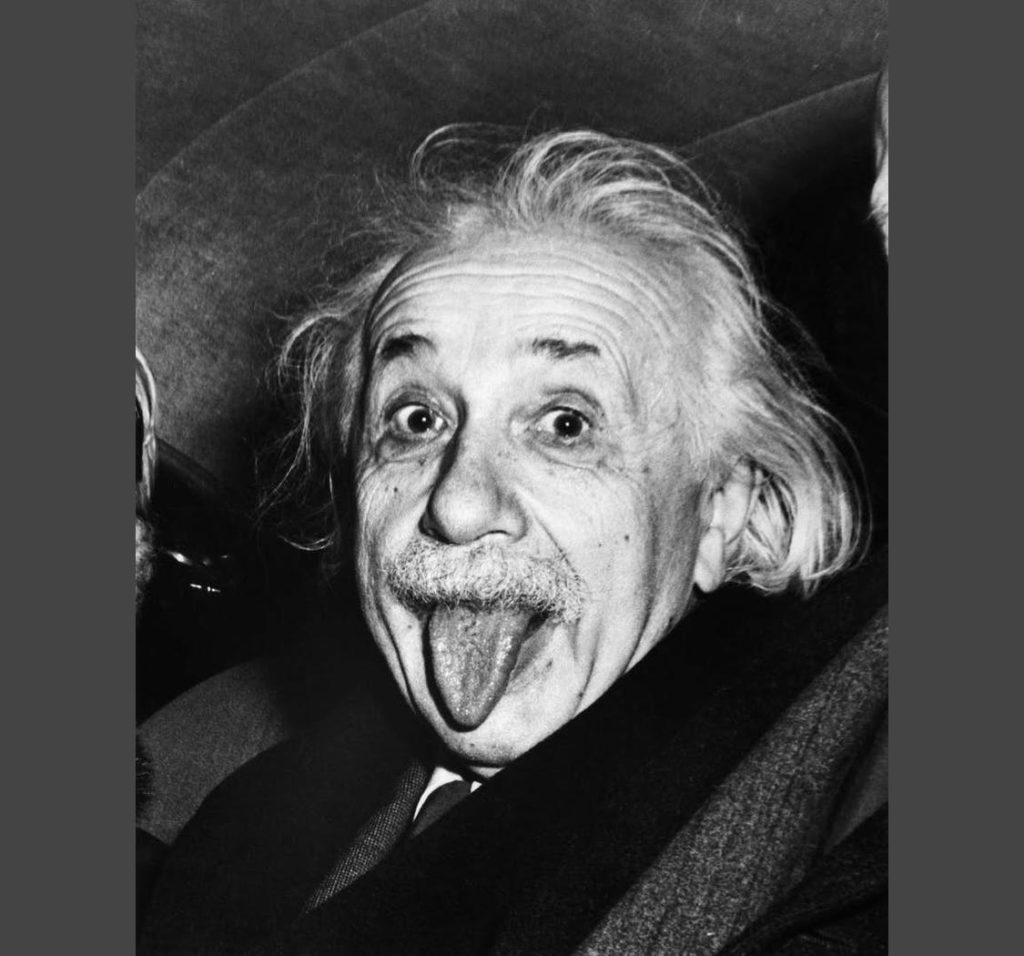
Albert Einstein is widely recognized as one of the most brilliant scientists of all time, but what many people don’t know is that he also had a playful sense of humor. In 1951, on his 72nd birthday, photographer Arthur Sasse was tasked with taking a photo of Einstein, who was growing increasingly impatient with the process.
As Sasse pleaded with Einstein to smile for the camera, the physicist stuck out his tongue in a gesture that has become an iconic image of the man. The photo captures Einstein’s whimsical side and serves as a reminder that even the most serious of geniuses can have a sense of humor.
The Dream To Fly
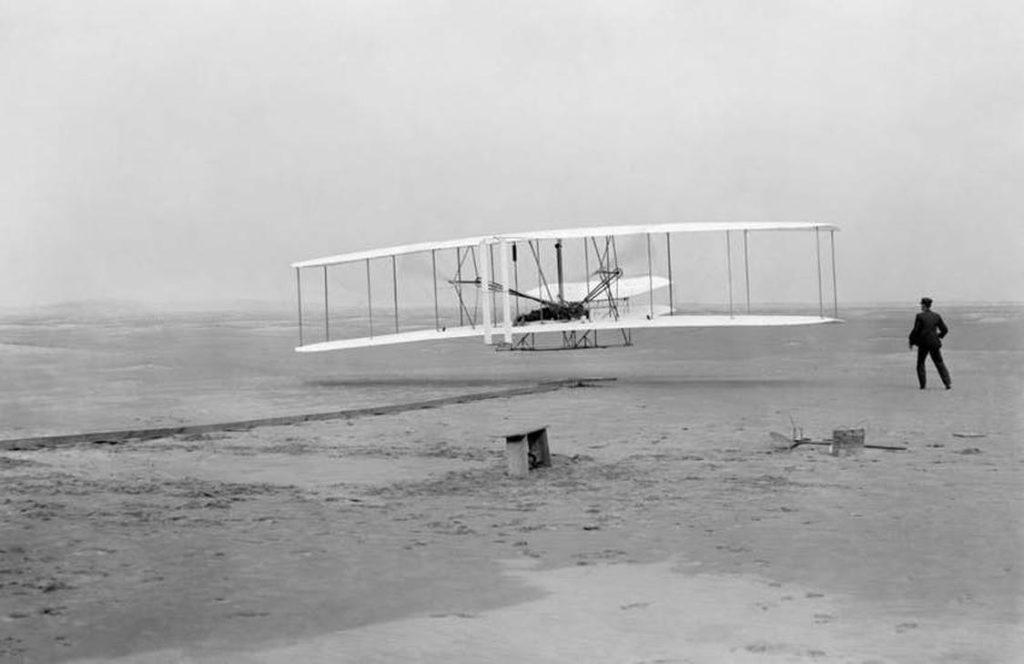
The Wright brothers’ achievement not only marked the beginning of aviation but also paved the way for modern transportation and warfare. Over a century later, we continue to make breakthroughs in aeronautics and space exploration, with technologies like drones, spacecraft, and reusable rockets.
We now have the ability to fly faster, higher, and farther than ever before, and our desire to discover what lies beyond our planet remains as strong as ever. The Wright brothers’ legacy serves as a reminder of what we can achieve through perseverance, innovation, and determination.
Cow Shoes
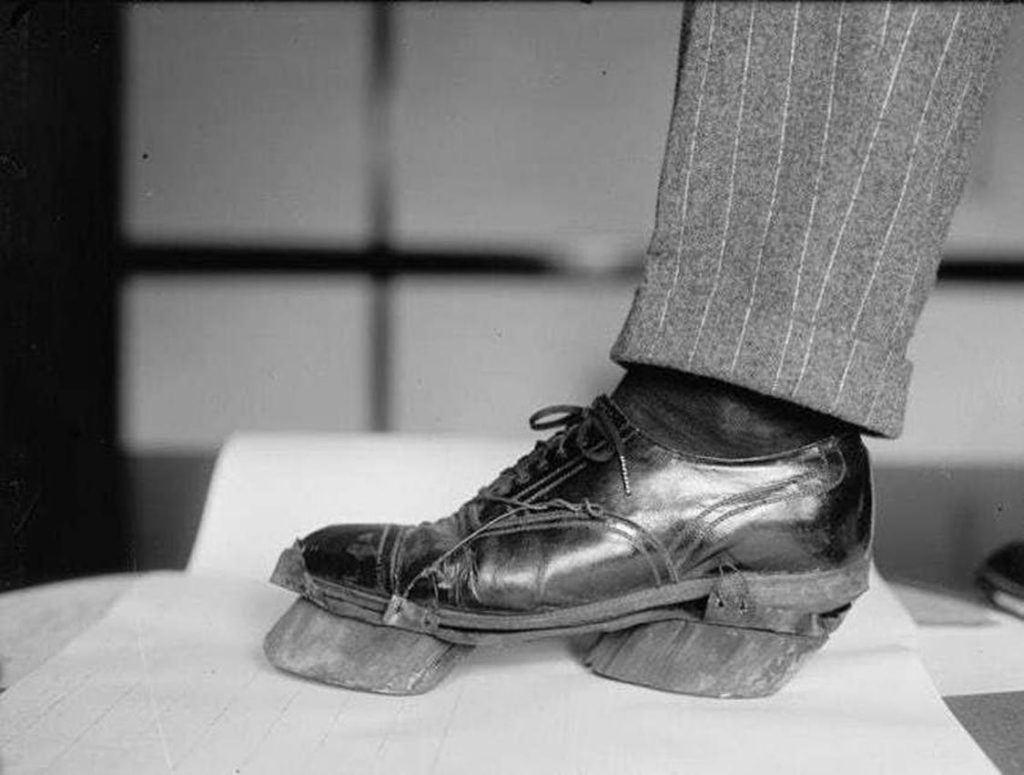
During prohibition, the moonshiners used to smuggle in liquor. In order to avoid the authorities, they used all the tricks they could think of. One of the most famous tricks they used to hide from the cops included wearing “cow shoes”.
The moonshiners made metal strips with carved wooden blocks to resemble cow hooves, and they attached them under their shoes to cover up their footprints.
The First Subway
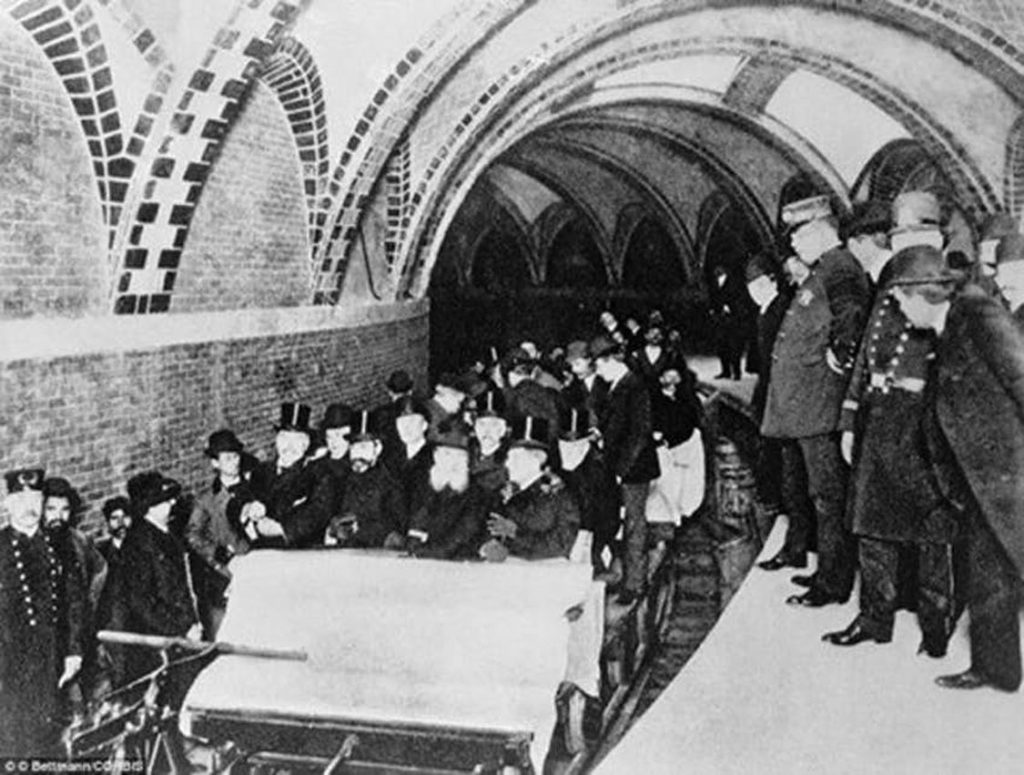
In 1904, just a year after the Wright Brothers’ first flight, New York City opened its first subway with a 9.1-mile track and 28 stations, and George McClellan, the City’s mayor, even drove the first passengers. Despite being an incredible feat of engineering, people initially saw it as more of a spectacle than a practical mode of transportation.
Nevertheless, it quickly became an essential part of daily life in New York and paved the way for the development of other subway systems around the world.
Billy The Kid
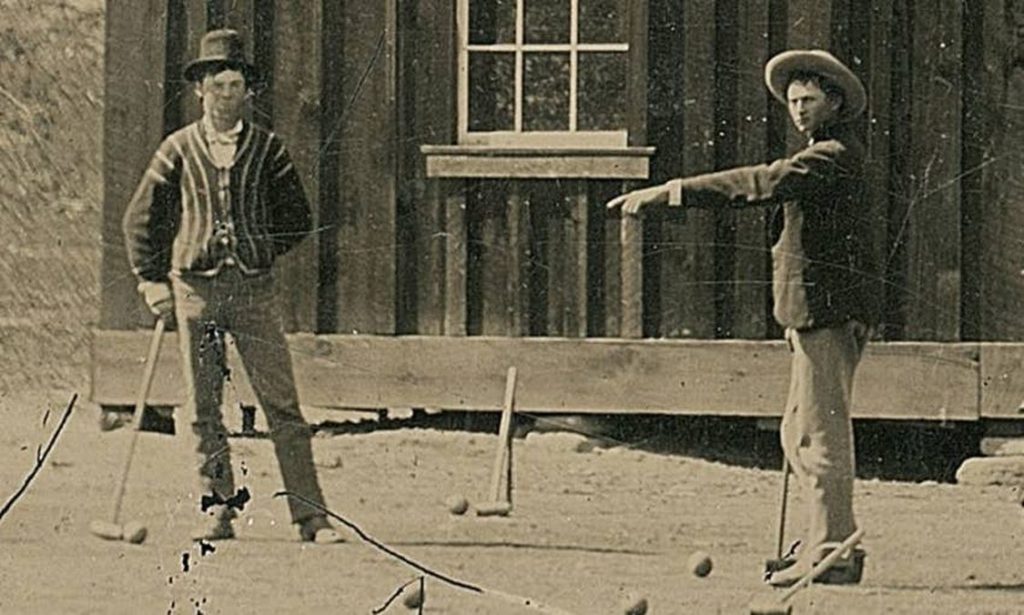
When you are one of the most famous outlaws, you will do anything to stay hidden. That is why there are only a couple of photos of the legendary Henry McCarthy, also known as William H. Bonney and most widely referred to as Billy the Kid.
Not to mention that he was only 21 when Sheriff Pat Garret shot him in 1881, so it makes sense why Billy the Kid didn’t live a life long enough to have that many photos.
James Dean With His Porsche
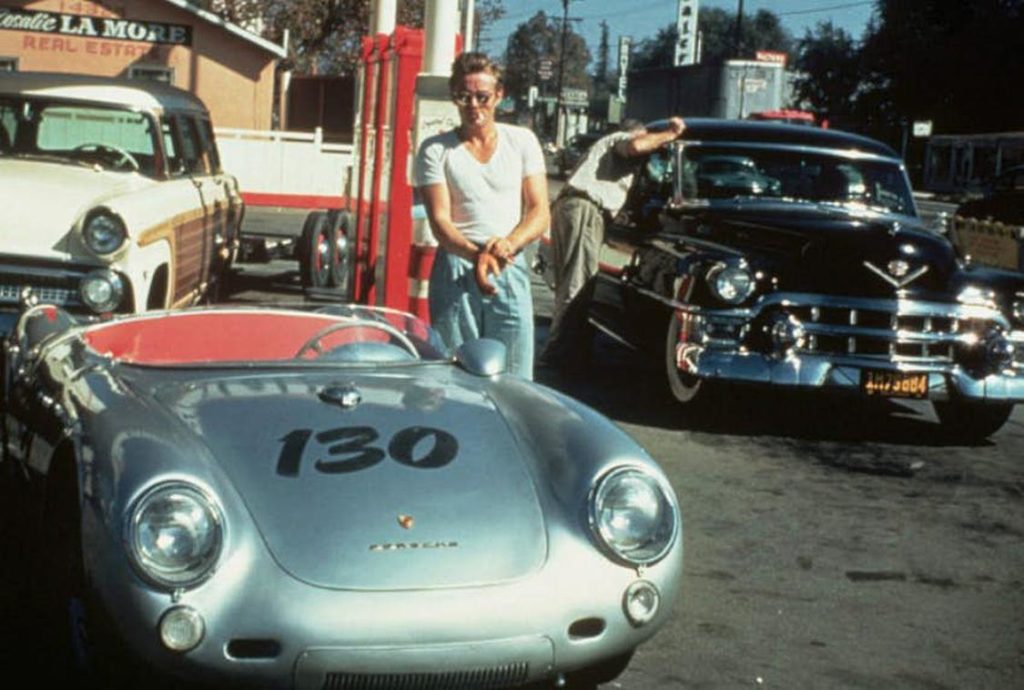
James Dean’s rebellious persona and brooding good looks made him a symbol of teenage angst and rebellion. Despite appearing in only three films, he left an indelible mark on Hollywood and popular culture. His final photograph, taken just hours before his fatal car crash, captures his enigmatic and intense gaze, forever frozen in time.
Though he passed away at the young age of 24, James Dean’s legacy lives on, inspiring generations of fans and leaving an enduring impact on the film industry.
MGM’s Lion
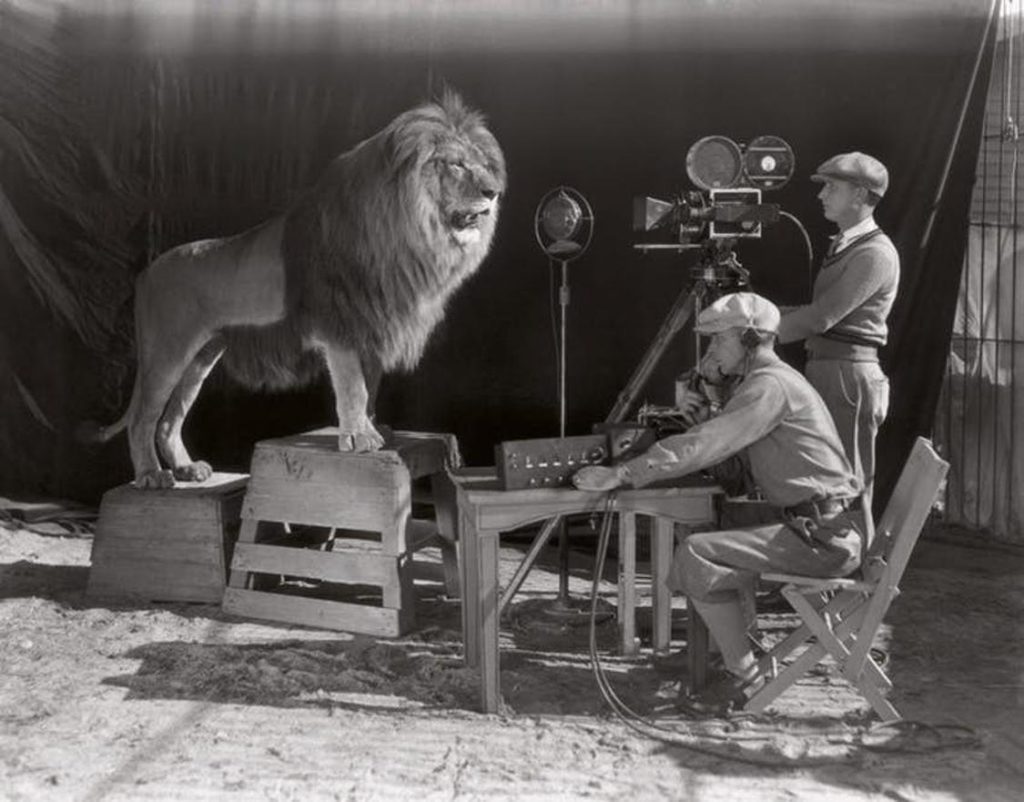
For over a century, the MGM lion has been an iconic symbol of Hollywood’s golden age. Jackie, the lion in the photo, was just one of several lions used for the MGM logo over the years. In an era when special effects were limited, the roar of the lion provided a powerful introduction to the magic of the movies.
Jackie was pictured in his cage during sound recording, with the sound stage being built around him. Though the use of live animals in entertainment has become increasingly controversial, the legacy of the MGM lion remains a testament to Hollywood’s enduring glamour and mystique.
The First Picture
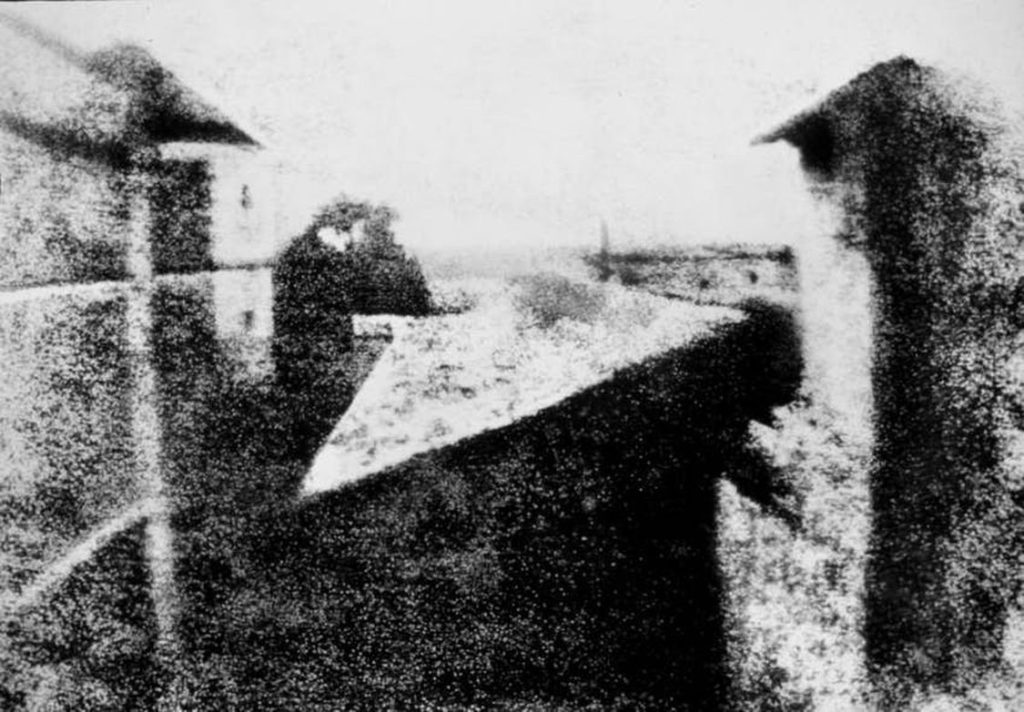
Niépce captured this image using a process known as heliography, which involved coating a pewter plate with bitumen and exposing it to light for several hours. The light caused the bitumen to harden in the areas it touched, creating a permanent image. This image, known as “View from the Window at Le Gras,” depicts the view from Niépce’s country house in Burgundy, France.
Niépce’s invention of photography was a major breakthrough in the history of technology and art. It paved the way for the development of modern photography and the birth of a new art form. Today, the photograph is housed at the Harry Ransom Center at the University of Texas at Austin and serves as a reminder of the incredible ingenuity and creativity of the pioneers of photography.
John Lennon’s Last Picture
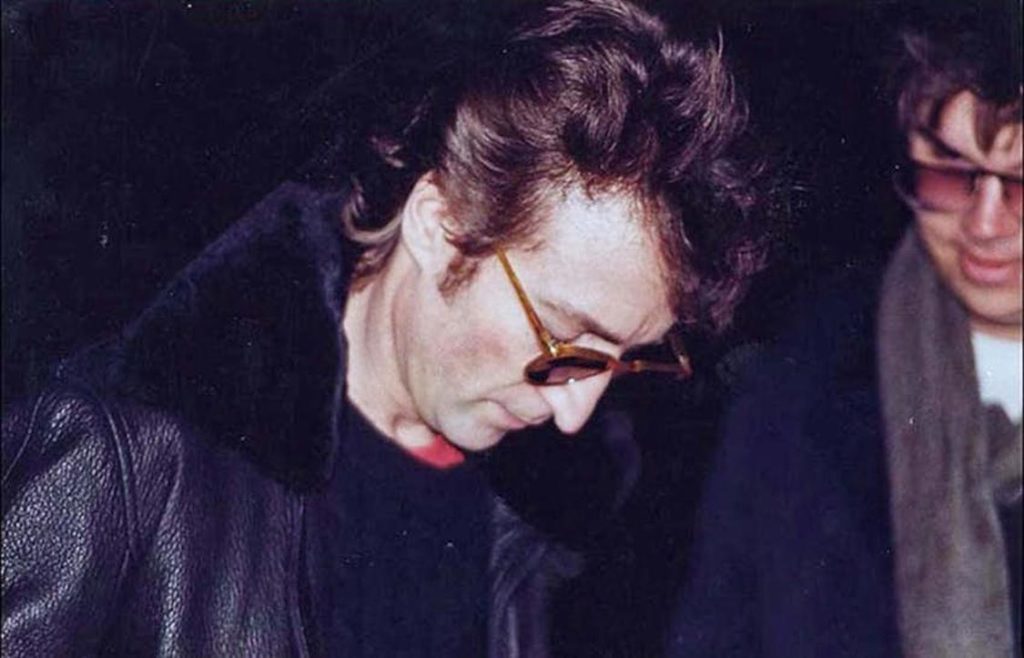
The assassination of John Lennon was a tragic event that shook the world. Chapman’s actions were premeditated and disturbing, as he had been obsessed with Lennon for years. Lennon’s signature on Chapman’s autograph only adds to the tragedy of the situation, as it shows how close Chapman was able to get to his victim before committing such a heinous act.
The death of John Lennon had a profound impact on the music industry and on society as a whole. Lennon was not only a talented musician, but he was also an advocate for peace and social justice. His legacy lives on through his music and his activism, and his death serves as a reminder of the importance of addressing mental health issues and preventing violence in all its forms.
Testing Helmets
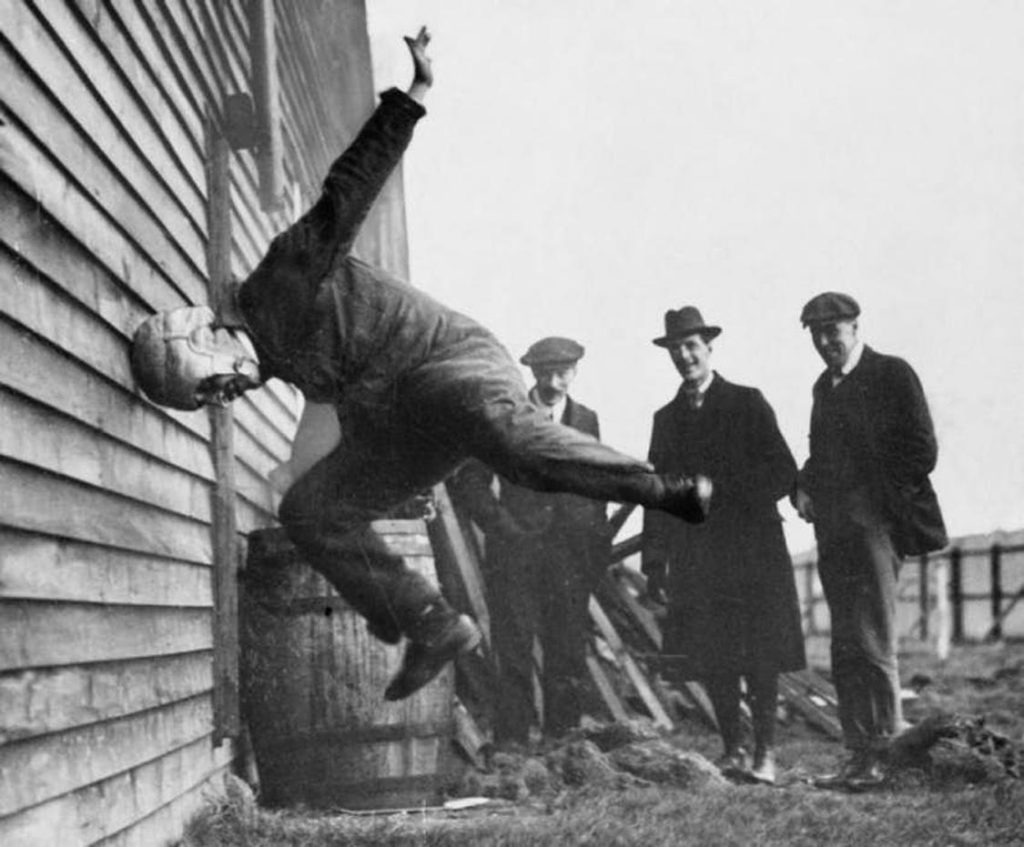
Although it is widely thought that this is the photo of a football helmet testing, it is in fact a safety demonstration by a British inventor W.T. Warren of a Protective Flight Helmet he invented.
At the time, head injuries were the leading cause of pilot deaths in flight accidents, so he patented a leather-covered, spring-equipped pilot safety helmet, padded well with horsehair to spread the shock over a large area.
Pablo Picasso As Popeye
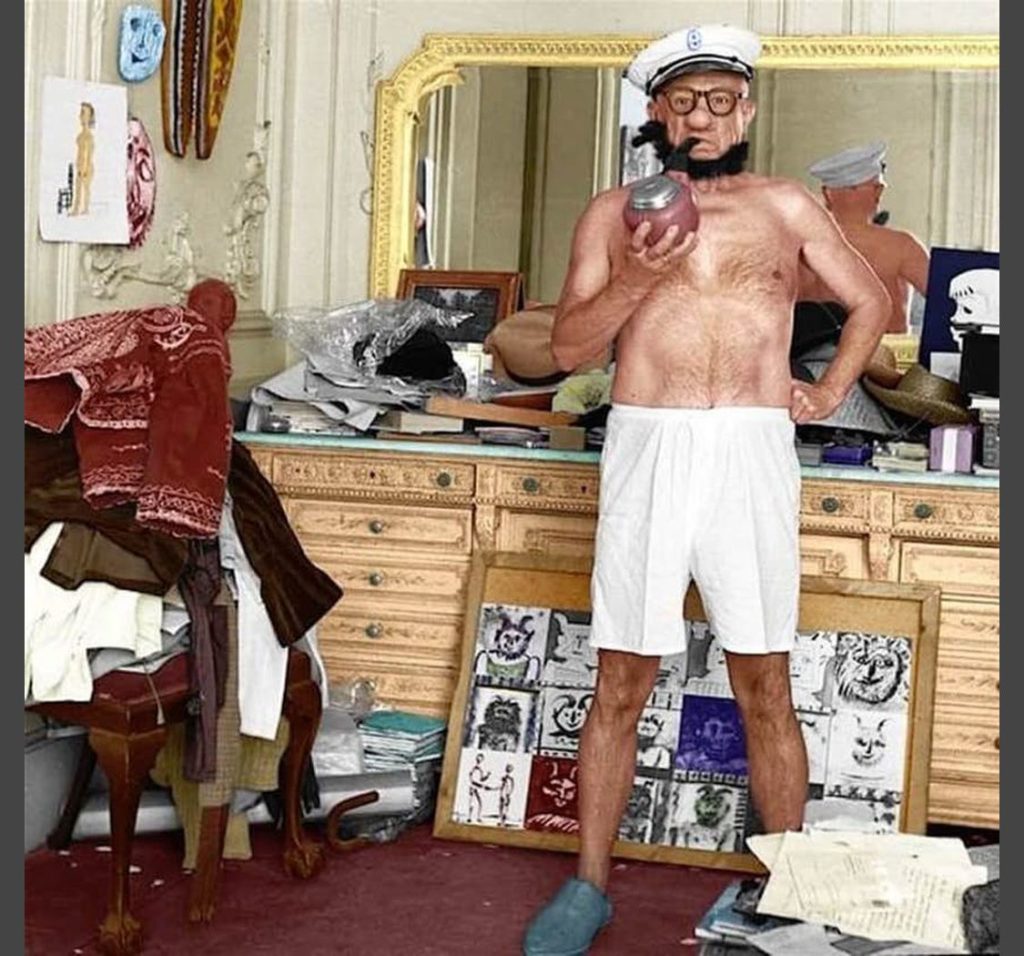
This particular photo captures Picasso’s playful and creative side, as he embodies the character of Popeye with his bulging biceps and exaggerated muscles. It’s a reminder that even the most serious and acclaimed artists have a sense of humor and don’t always take themselves too seriously.
Villers’ collection of portraits of Picasso provides a unique glimpse into the life and personality of one of the most influential artists of the 20th century. Through his lens, we see not only the art but also the man behind it, with all his quirks, passions, and idiosyncrasies.
Fidel Castro And The Kids
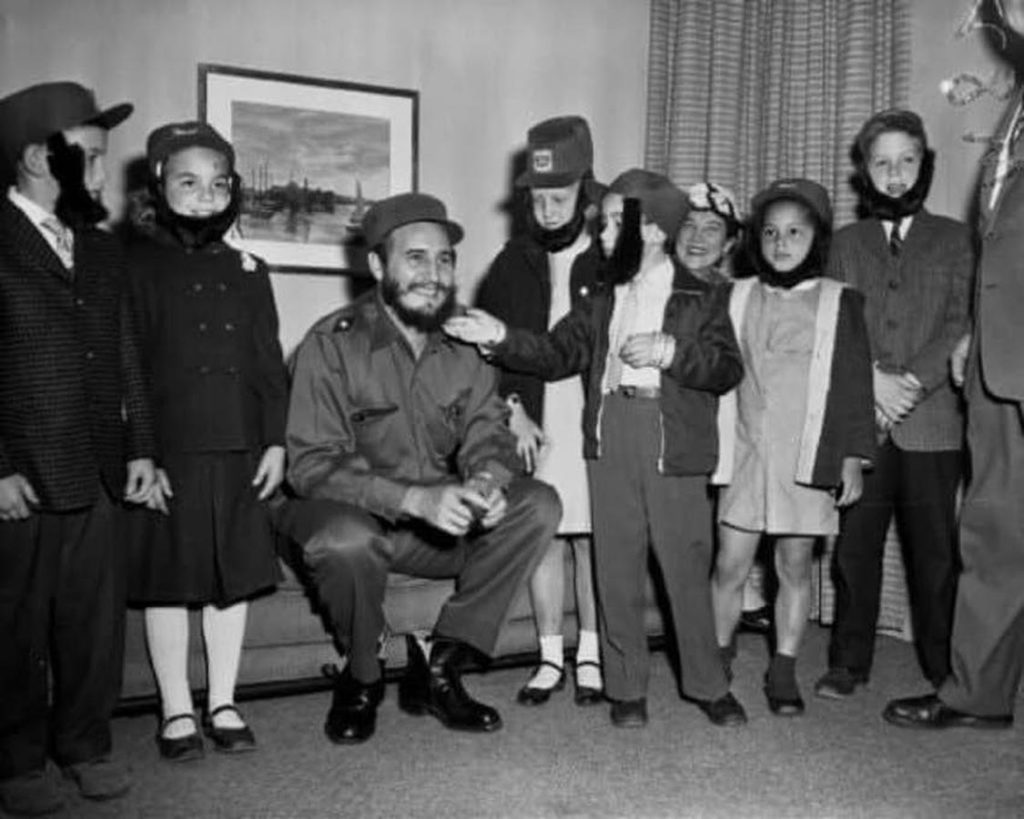
He might have been considered a dictator by some, but in this photo El Comandante shows off his soft side. All the kids are wearing fake beards to resemble him and he seems to be enjoying it.
It would not have been so strange if those kids were Cuban, but they were not, they were actually American. Hard to imagine today, but it happened in 1959 during his visit to New York, just after he took charge of Cuba and before the US sanctions.
Lumberjacks In A Tree
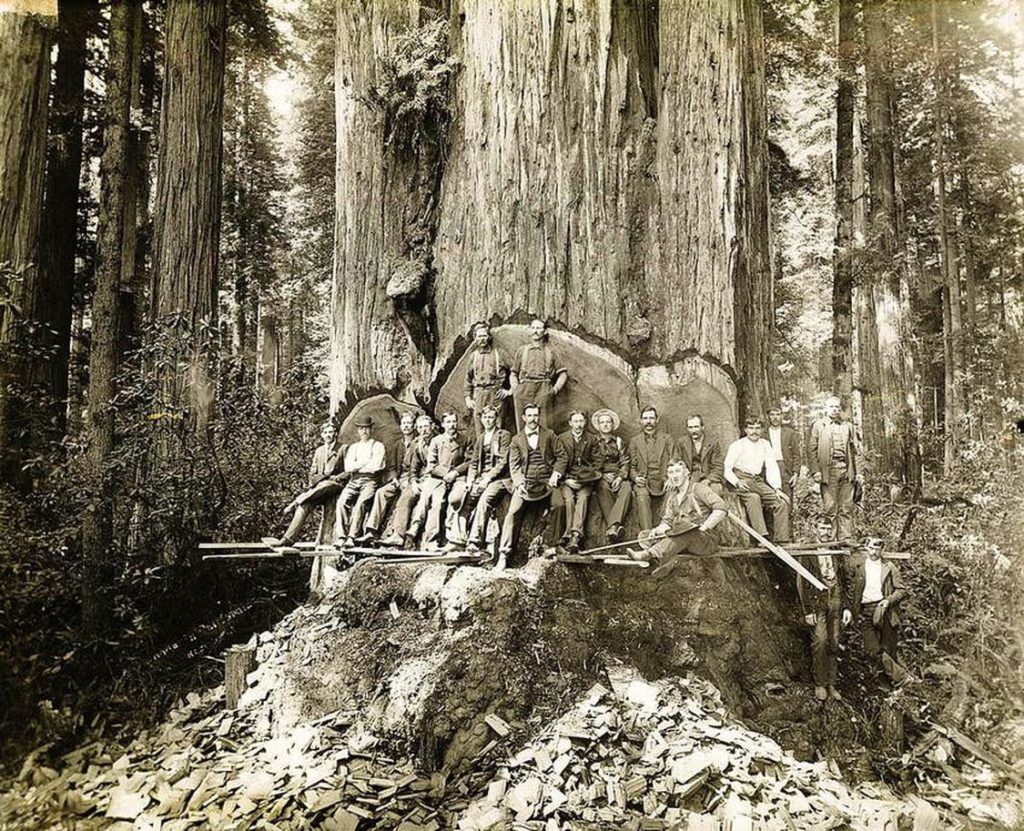
This photo captures a moment in history when the logging industry was booming in the United States, and the demand for timber was high. The lumberjacks in the photo are seen risking their lives to cut down the massive redwood trees, which could reach heights of up to 380 feet and diameters of 30 feet. It is a testament to their strength, endurance, and bravery that they were able to complete such a task without the use of modern machinery.
In addition to felling the trees, the lumberjacks had to navigate the difficult terrain of the coastal area of northern California to transport the logs. They used horses and oxen to haul the massive logs, sometimes over long distances and through rough terrain. It was a dangerous job, and many lives were lost in the process. This photo serves as a reminder of the incredible feats that can be accomplished with hard work, determination, and a willingness to take risks.
Johan Cruyff Smoking

This photo from 1978 showing Johan Cruyff smoking during half-time shows just how things have changed. He might have been the greatest football player of his time, but his habits were not what would be considered exemplary today.
But, things were different then, people were much more casual and devoted to what they were doing, not for money, but because they enjoyed it.
Joseph Goebbels
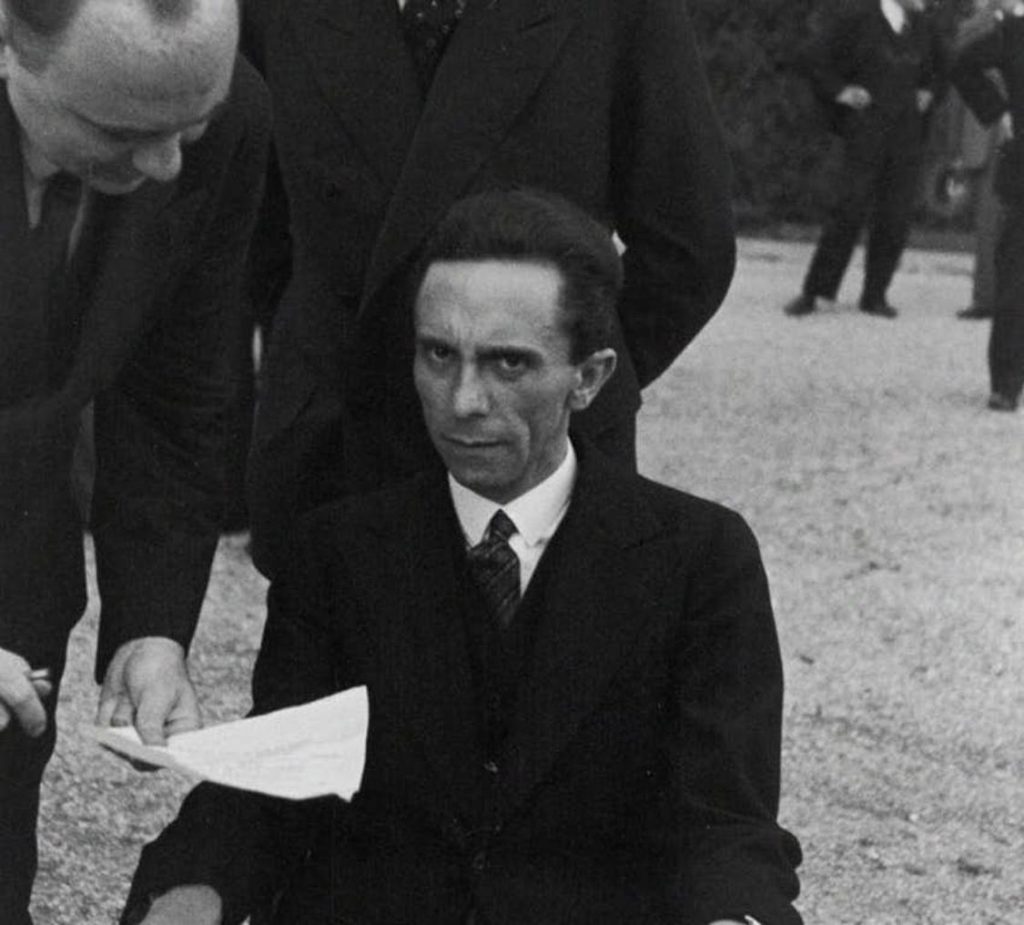
Alfred Eisenstaedt’s photograph of Joseph Goebbels captures a chilling moment in history. Goebbels, one of the most influential figures in the Nazi regime, was known for his vicious anti-Semitic views. When Eisenstaedt, a Jewish photographer, captured his image during the League of Nations conference in 1933, Goebbels’ hatred was palpable. His posture and gaze convey a sense of menace and contempt towards the photographer.
The photograph is a stark reminder of the anti-Semitic attitudes that prevailed during the Nazi era. It highlights the power of images to capture historical moments and to convey the emotions and attitudes of those involved. Eisenstaedt’s photograph is a testament to the bravery of journalists and photographers who risked their lives to document the atrocities of the Nazi regime and to bear witness to history.
From Left To Right
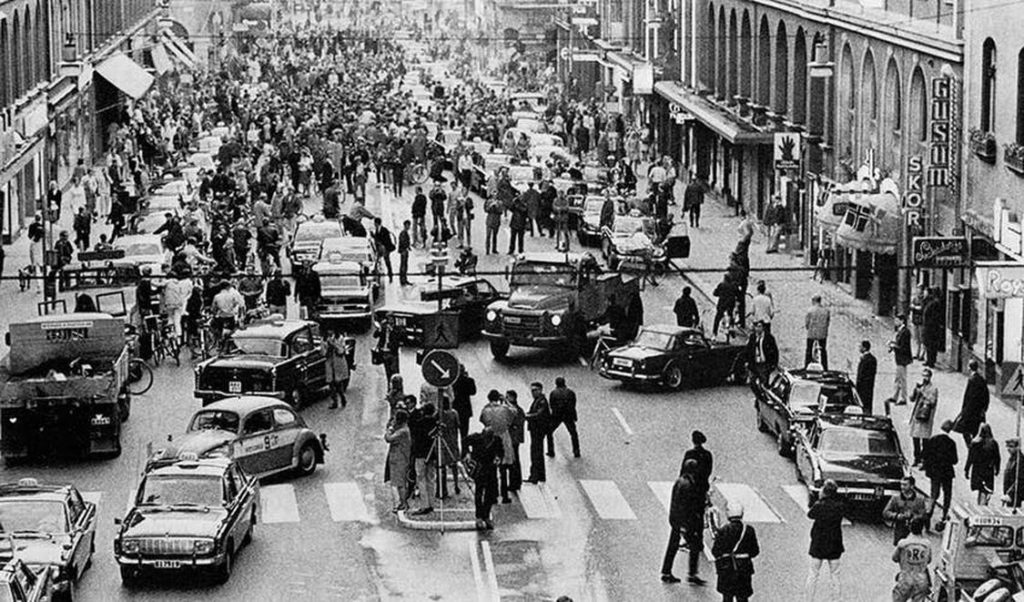
The decision to switch to right-hand traffic was taken by the Swedish parliament in 1963, and it took the government four years to prepare for the change. In the lead-up to the switch, the government organized a massive public information campaign, with advertisements, films, and even a special song, all aimed at helping Swedes prepare for the change.
However, on the morning of September 3, 1967, chaos reigned on Swedish roads. Cars, buses, and trucks all struggled to adapt to the new rules, leading to a number of accidents and traffic jams. Nevertheless, Sweden eventually managed to make the switch, and today driving on the right-hand side of the road is second nature to Swedes.
The First McDonald’s Store
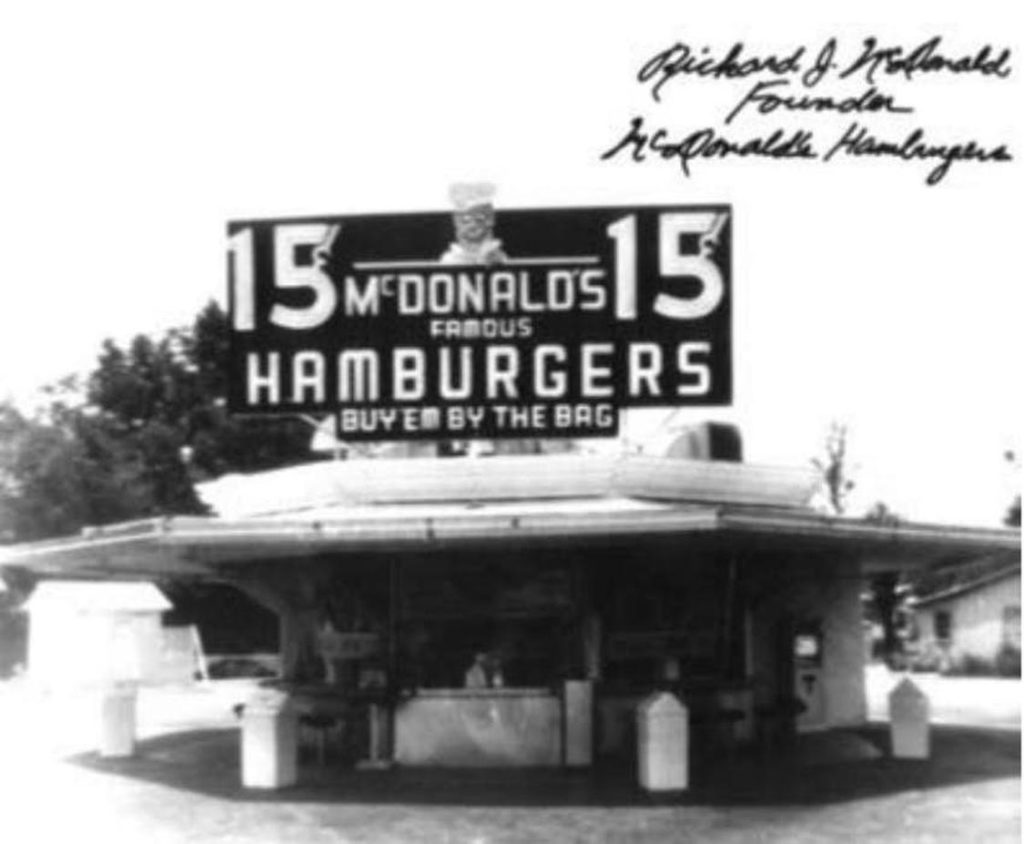
We wish the price of the burger was 15¢, just like it was when the first McDonald’s store opened in San Bernardino, California. Most of the successful companies started small, and McDonald’s was no exception.
They’ve come a long way since then, with many restaurants worldwide, drive-throughs, and birthday parties with Ronald McDonald. Their first restaurant serves as the McDonald’s #1 Store Museum now.
Salvador Dali’s Pet
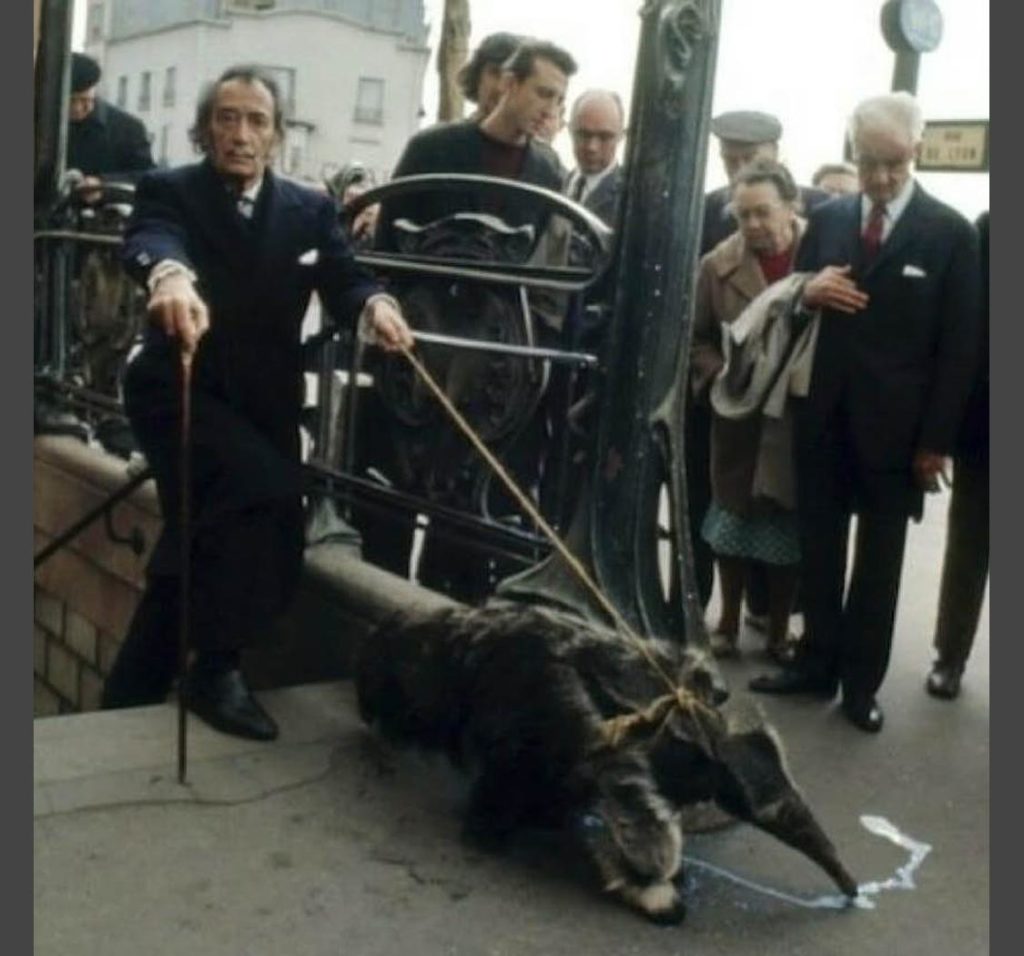
Salvador Dali, the surrealist painter known for his melting clocks and eccentric behavior, was never one to shy away from attention. His love for animals was well-known, and his pet anteater, which he named “aardvark” despite it being a different species, was just one example of his unique taste. Dali would often take aardvark on walks in public, dressed in his signature style with a top hat and long coat.
Despite his oddities, Dali was a highly respected artist who had a significant impact on the art world. His works continue to be studied and appreciated for their surrealist elements and technical skill. His influence can be seen in the works of many contemporary artists, and his legacy lives on as one of the most iconic figures of the 20th century.
Taking Baby Pictures
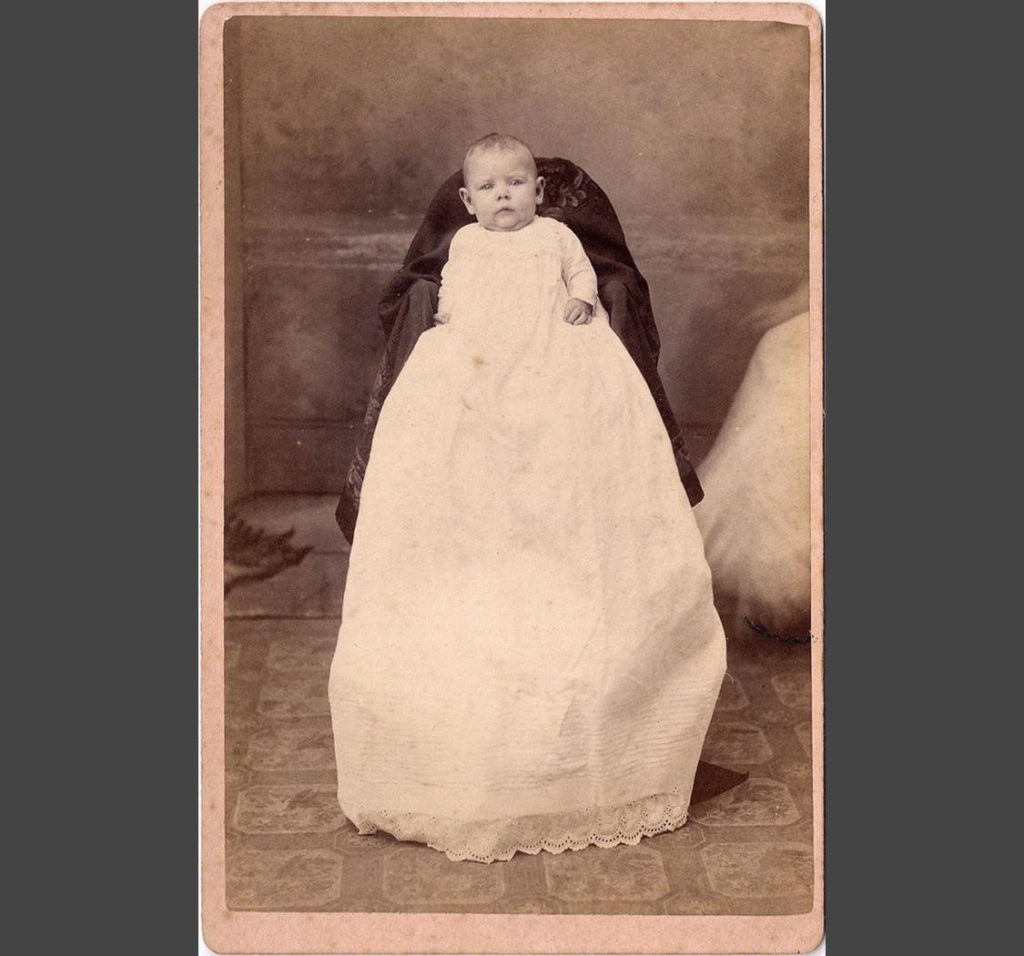
In the 19th century, photography became popular and many people wanted to take photos, especially of their children. But, it was easier said than done. Babies don’t like to sit still, if they can sit on their own at all, so photographers came up with a clever solution.
What you see in the photo is a baby wearing a rather long frock, but what you don’t see is its mother hiding underneath it, holding the baby still.
Snowball Fight
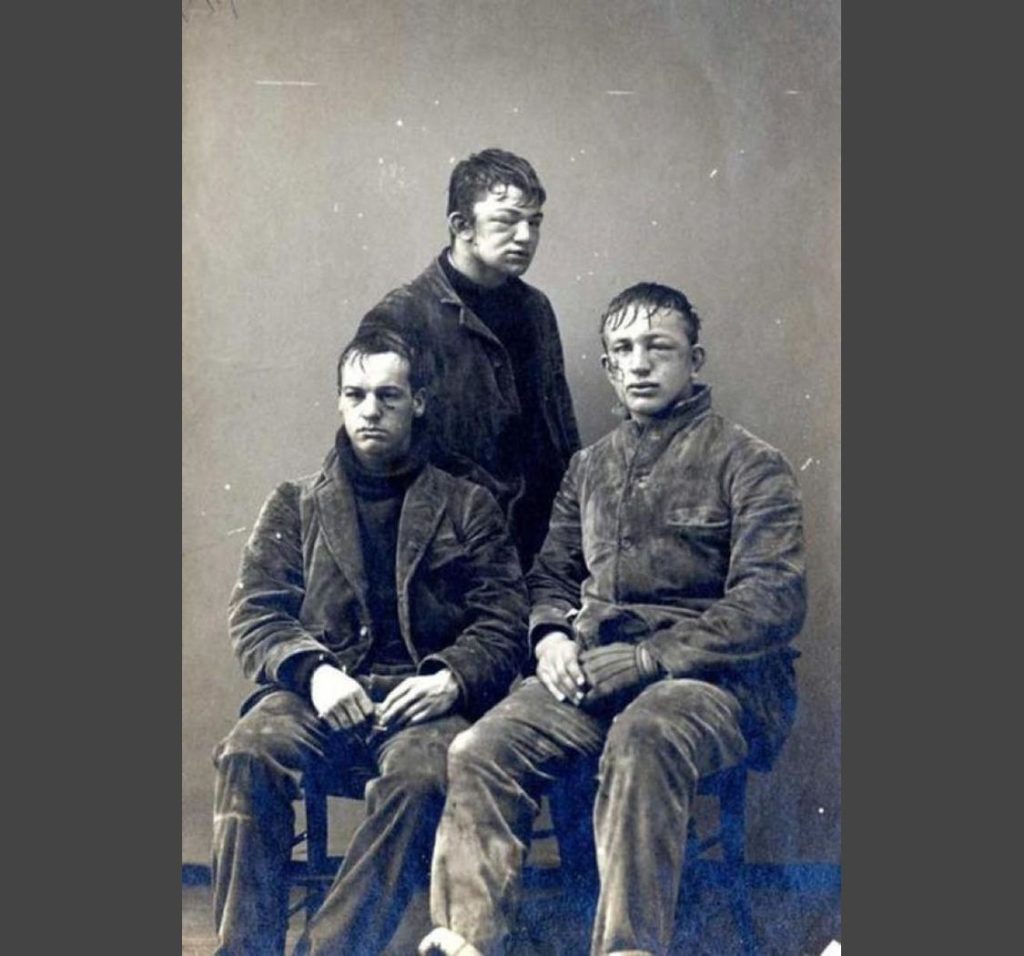
The photo in question is indeed an intriguing one, as it captures a group of young men who appear to be posing for a mug shot rather than a typical group photo of students from a prestigious university. However, as surprising as it may seem, the photo was taken right after the annual freshman-sophomore snowball fight at Princeton University in 1893.
This tradition, which started in the mid-19th century, involved students from both classes engaging in a massive snowball fight on campus. The photo provides a fascinating glimpse into the history and culture of Princeton University, as well as the long-standing tradition of the snowball fight, which still continues to this day.
Landing Craft
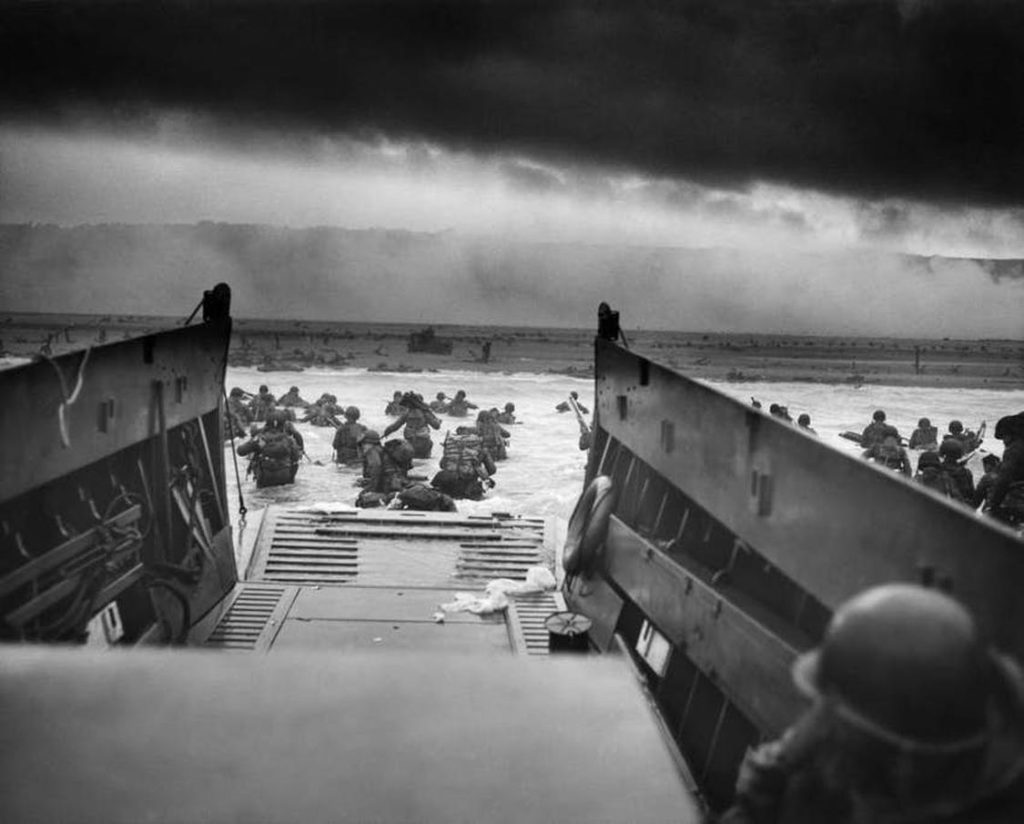
War is a devastating event that has caused countless lives lost, destruction, and suffering throughout history. When we see it captured in a photograph, it is a sobering reminder of the horrors of conflict. The images of war have the power to elicit strong emotions in us and leave a lasting impression on our minds.
One such photo is that of the beaches of Normandy on D-Day, a momentous event in World War II. The image depicts soldiers being transported to the beach on landing craft, their faces grim with determination and the weight of the task ahead. It serves as a poignant reminder of the sacrifices made by those who fought for their country and the cost of war on human lives.
Disney Studio
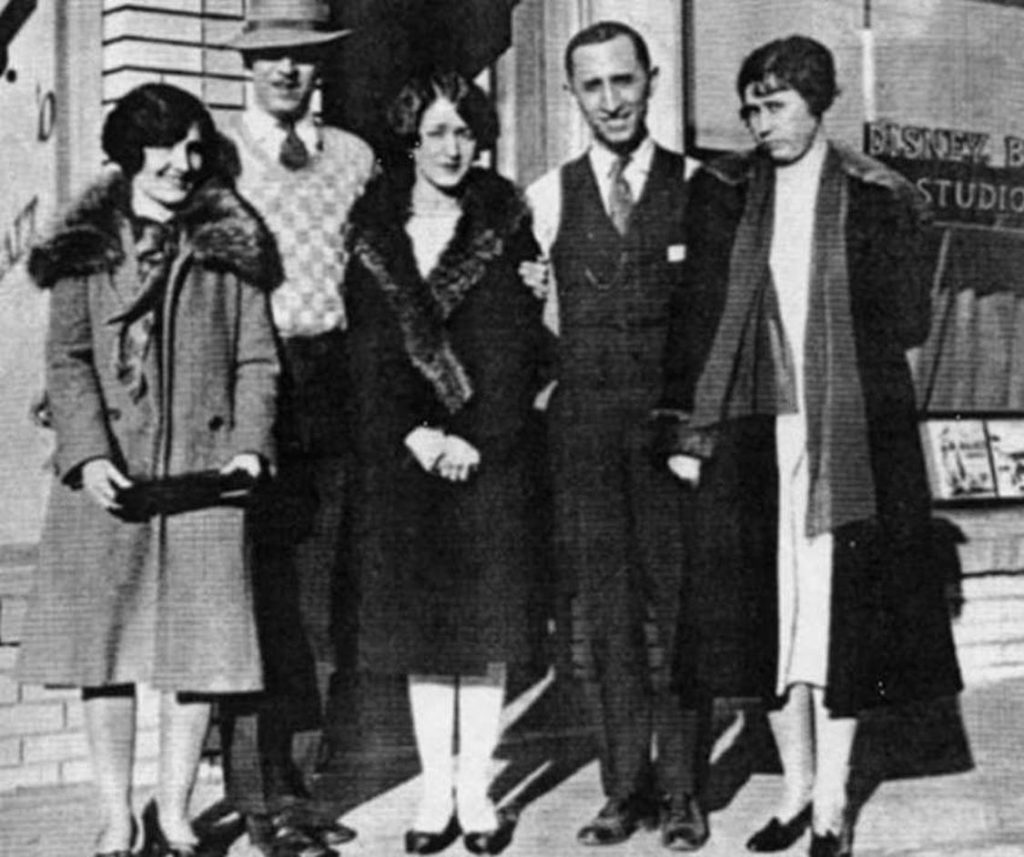
Disney has certainly come a long way since its inception. Once a small cartoon studio, it has now grown into a massive entertainment empire that owns multiple studios and produces feature films across various genres. From classic animated films to live-action blockbusters, Disney’s portfolio has expanded to include a wide range of content for audiences of all ages.
Looking back at this photo of the day the studio was opened, it’s hard to imagine just how much Disney would grow over the years. But through a combination of innovation, creativity, and a commitment to storytelling, Disney has become one of the most influential and beloved companies in the world.
Store Within A Store
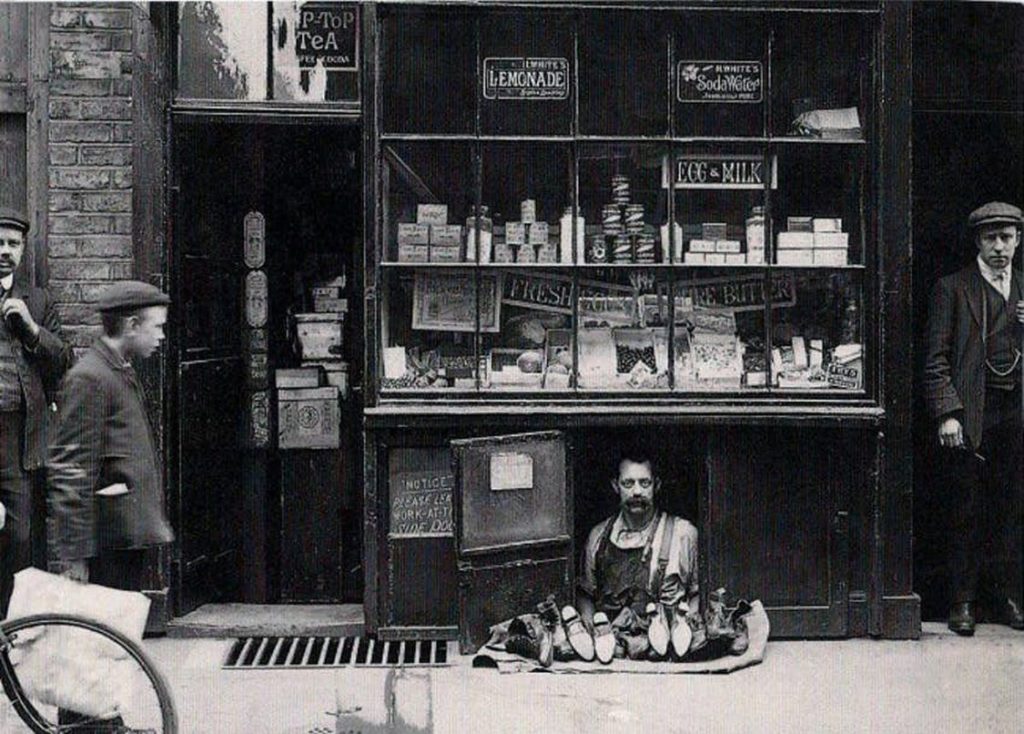
This ingenious small business owner saw an opportunity to make use of a tiny space and turned it into a thriving shoe shop. In the early 1900s, London was going through tough economic times, and many people struggled to make ends meet. This man’s creativity and determination to succeed enabled him to make the most of what he had available.
The shopfront, which was more like a window display, allowed customers to easily view and purchase shoes. It’s inspiring to see how a small idea can lead to big success, and this photo serves as a reminder of the power of creativity and resourcefulness in times of hardship.
Mummies For Sale
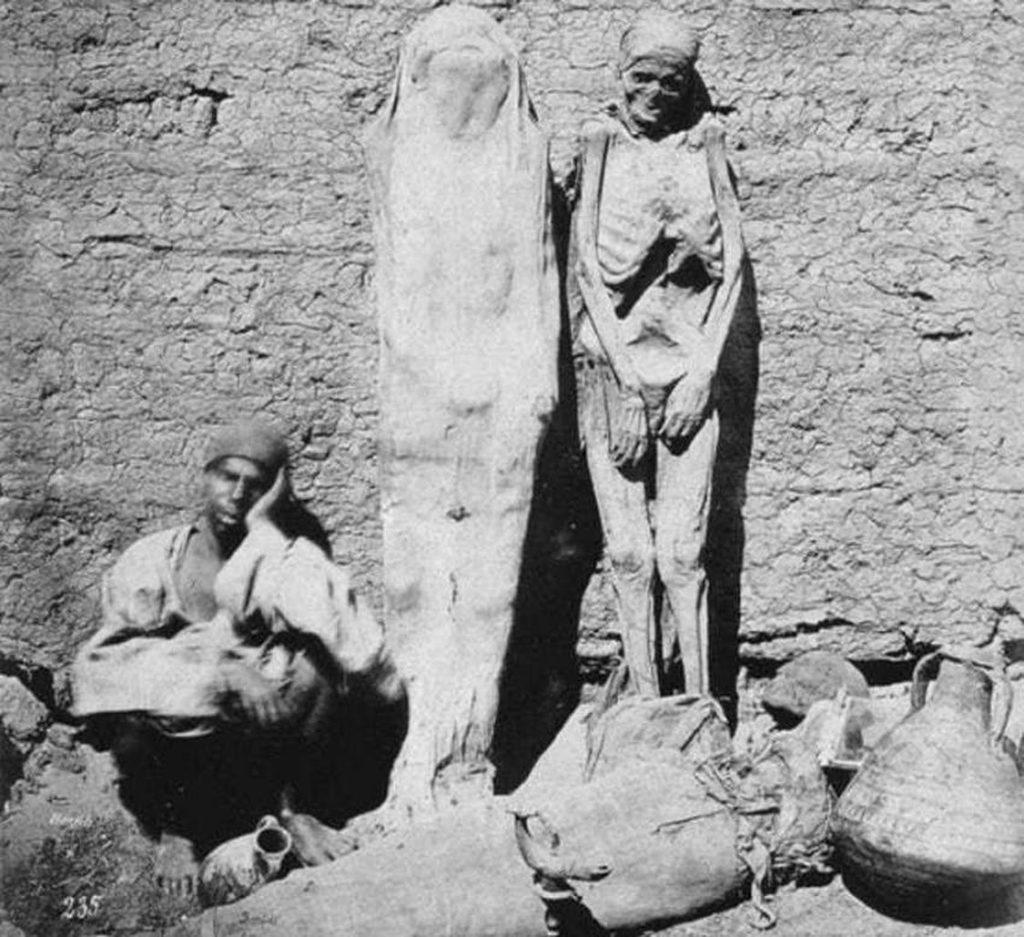
After Napoleon’s conquest of Egypt, Egyptian historic artifacts were made available to the European market. Mummies could be purchased from street vendors and European elite used to often throw “The Mummy Unwrapping Parties”.
If that wasn’t disgusting enough, the well-preserved remains of the ancient Egyptians were ground into powder and consumed as a medicinal remedy.
Children For Sale

The impact of war extends far beyond the battlefield, leaving long-lasting scars on the people and communities affected by it. The physical destruction of infrastructure, homes, and businesses can take years to rebuild, while the psychological trauma can take even longer to heal.
In such a bleak and desperate situation, individuals are forced to make tough choices just to survive. As seen in the photo, the woman had reached a point where she could not even provide for her own children, and was forced to make the heart-wrenching decision to sell them. This serves as a stark reminder of the devastating consequences of war and the urgent need for support and aid to those affected by it.
Flight Attendant
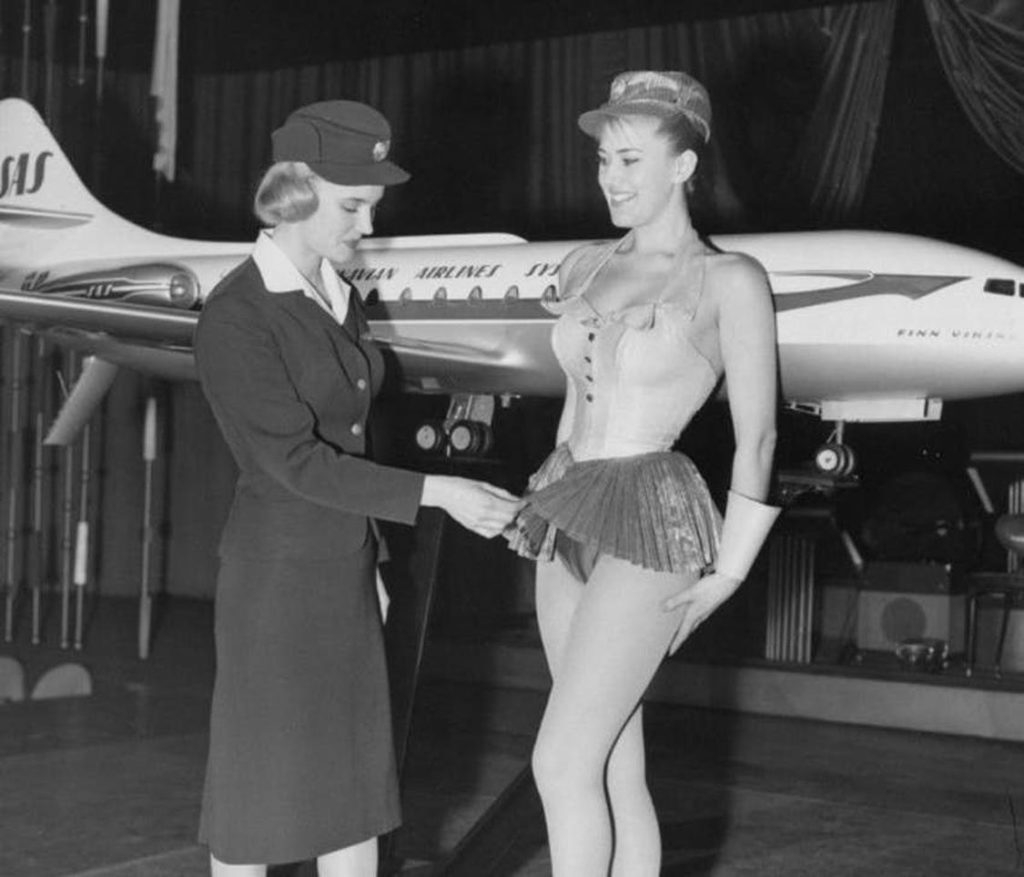
The job of a flight attendant has been a dream for many women, with their glamorous uniforms and jet-setting lifestyle. However, the early days of commercial jet airliners saw some questionable uniform choices.
One example is the interesting yet short uniform that SAS Airlines introduced in 1959, which may not be considered appropriate by today’s standards. These uniforms were a reflection of the social norms and fashion trends of the time, and have since evolved to meet changing societal expectations. Despite this evolution, flight attendant uniforms continue to be an important part of the industry, reflecting the image and brand of airlines while also ensuring the safety and comfort of passengers.
Women In The Boston Marathon
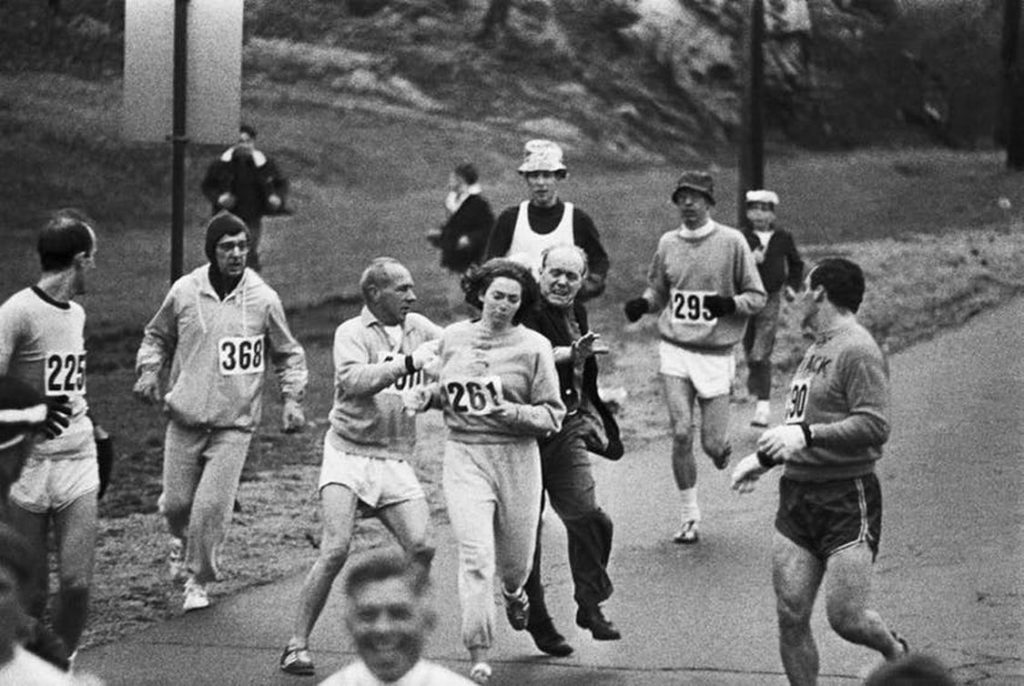
Until 1972, women were not allowed to race in the Boston Marathon. It all started in 1967, when Kathrine Switzer enrolled in the marathon, but the race official, the notorious Jock Semple, tried to take her number away during the race, as can be seen in the photo.
Her boyfriend, who was racing too, stopped him and she managed to finish the race. It still took another 5 years to finally allow women to race officially.
Eton College During War
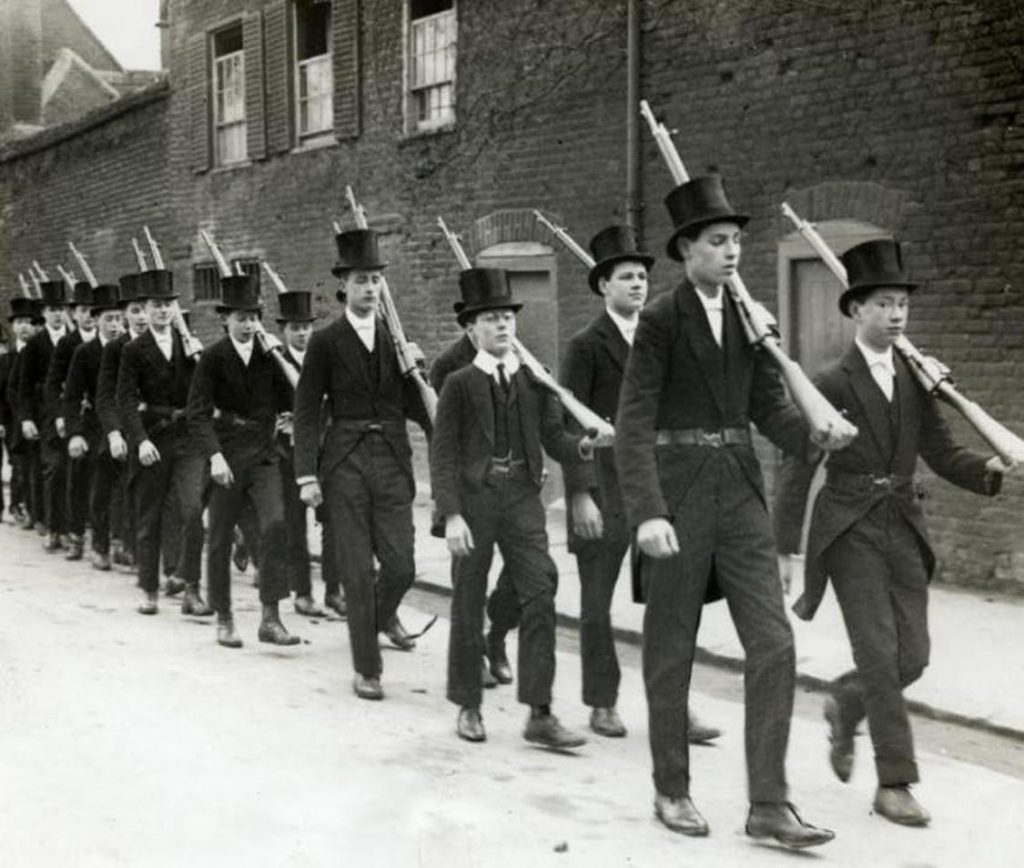
Hitler had been planning for a long time to occupy Great Britain, but since it was an island, many things had to happen in order to start the attack. The main problems were Britain’s anti-aircraft defense and naval fleet.
But Britain did not just sit and wait, they were preparing for a potential attack. Even the prestigious college Eton did regular military drills, as can be seen in this photo.
Bin Laden On Vacation
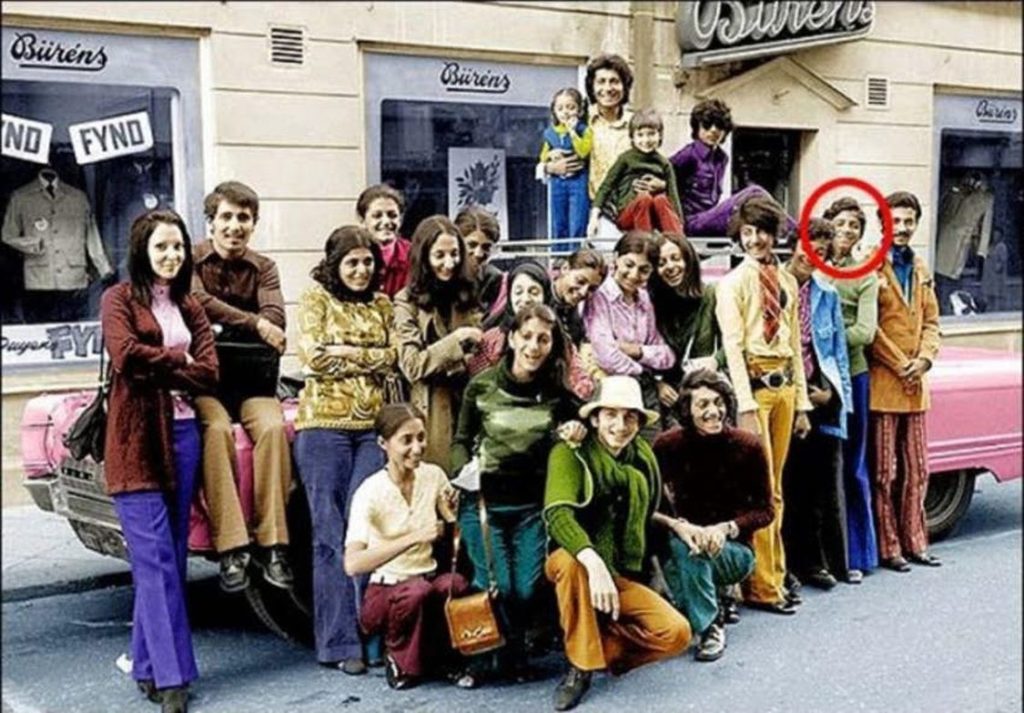
The photo of a young Osama Bin Laden taken during a family vacation in Sweden in 1970 may come as a surprise to many. Without his signature beard and turban, it’s difficult to recognize the man who would later become the world’s most wanted terrorist. At the time the photo was taken, Bin Laden was just a young man with his whole life ahead of him.
It’s impossible to know what he was thinking in that moment, but it’s safe to assume that terrorism was not on his mind. This serves as a reminder that people are not born terrorists; it is their life experiences and the choices they make that lead them down that path.
East & West Germany
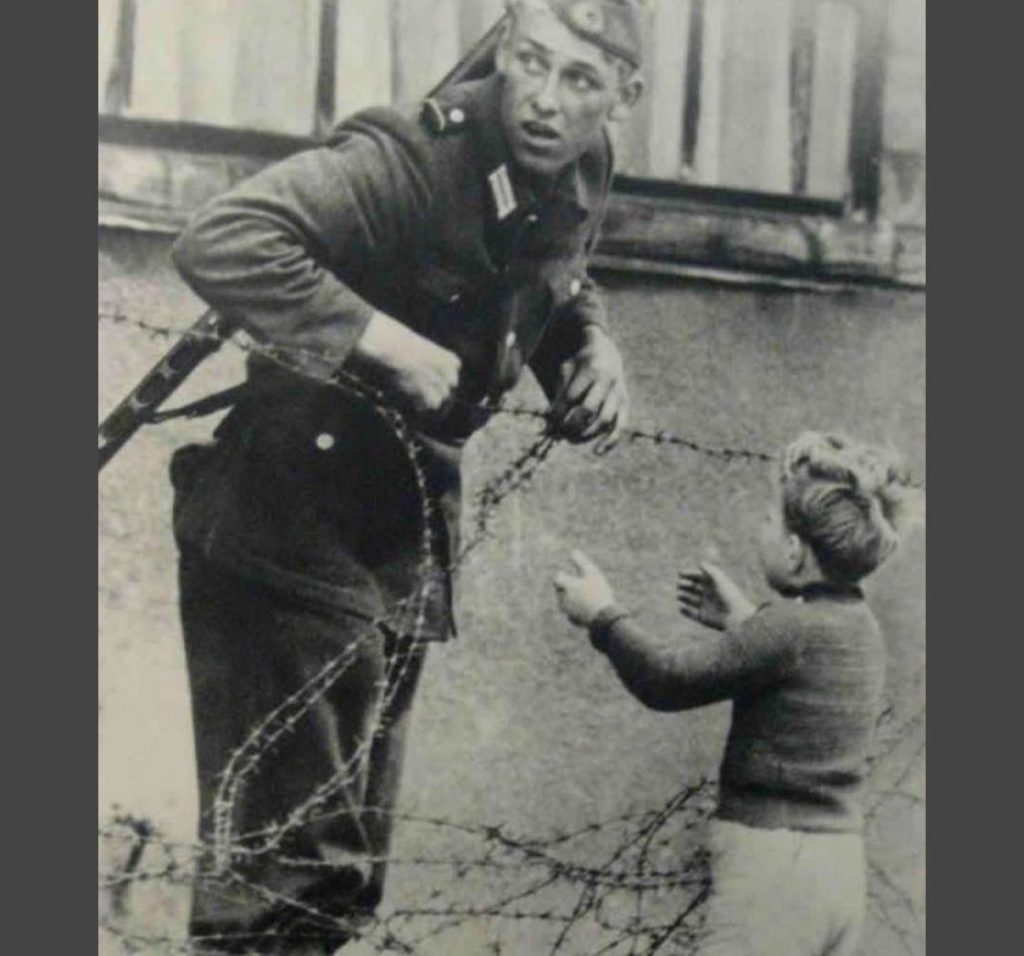
During times of conflict and war, families are often separated, leaving loved ones unsure if they will ever be reunited. This was the case for many families who found themselves split by the border during World War II. The photo captures a heartwarming moment when a German soldier risked his own safety to help a young boy cross the barbed wire fence, hoping to find his family.
It is a powerful reminder that in times of darkness, human compassion knows no boundaries. This act of kindness and bravery by the soldier is a testament to the resilience and goodness of the human spirit, and serves as a symbol of hope for a better future.
Phone Booth Stuffing
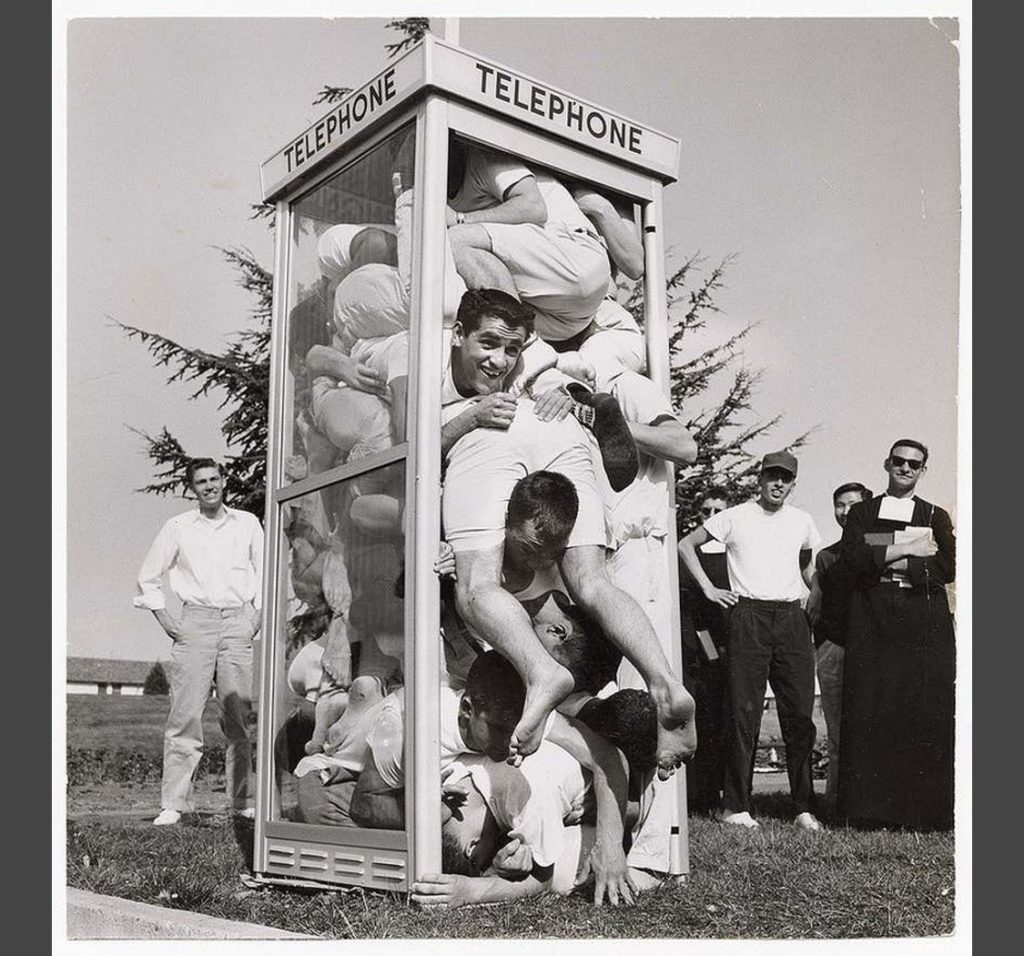
The Guinness Book of World Records recognized the South African phone booth achievement, and soon enough, the trend spread like wildfire to other parts of the world. In the United Kingdom, it was known as ‘telephone booth squash’, and the record was set by 19 students.
The popularity of the fad reached North America, where it became a hit among college students. However, due to the high number of participants and potential for cheating, the organizers had to come up with some rules to ensure fairness. Despite the initial enthusiasm, the trend eventually faded away, but the memory of the cramped phone booth records lives on in pop culture.
USS Oregon Boxing Matches
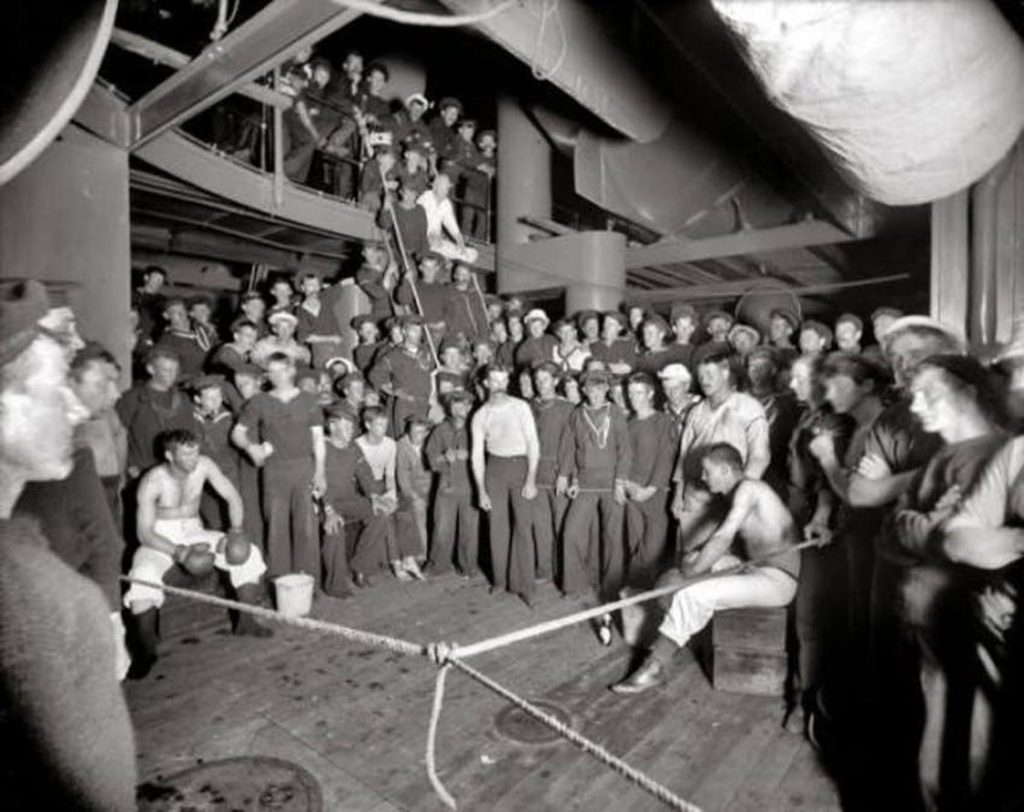
Life onboard a navy ship can be challenging, especially when you’re stationed at sea for extended periods. To stay sane, sailors on the USS Oregon, affectionately known as the Bulldog of the Navy, turned to an unusual but effective stress-buster – boxing. This sport provided a healthy outlet for the sailors to blow off some steam and release tension.
It also drew in spectators who were entertained by the bouts, adding some much-needed excitement to their otherwise monotonous routines. Whether in the ring or watching from the sidelines, boxing offered a welcome diversion from the stresses of life at sea, helping sailors stay mentally and physically fit while serving their country.
Entertaining Troops
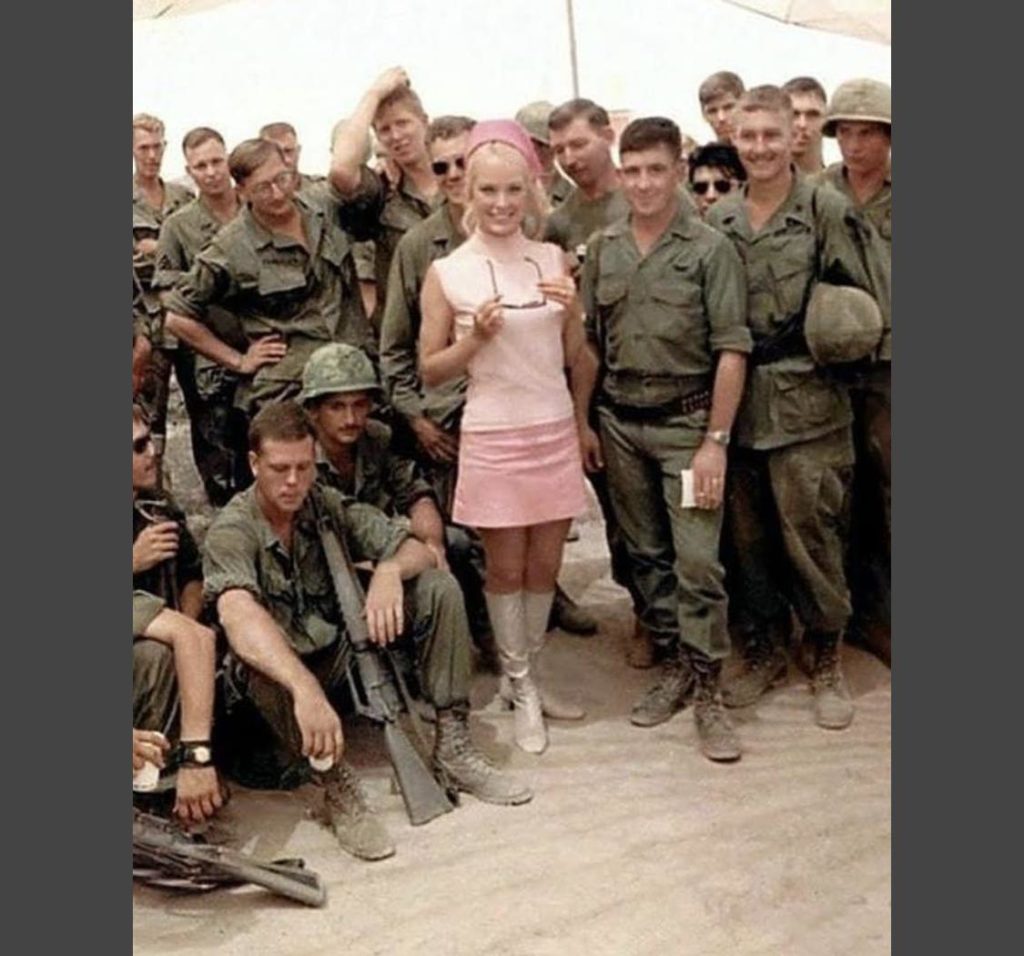
As imagined, war can be rather demoralizing, especially for the troops engaged in close combat, like many of the US soldiers in Vietnam were.
The US government tried to find ways to increase the morale and one of the most efficient ones was to invite the movie stars to visit the troops. Chris Noel, a Hollywood sex symbol, visited the troops many times and even hosted a popular radio show ‘A date with Chris’.
Diaper Derby
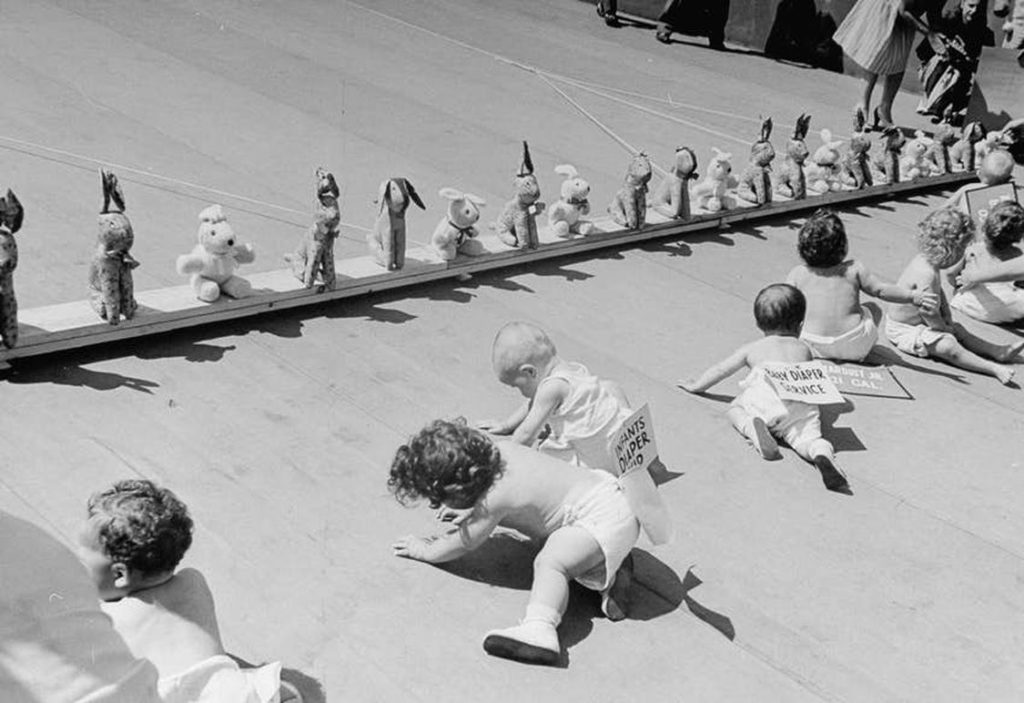
Baby racing was a fad that gained popularity in the 1940s and 1950s, with the National Institute of Diaper Services sponsoring an annual competition called the Diaper Derby. This race involved babies crawling or toddling towards a finish line, with stuffed animals placed there to capture their attention and serve as prizes.
The event was a fun way for parents to showcase their little ones’ abilities and skills. However, concerns about the safety and well-being of babies in such events grew, and the practice eventually faded away. Today, many people view baby racing as outdated and potentially harmful, with greater emphasis placed on nurturing and developing a child’s abilities in a safe and healthy environment.
Swimming Lessons
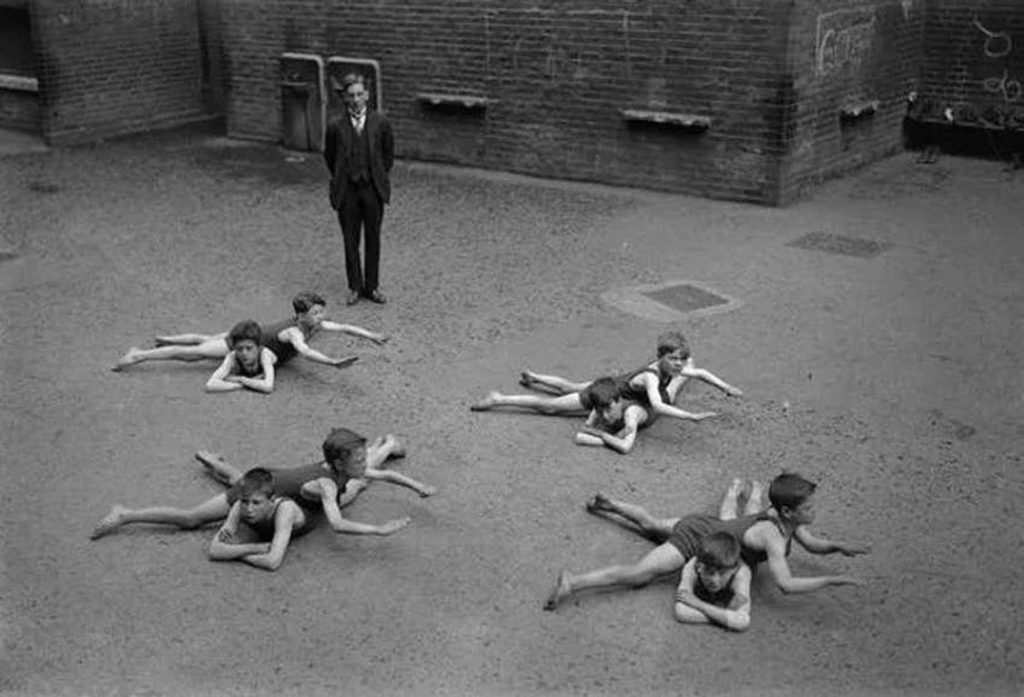
England, being an island nation, has always emphasized the importance of swimming as a crucial life skill. However, in the 1920s, not all schools had the luxury of a swimming pool. Resourcefulness became the key. Laying flat on the ground to learn swimming moves was proving to be challenging, and the need for an ingenious solution was imminent. And thus, the teachers came up with a brilliant idea.
They instructed children to place their tummy across another kid’s back to float in the water, which was an effective technique to learn the art of swimming. This innovative approach not only helped children overcome their fear of water but also promoted teamwork and cooperation among them.
Track Hairdos
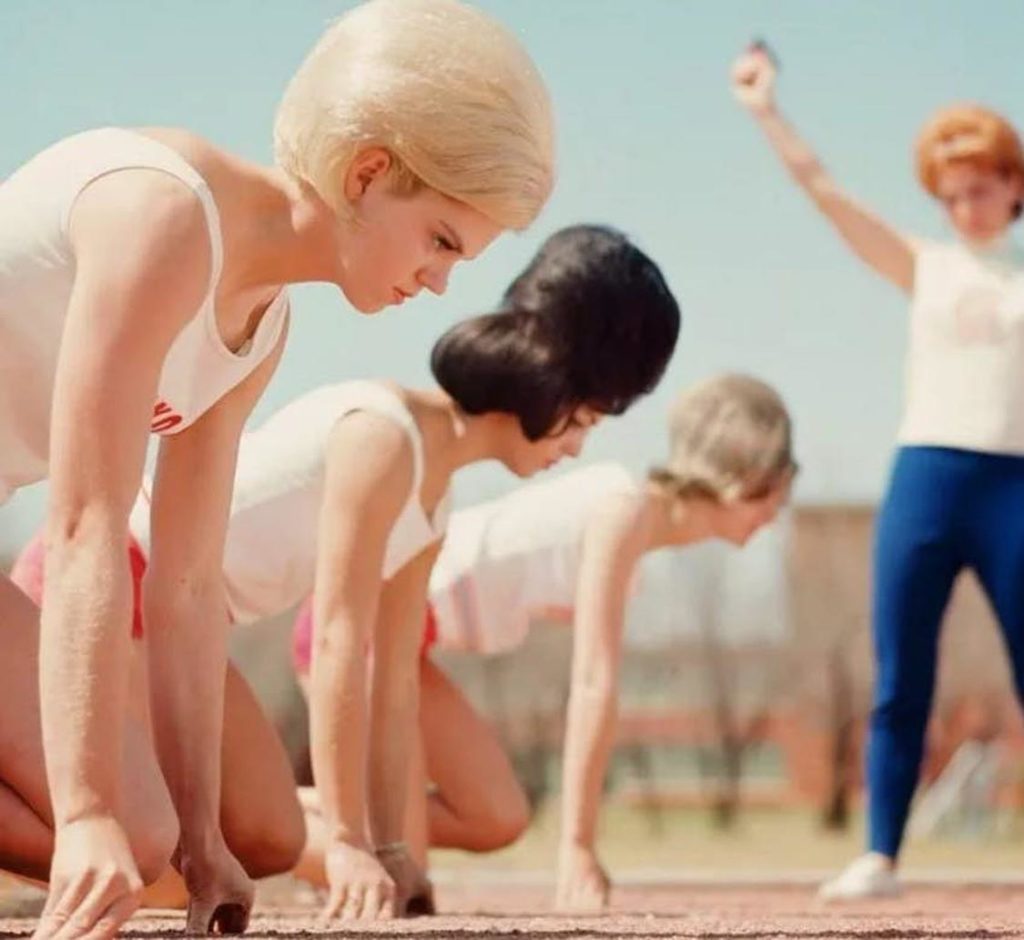
The evolution of sports over the past few decades has been quite dramatic, with athletes pushing themselves to the limits in their pursuit of excellence. Unlike the athletes of the 1960s, modern-day athletes use any means necessary to improve their performance and physical appearance. The focus is now on peak performance, and looks are reserved for off the track or field.
However, in the 1960s, things were quite different. Athletes, particularly women, seemed to care just as much about their hairdos as they did about the race. As much as sports have evolved, it is clear that the cultural and social norms of the time played a significant role in shaping the attitudes and behaviors of athletes.
Submarine Armor
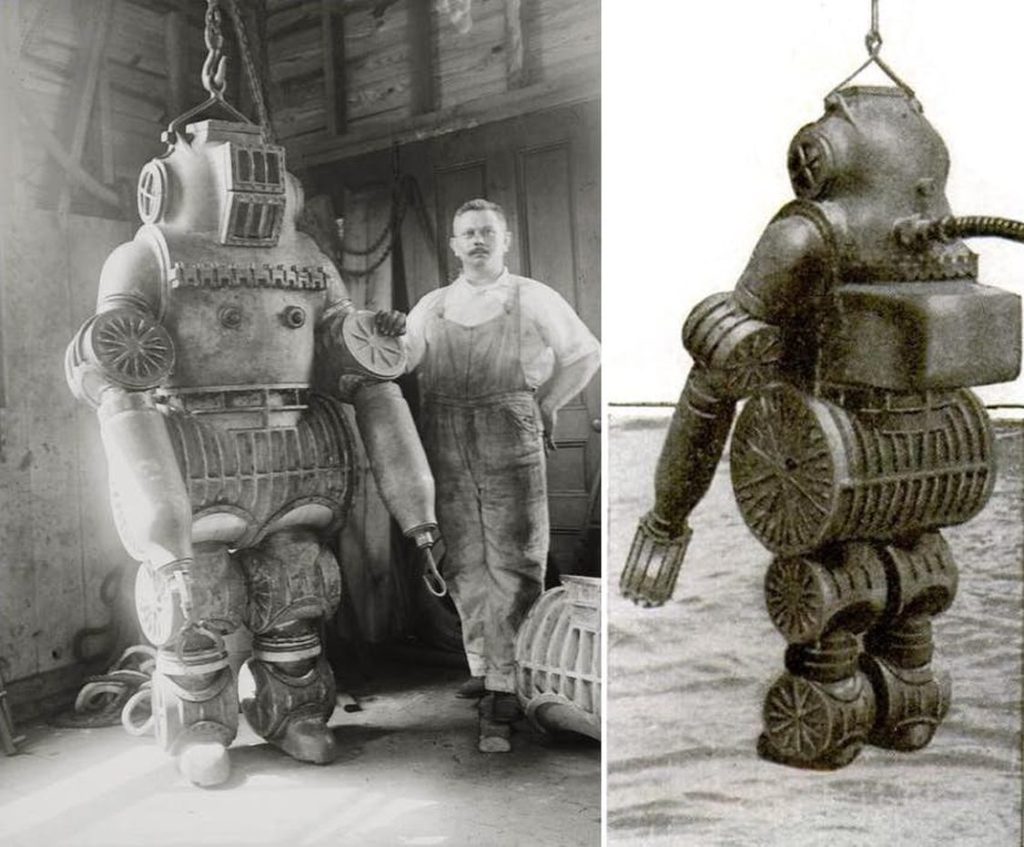
When Harry L. Bowdoin submitted his patent application for his submarine armor in 1914, the art of diving was still in its infancy. It’s possible that he believed he would face little competition in the field and saw a lucrative opportunity to pioneer a new technology.
However, the harsh reality was that his invention did not receive the success he had hoped for. Perhaps the technology was ahead of its time or not well-suited to the needs of the industry at that point. Despite the lack of commercial success, Bowdoin’s submarine armor patent remains a testament to the human pursuit of innovation and exploration.
Mobile Swimming Pool
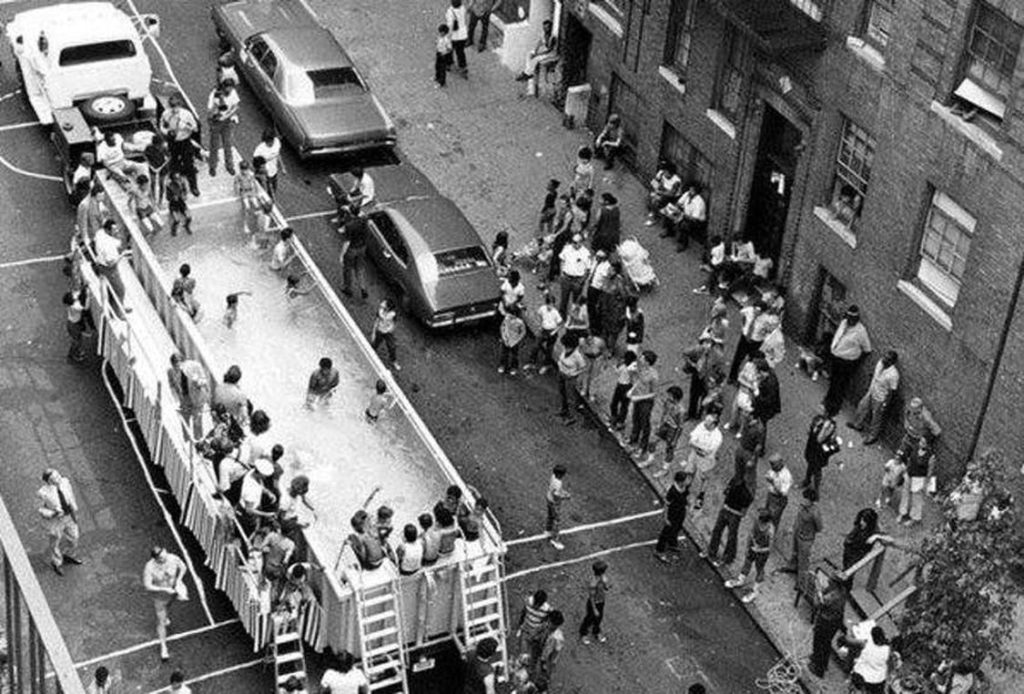
In 1967, the city authorities of New York came up with an innovative way to provide a respite from the scorching summer heat for the children of the city. They created the Swim-Mobile, a swimming pool on wheels that could be towed by a truck to different locations around the city.
The kids could cool down and have fun in the water, thanks to this thoughtful gesture by the authorities. The Swim-Mobile used water from the hydrants and was stationed in a particular location for a day, allowing children to enjoy a refreshing swim. This initiative was a big hit with the children of the city and provided them with a memorable summer experience.
Human Chess
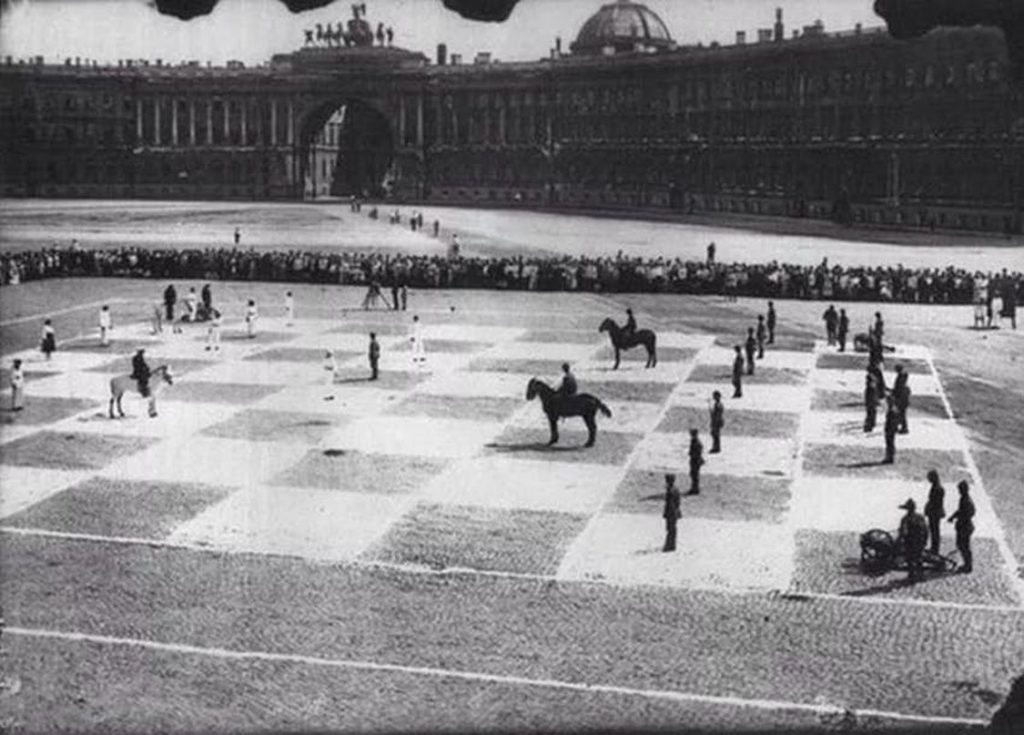
Chess is a popular board game, usually played indoors. But not in Russia in the mid 1920s. They played it outside, with real people as figures, like in this photo showing a match in St. Petersburg Palace Square, with the Red Army representing the black pieces and the Soviet Navy the white ones. Knights were riding real horses and rooks had miniature cannons.
Night Fishing In Hawaii
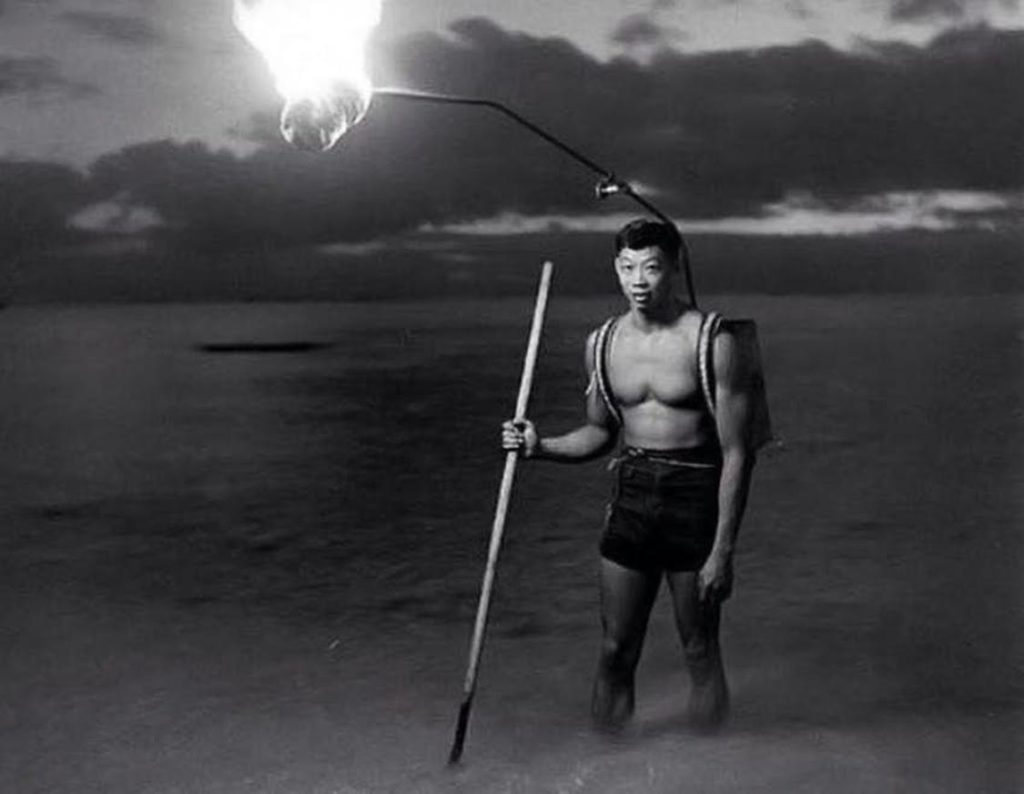
Traditional spearfishing in Hawaii was done in shallow waters and at night. Might sound easy now, but in the 1940s they did not have flashlights to attract the fish, so they had to make their own torches. If they needed more light, they would light roasted kukui nuts in a hollow piece of bamboo.
Executing Spies
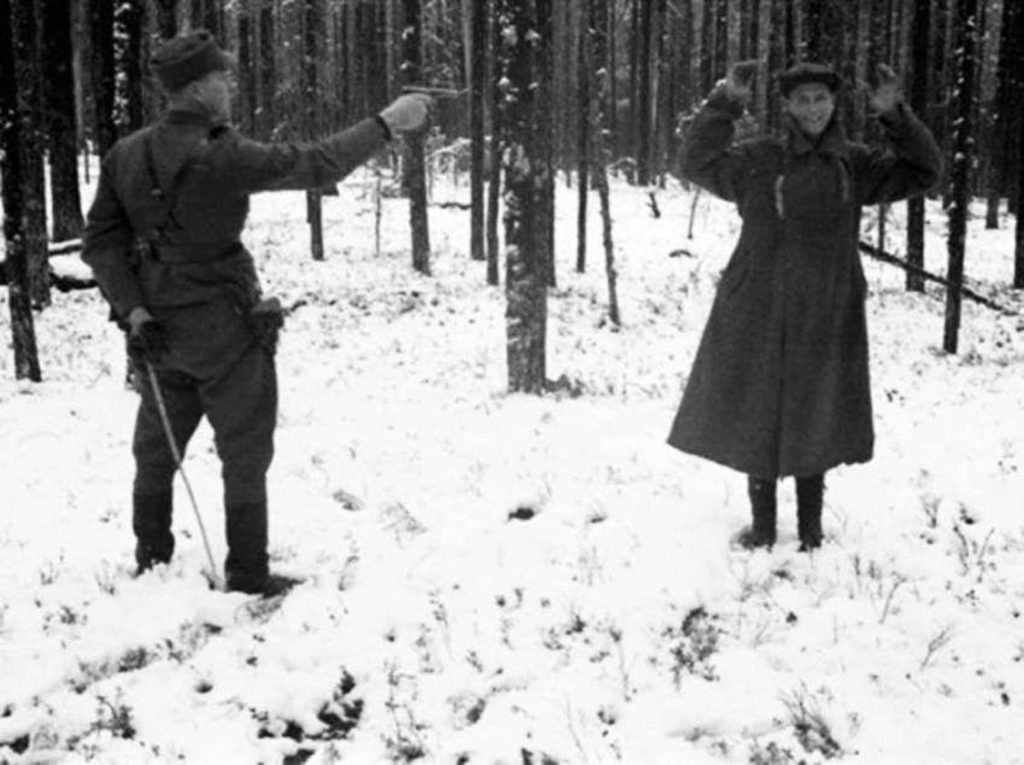
In this photo taken in Rukajärvi (Finland) in November 1942, a Soviet spy is laughing at his executioner. It was the act of final defiance, knowing there is nothing he can do to avoid his fate. The Ministry of Defense of Finland declassified this photo, named “Unknown Soviet intelligence officer before being shot”, in 2006.
Fascist Headquarters In Rome
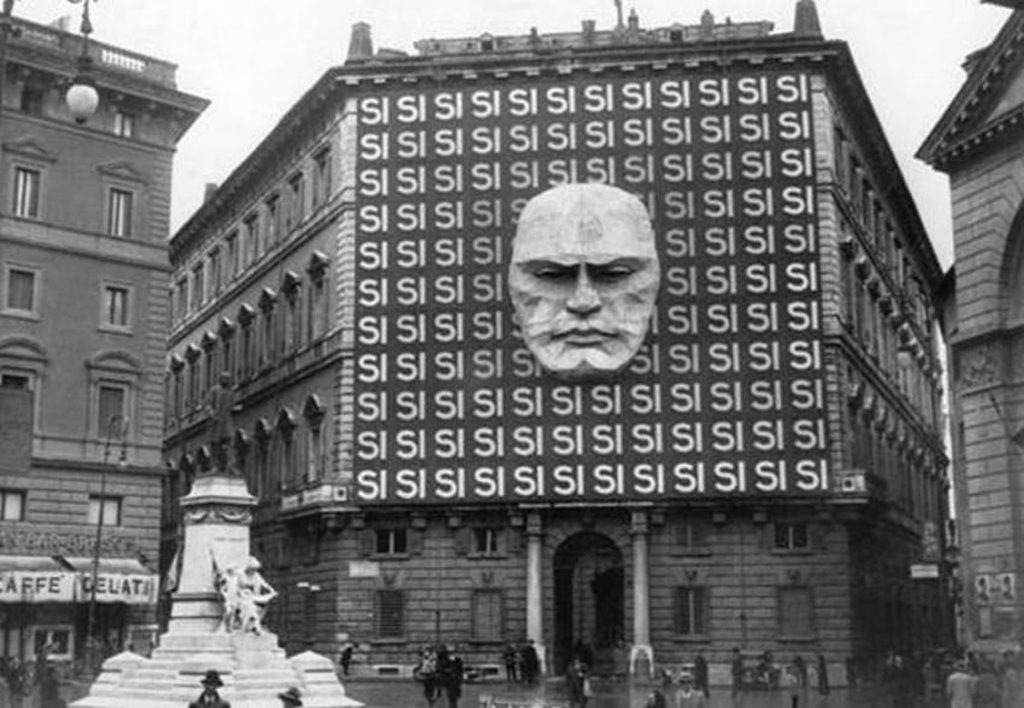
The infamous Mussolini façade of the Palazzo Braschi in Rome, showing the leader’s face and the “SI” (Italian for “yes”), referring to the 1934 Italian general elections with a simple yes/no vote on the Fascist Party list. His execution at the end of WWII ended his dream.
Capturing John McCain
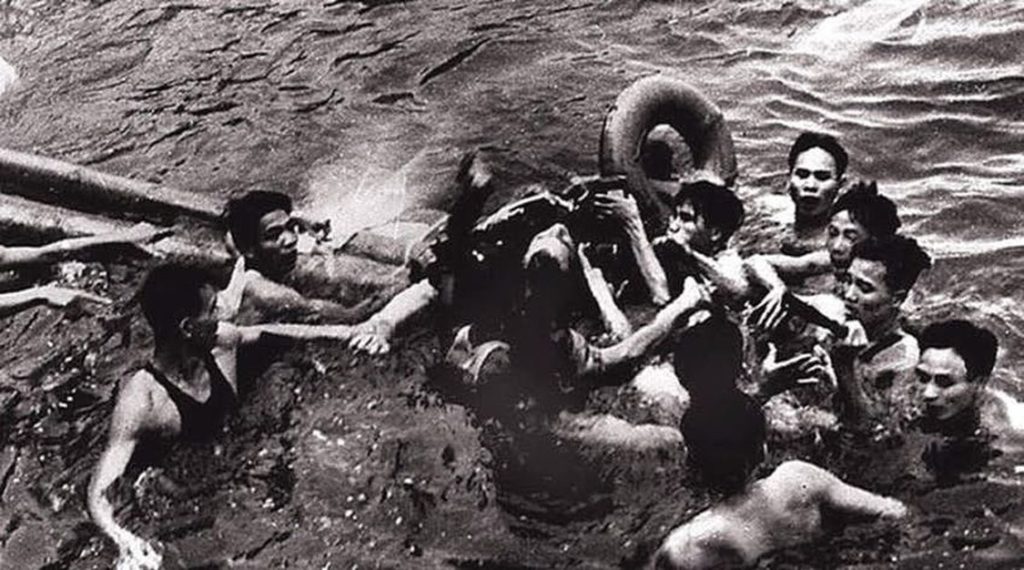
During a bombing mission over Hanoi as part of Operation Rolling Thunder in October 1967, John McCain was shot down, seriously injured, and captured by the North Vietnamese, as shown in this photo. He was a prisoner of war until 1973, where he was tortured.
Michael Jackson In 2000
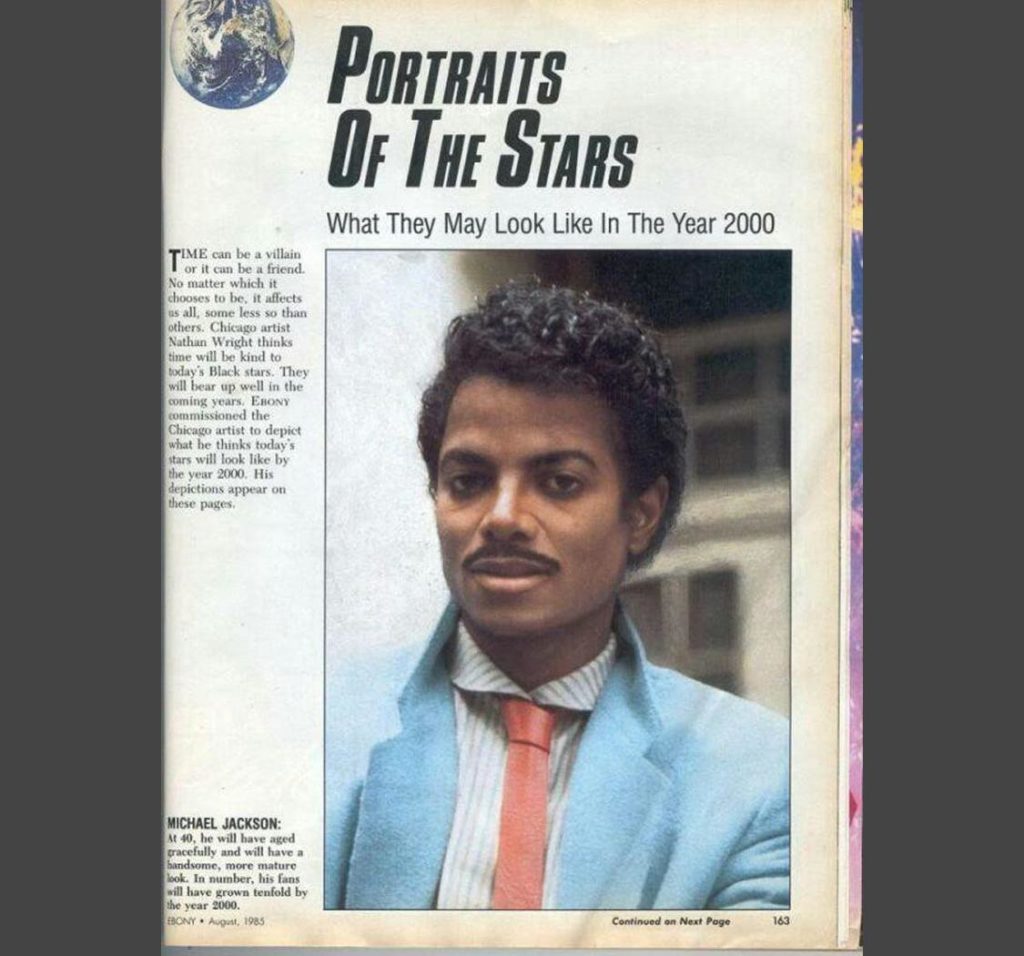
In 1985, Ebony Magazine published the article “Portraits of the stars – What they may look like in the year 2000’, featuring many celebrities popular at the time. For Michael Jackson, they predicted that he’d age gracefully and increase his fan base tenfold.
It is hard to judge the number of fans, but it did keep increasing over time. As for the looks, whether it was due to a skin condition or plastic surgery, it is safe to say they were wrong.
I Have A Dream
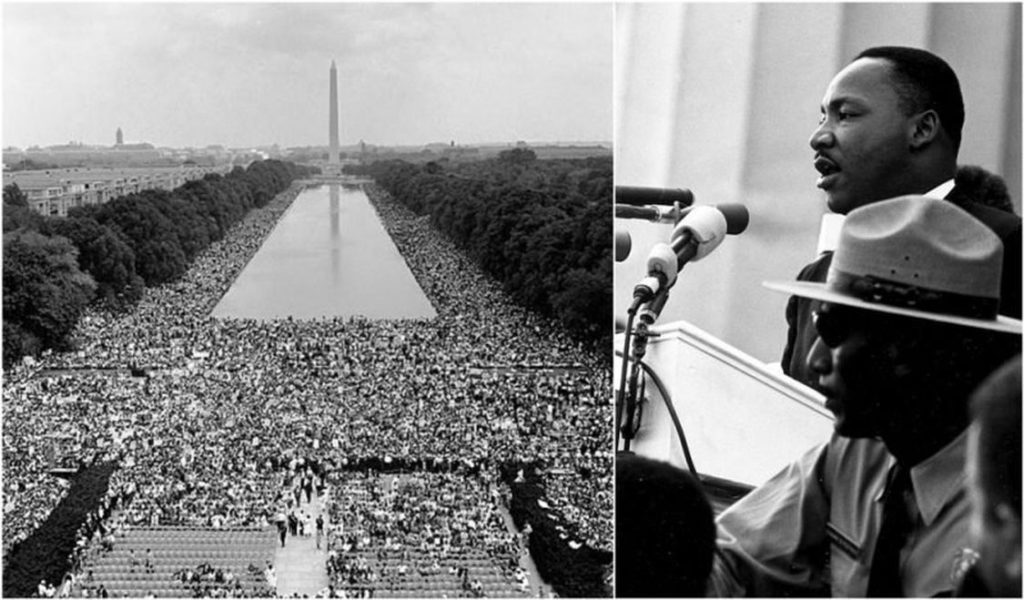
One of the most famous speeches ever held was by Martin Luther King, the leader of the Civil Rights Movement, in front of more than 250,000 civil rights supporters during the March on Washington for Jobs and Freedom on 28. August 1963.
The main subject of the speech, which was considered to be the greatest call to end racism in America, was the freedom rights for black people.
Yalta Conference
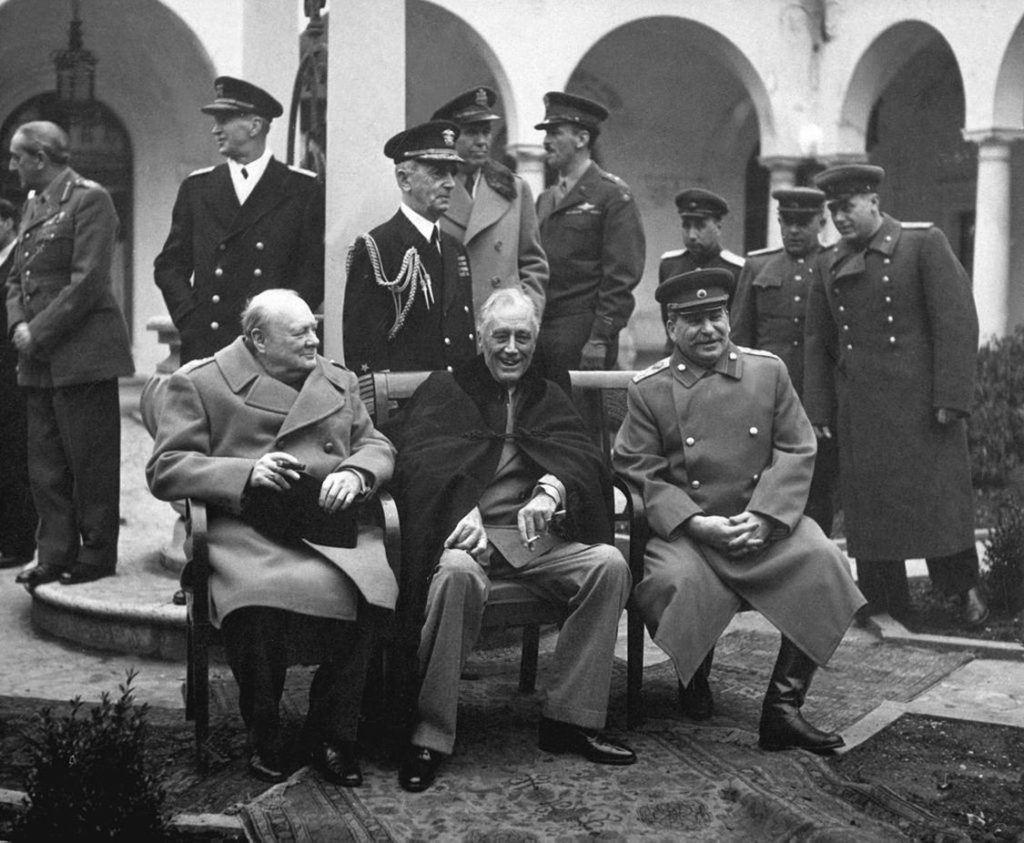
Pictured in this photo is the Prime Minister, Winston Churchill, from the United Kingdom, President Franklin D. Roosevelt from the United States, and Premier Joseph Stalin from the Soviet Union, during the famous Yalta Conference. It was held from February 4 to February 11 in 1945 near Yalta in Crimea, Soviet Union, to discuss the postwar reorganization of Germany and Europe.
RMS Titanic
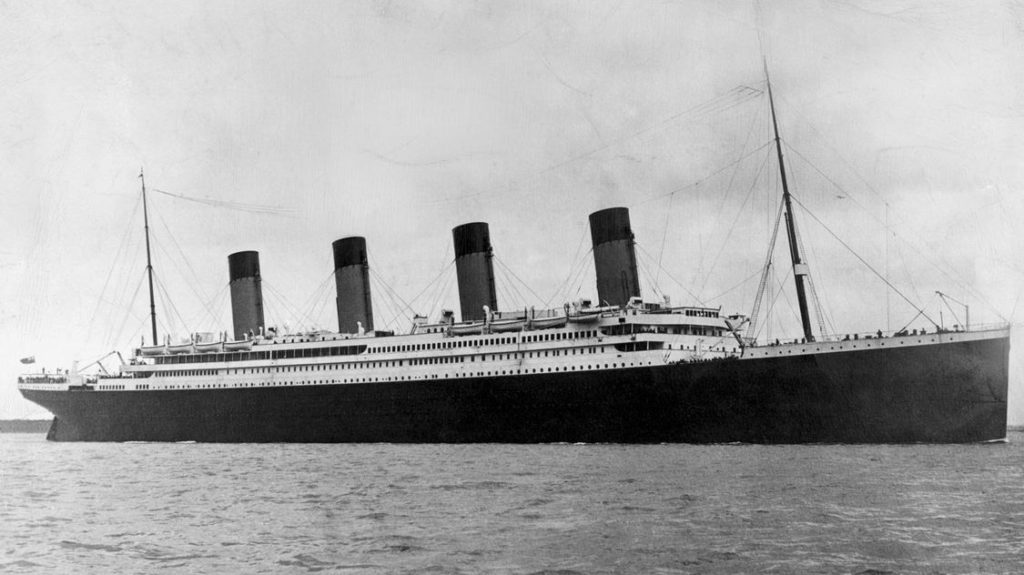
Titanic was one of the most famous ships in history, although she sank on her maiden voyage. Being one of the most luxurious liners of the time, she tried to set the benchmark for other ships. In an effort to break the speed record for crossing the Atlantic ocean, she hit an iceberg on the foggy night of April 14, 1912 and sank several hours later, taking around 1,500 lives.
Moon Landing
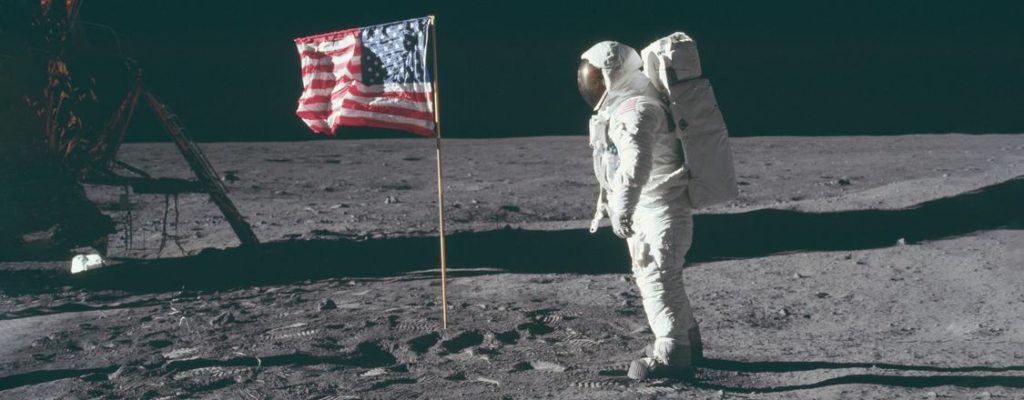
Russia may have been the first to get to space (Yuri Gagarin on 12 April 1961) and on the moon (unmanned Luna 2 on 13 September 1959), but the US Apollo 11 mission was the first manned mission to land on the moon on 20 July 1969. Neil Armstrong was the first man to walk on the moon, saying the famous words: “That’s one small step for [a] man, one giant leap for mankind”.
Nikola Tesla
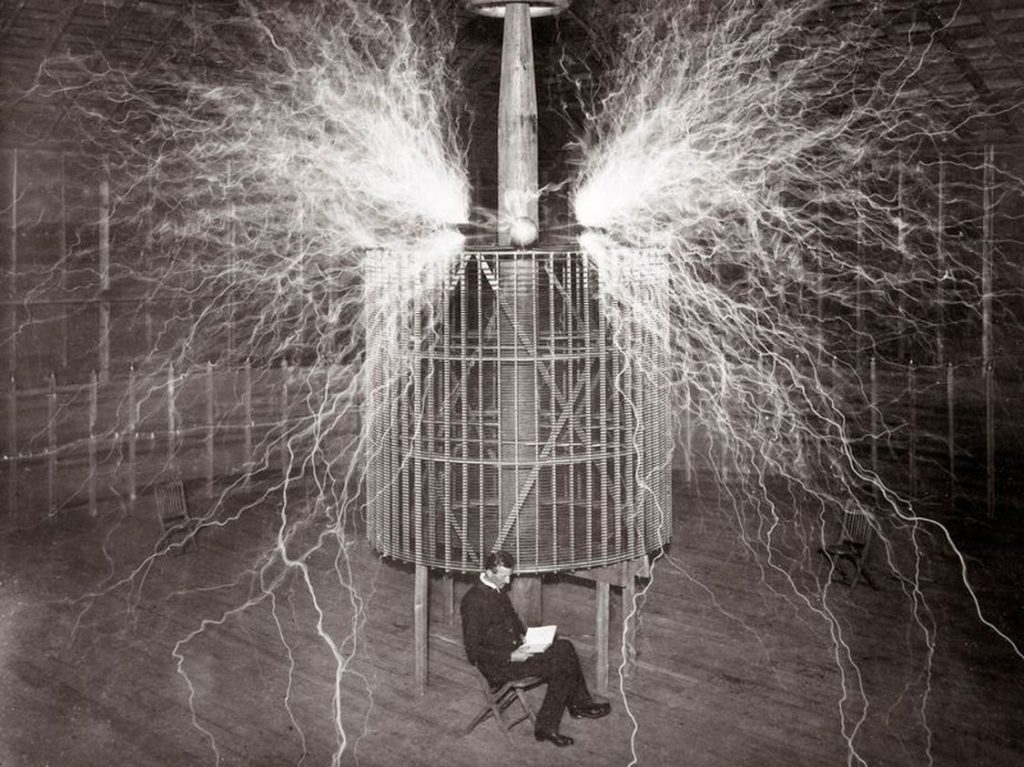
Most likely one of the most under-appreciated inventors of all time, Nikola Tesla was responsible for many inventions that we could not imagine our lives without today. He was way ahead of his time and often misunderstood.
He didn’t even mind when others used his patents for their inventions, all in favor of science and progress. Often mistreated by his patrons, he died a poor man in a New York hotel room, leaving all his inventions to humanity.
Ali Vs Liston
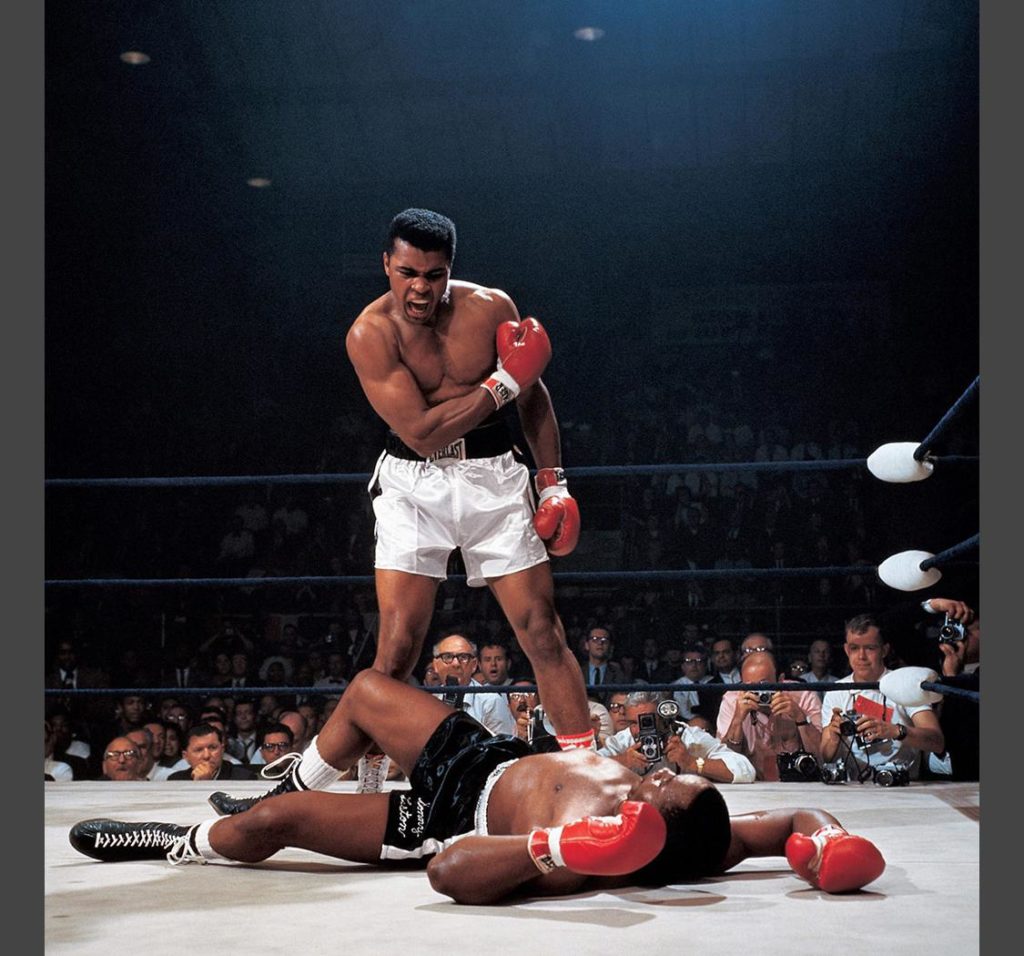
Mohamad Ali often repeated “I am the greatest!” and many will agree that he was the greatest boxer who ever lived. He was known for many legendary fights against famous opponents – Joe Frazier and George Foreman to name a few, but his second fight against Sonny Liston on May 25, 1965 produced this iconic photo.
Iwo Jima
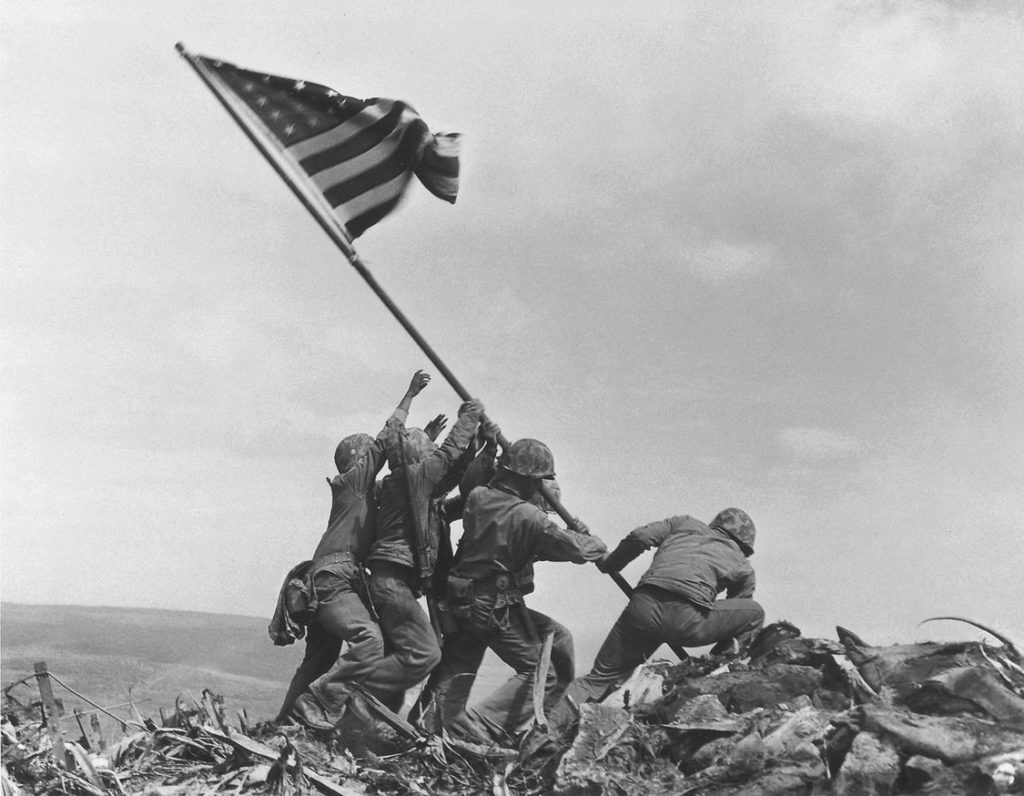
The famous photo taken by Joe Rosenthal in 1945 depicts US Marines hoisting an American flag on Mount Suribachi after the hard-won battle for Iwo Jima island in Japan. That was the second hoisting of the flag, since initially they used a smaller one, which could not be seen from afar.
Posture Queens, 1956
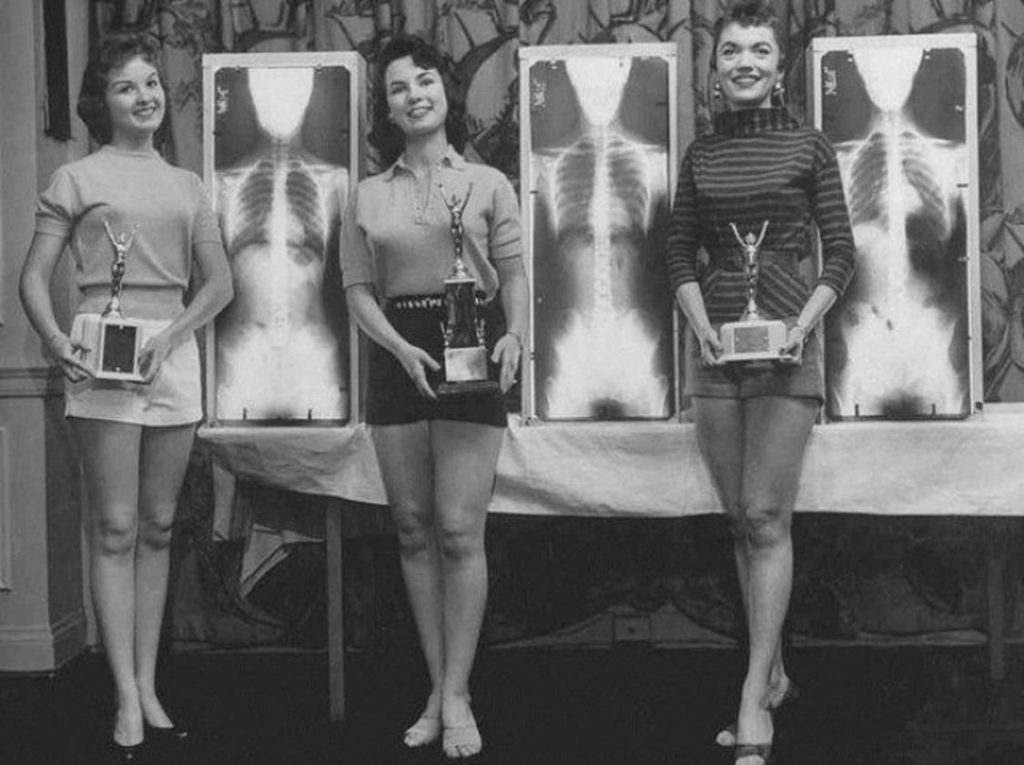
Presently, beauty pageants are focused on finding beauty with brains and that is fair enough. This title was associated with Chiropractic, as it had just begun to be a profession during the 1950s and 1960s.
This picture is straight out of a chiropractic convention held in Chicago in May of 1956. These three ladies had the best standing posture as reflected through their X-rays.
Saundra Brown, 1970
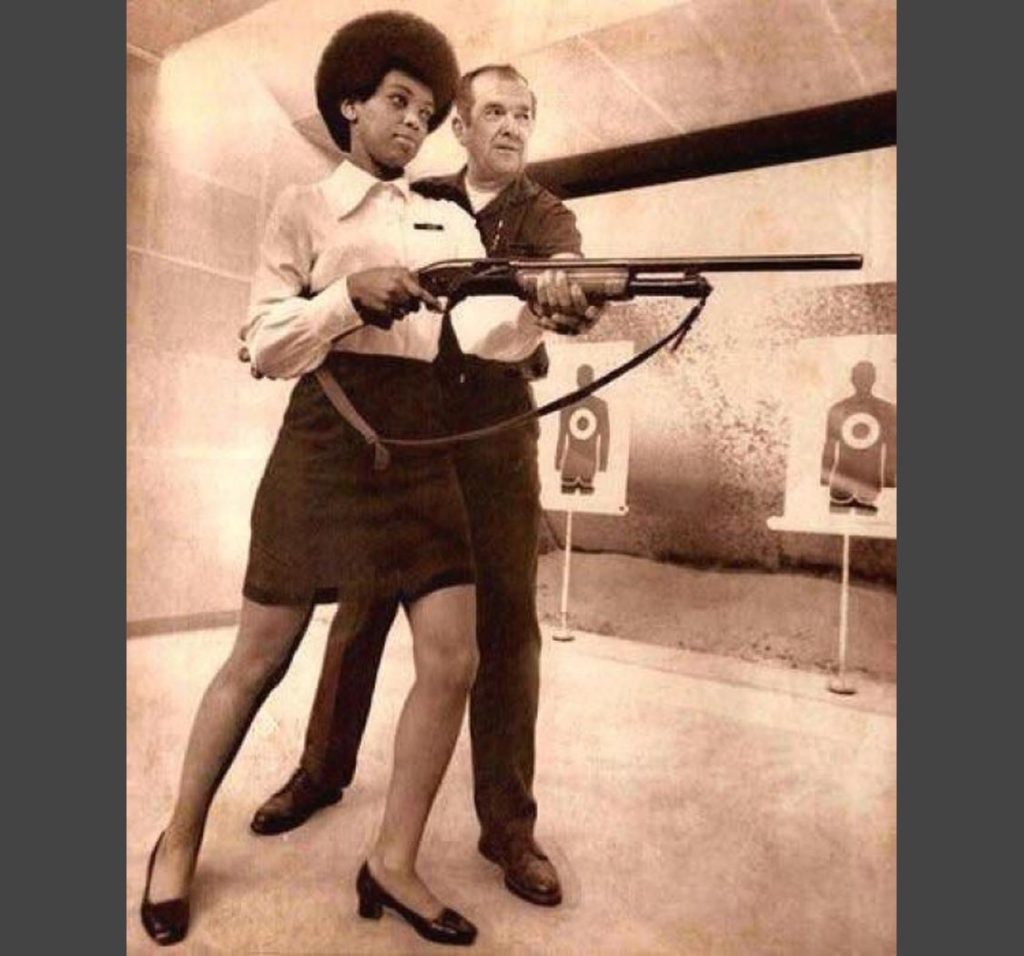
This is Saundra Brown, the first black woman on the Oakland police force who got official training in gun shooting. She served as a police officer for seven years from 1970 to 1977. This great moment carries importance in African-American history and for Officer Saundra Brown, this is a page in her book that would be remembered for a long time.
Seeking Shelter, 1945
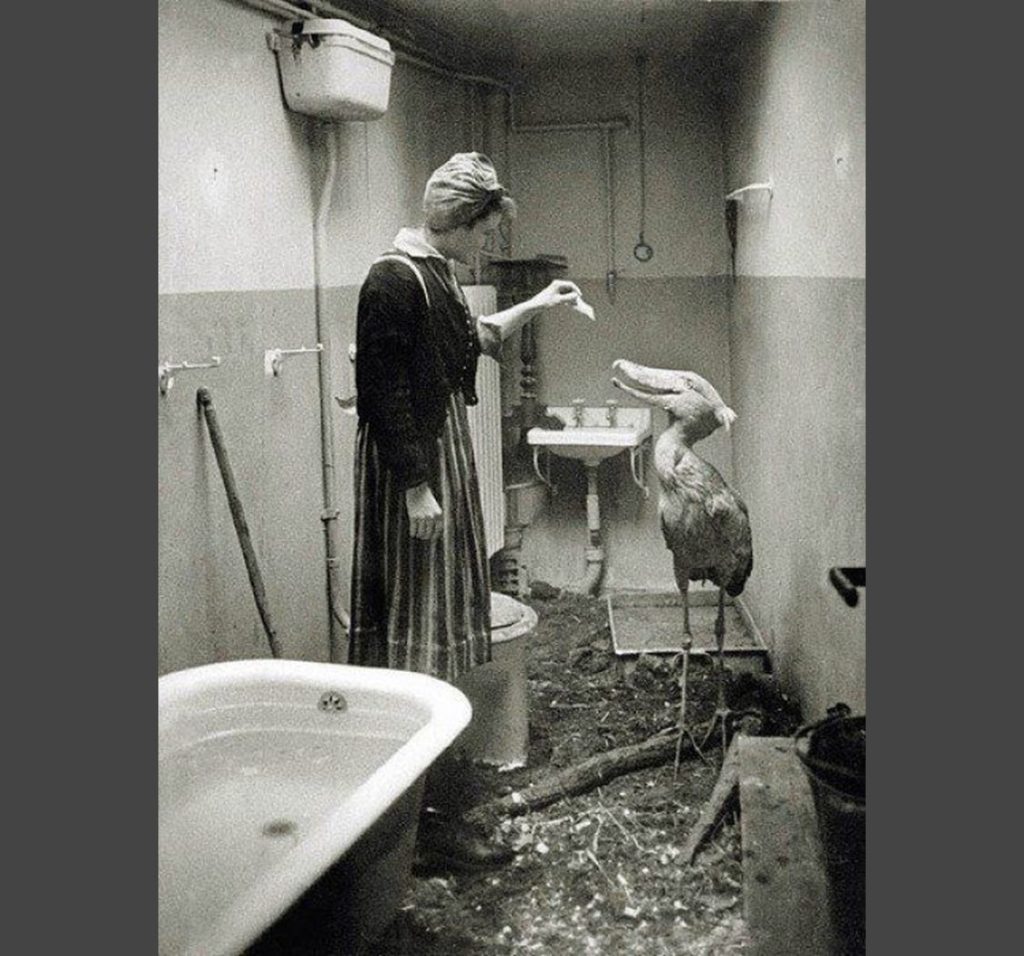
Everyone had to endure the worst during World War II and animals had to face all the consequences of the war too. This photo has captured the scene that existed during those years. This animal made its way from the Berlin zoo to escape the terror. A German woman can be seen offering the creature a treat and it is just heartwarming to look at.
Moonshiners, 1926
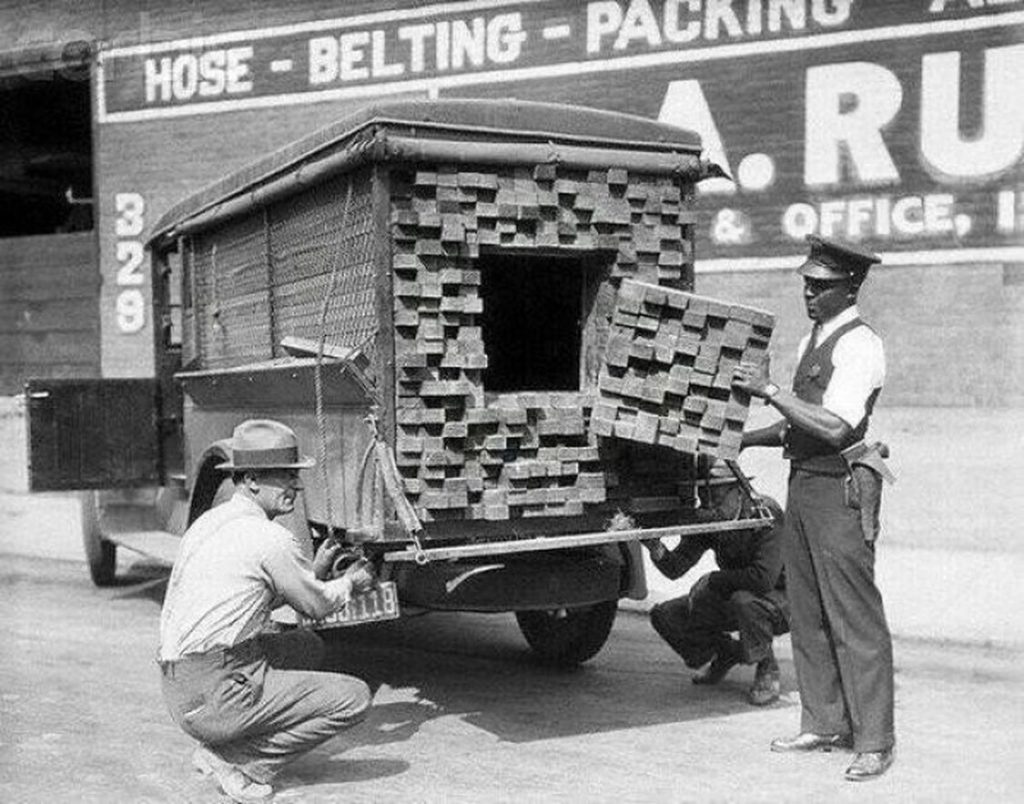
In the 1920s, there was an alcohol prohibition in the US. However, this did not stop people from drinking but rather gave an opportunity for bootleggers as the demand suddenly increased and they expected a rise in their sales. But they could not escape the police checking. This photo is proof!
Hit By A Snowstorm, 1966
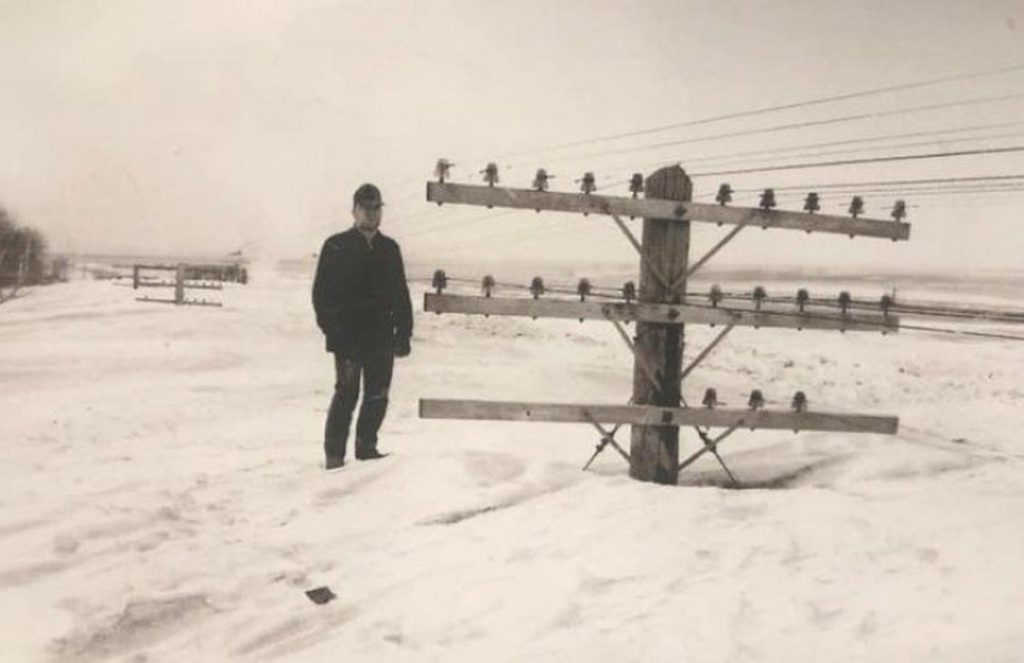
A destructive blizzard struck the United States and the east side of the Rockies in 1966 taking the lives of almost 200 people. Of these, 31 just froze in the snow and died. Many people died in fire accidents during those days while attempting to create some warmth in their homes.
Iranian Birthday, 1973
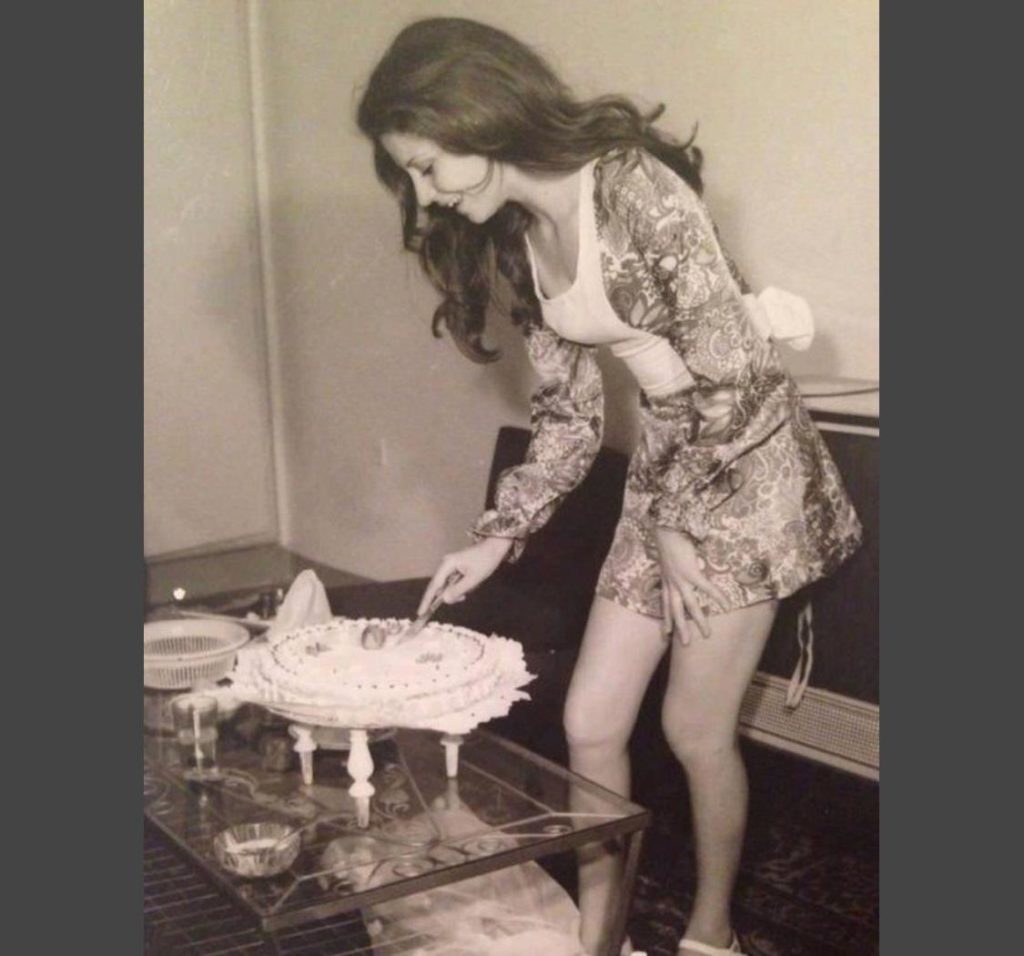
This picture is significant as it tells a different story about Iran and the women living there. A woman is celebrating her birthday in Tehran by cutting a cake wearing a beautiful dress. If we consider the current rules, women are instructed to wear the hijab. The outfit worn here could lead to punishment as its illegal in this day and age.
A Selfie From 1938
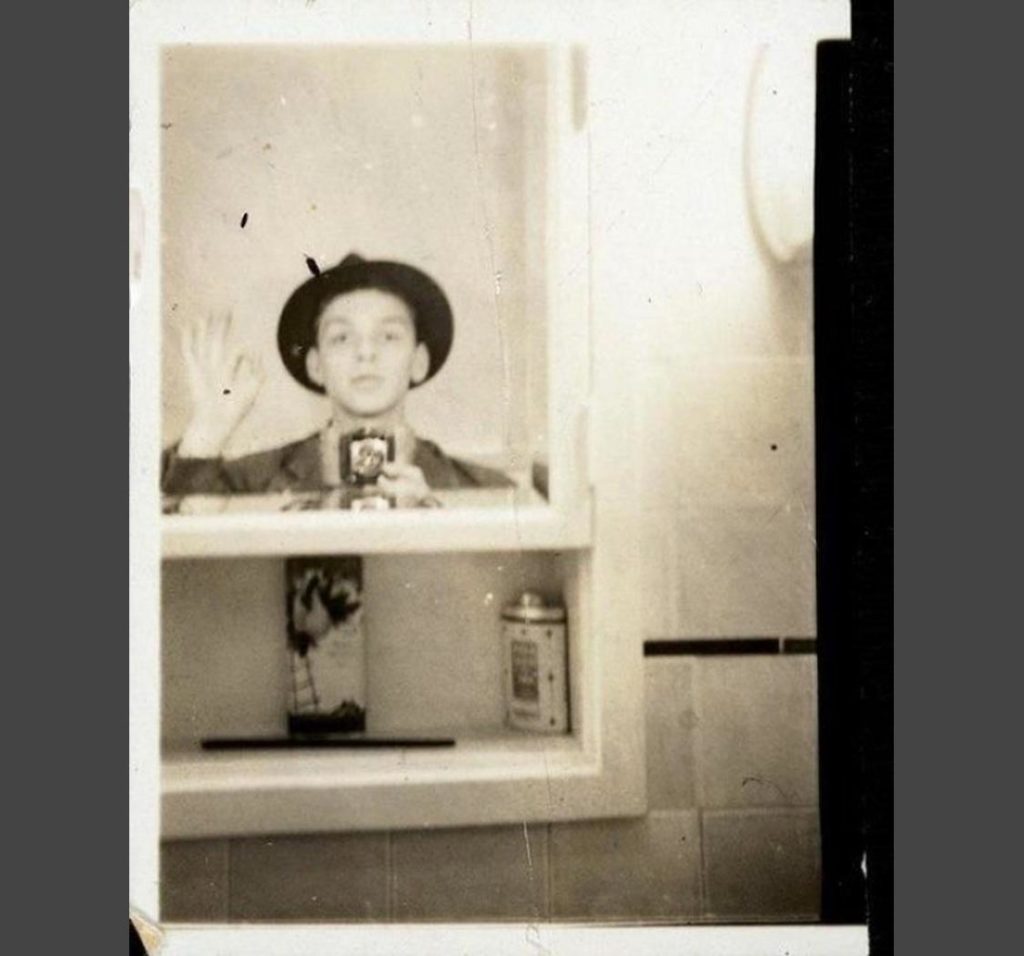
No one used the term “selfie” before 2002. However, Frank Sinatra, an iconic singer took one in 1938 and it’s a cool one! Sinatra was only 17 when he took this picture of himself in a mirror.
The Green Symbol, 1970
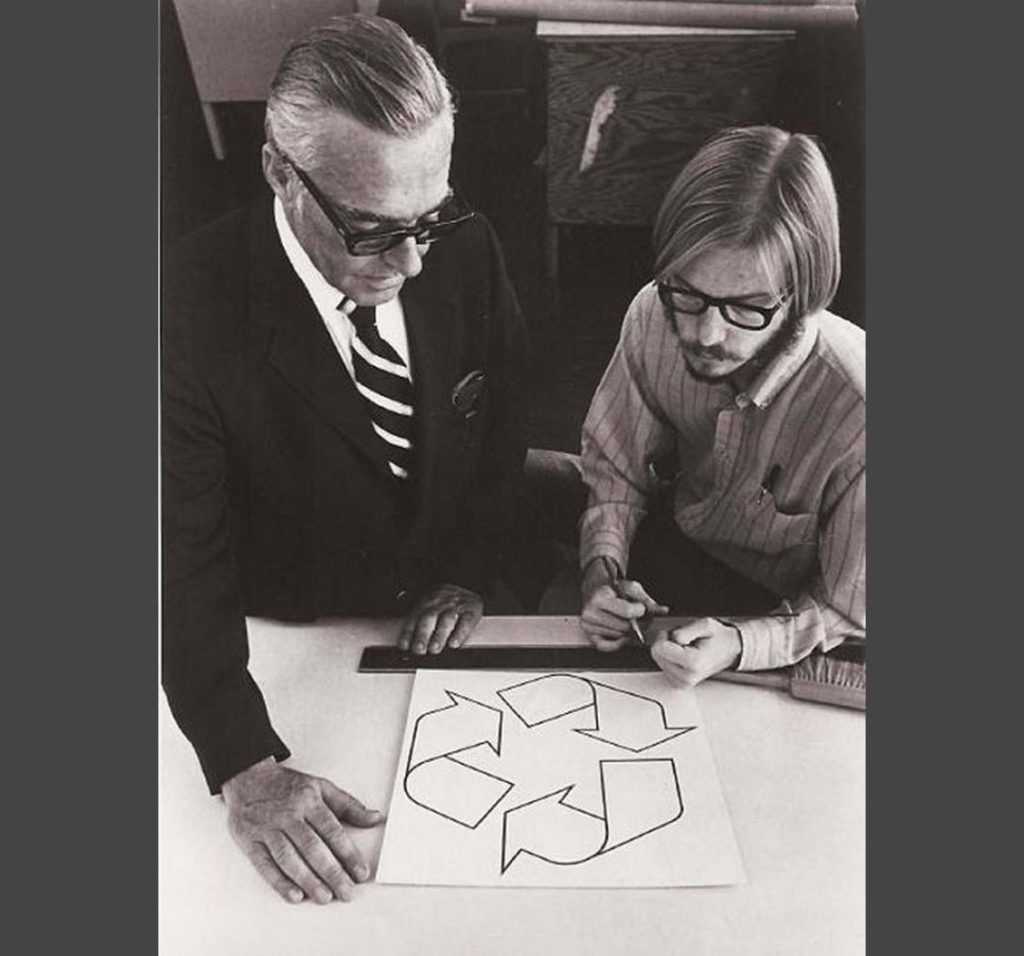
Gary Anderson, an engineering student went ahead and participated in a design competition to mark Earth Day on April 22, 1970 without any experience in graphic designing and came up with this symbol. The design that he created in that competition is what we use as the green symbol today.
Women In Medicine, 1885
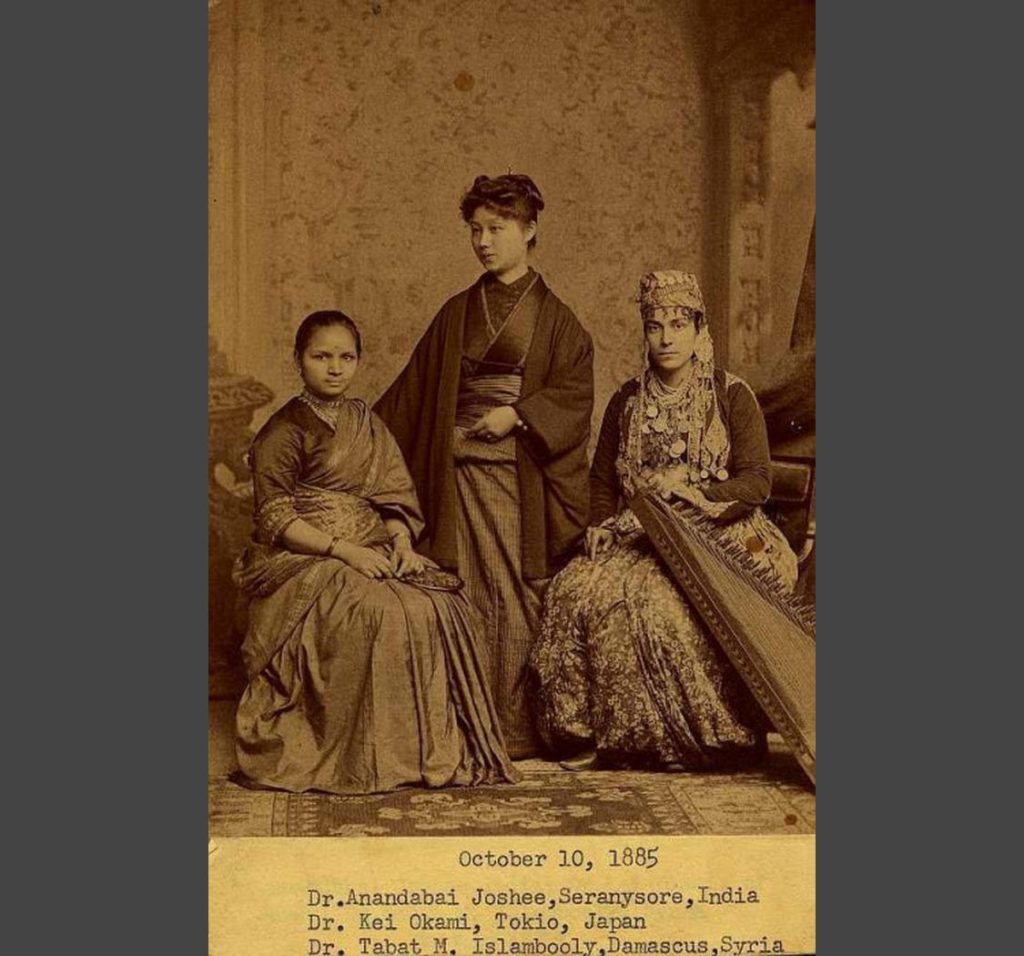
We might want to look back at this shot taken on October 10, 1885, of three genius women at the Women’s Medical College of Philadelphia. Another aspect of this photo is the diversity it depicts.
These women belong to three different countries – India, Japan, and Syria and are dressed up in their traditional outfits. All of them came to study medicine and become doctors despite the boundaries set for them.
Celebrity Couple, 1966
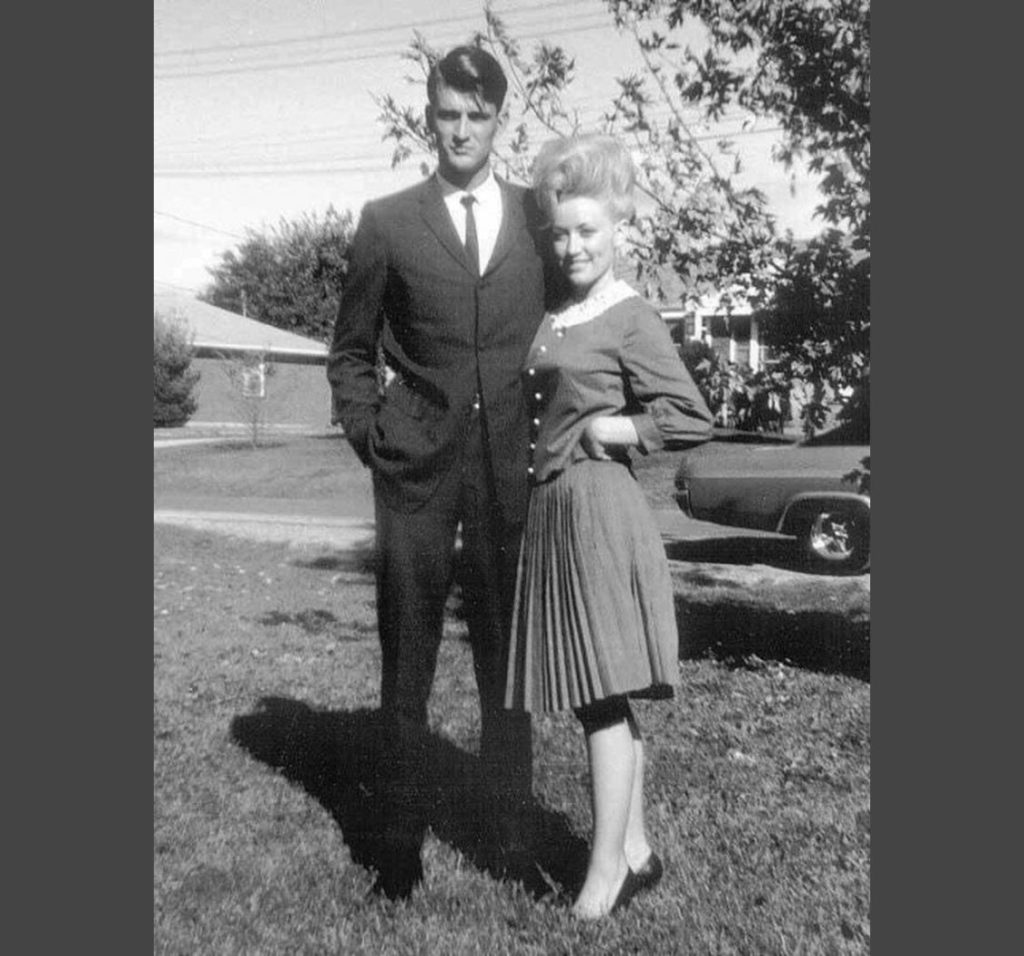
Dolly Parton and Carl Dean share a beautiful relationship and not many are aware of their love story. They have managed to keep it out of all the glitz and lights of the industry. Here, in this “unexplored” picture, they can be seen smiling and posing for the camera after they got married in a secret ceremony in 1966.
5 MB Storage, 1956
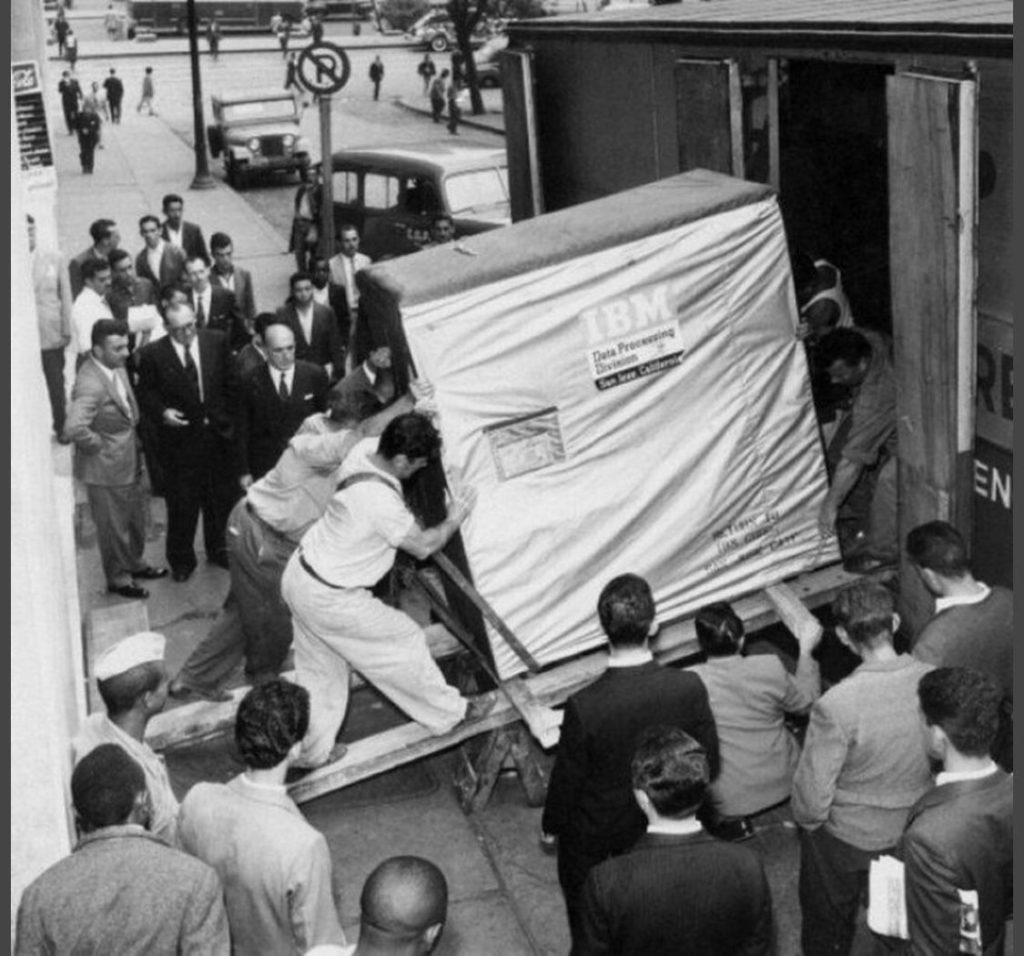
This is a hard drive with a storage of 5 megabytes. That amount of storage and such enormous size of the hard drive! This storage was leased for $3,000 a month by the company that is equivalent to $30,000 today.
A Private Jazz Concert, 1961
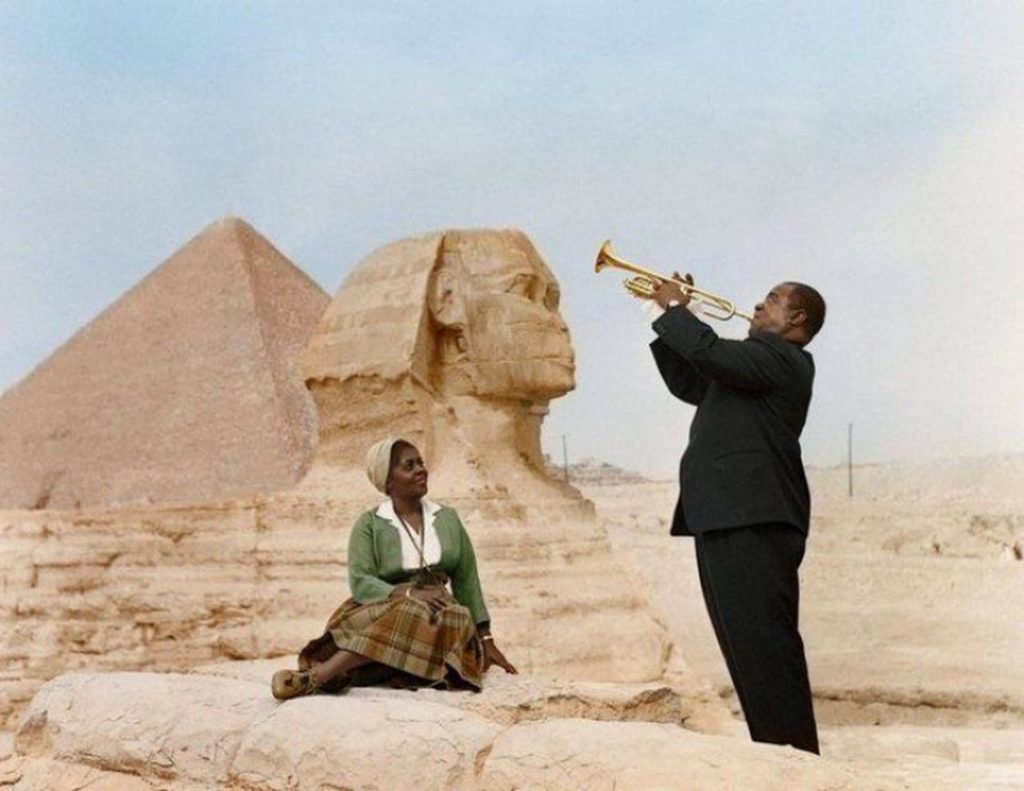
Louis Armstrong is pictured with his wife, Lucille in 1961 at the Great Sphinx of Giza. She is fortunate to see her husband perform for her in one of the most amazing places in the world.
Armstrong made a big name for himself during the 1920s and became one of the greatest jazz musicians. He continued to be a star up to the 1960s and “Satchmo” is still alive in our hearts.
Freedom On Sugar, 1953
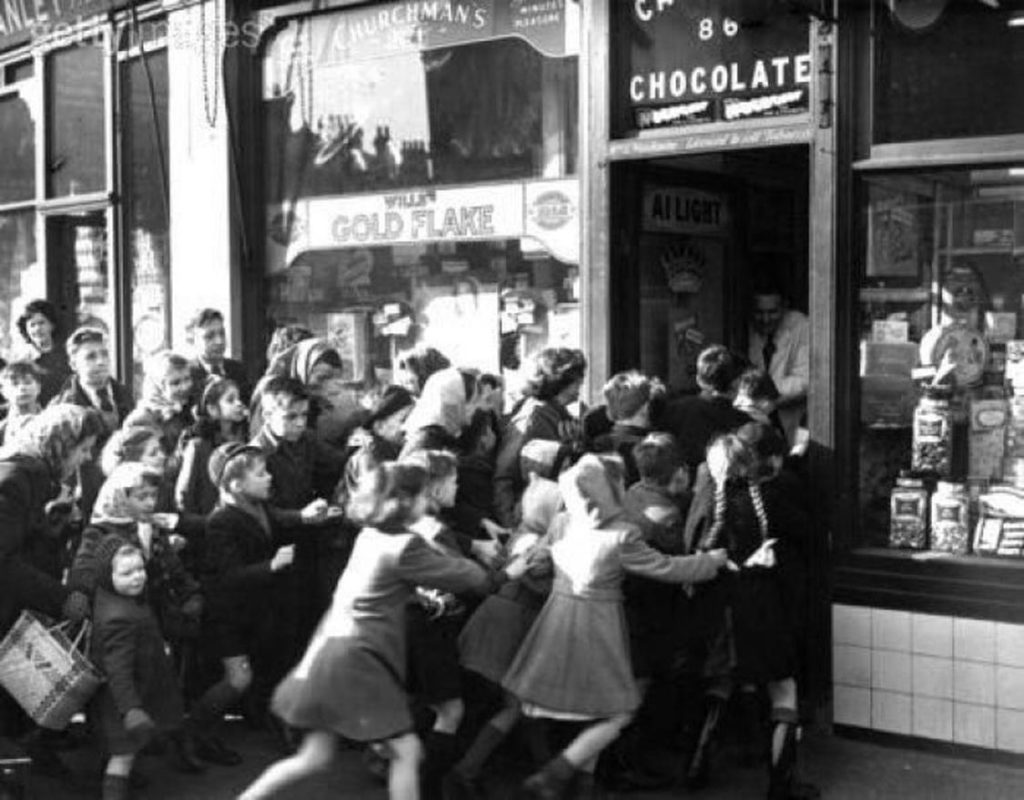
People had to face a ration on sugar, eggs, and milk at the onset of World War II. When this rationing ended, candy stores earned unbelievably huge amounts of money and the sales rose by an amount of £100 million ($278.5 million). Here you see kids (and even adults) attacking a candy store. This happened in 1953 when sugar rationing ended in England.
The Face Of War, 1941
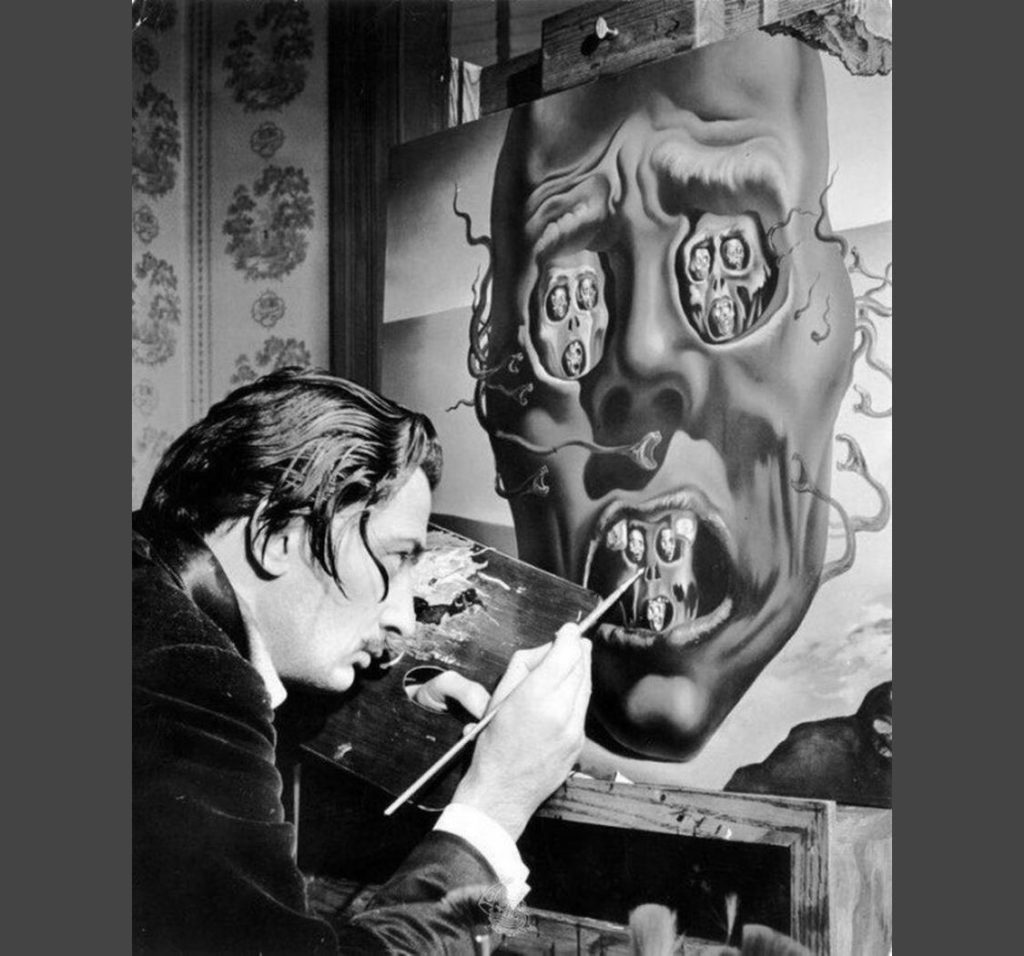
Salvador Dali, a 20th-century surrealist painter can be seen deeply engaged in his painting, “The Face of War”, and this picture was taken in 1941. This artist had many tags thrown at him like being called a psychedelic or hallucinogenic drug user just because his paintings had an element that picked up something grave.
Bride In The Blitz, 1940
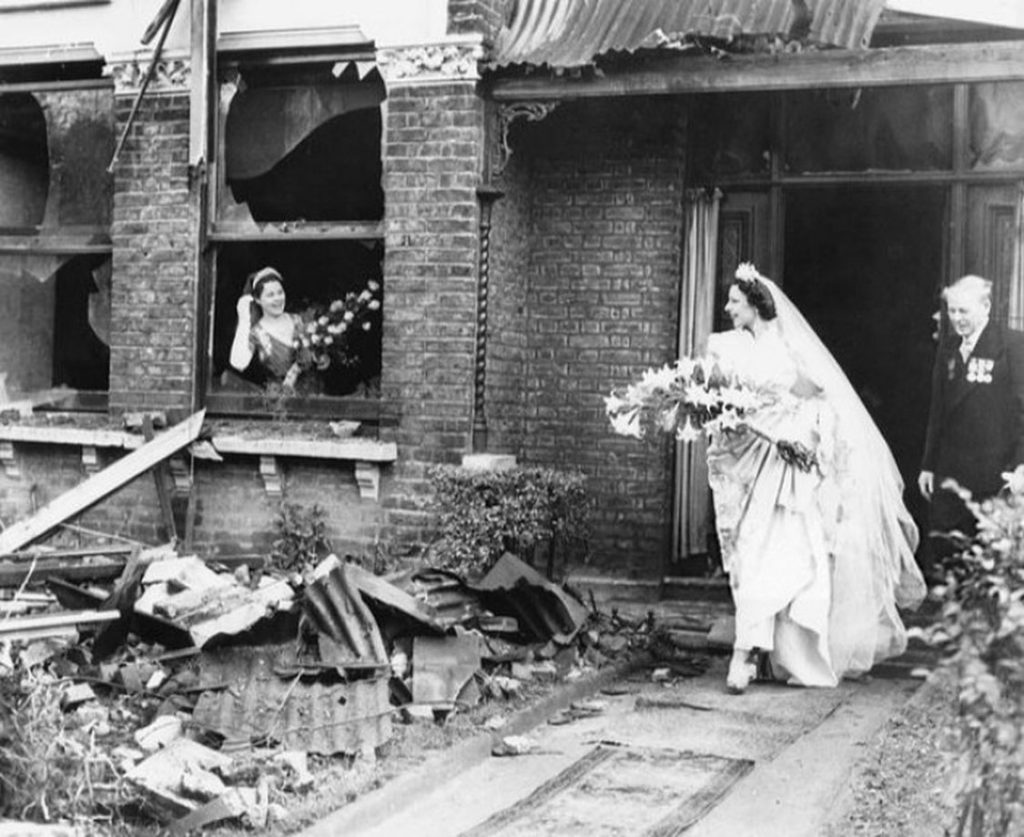
The bombings in London in 1940 were given the name “The Blitz” and the destruction it caused is clearly visible in the picture. This bride smiles brightly as she exits her home in London to get married on November 4, 1940. Despite all the wreck and ravage, she is all set to walk down the aisle in a white dress and get married.
Meal Before Fame, 1986
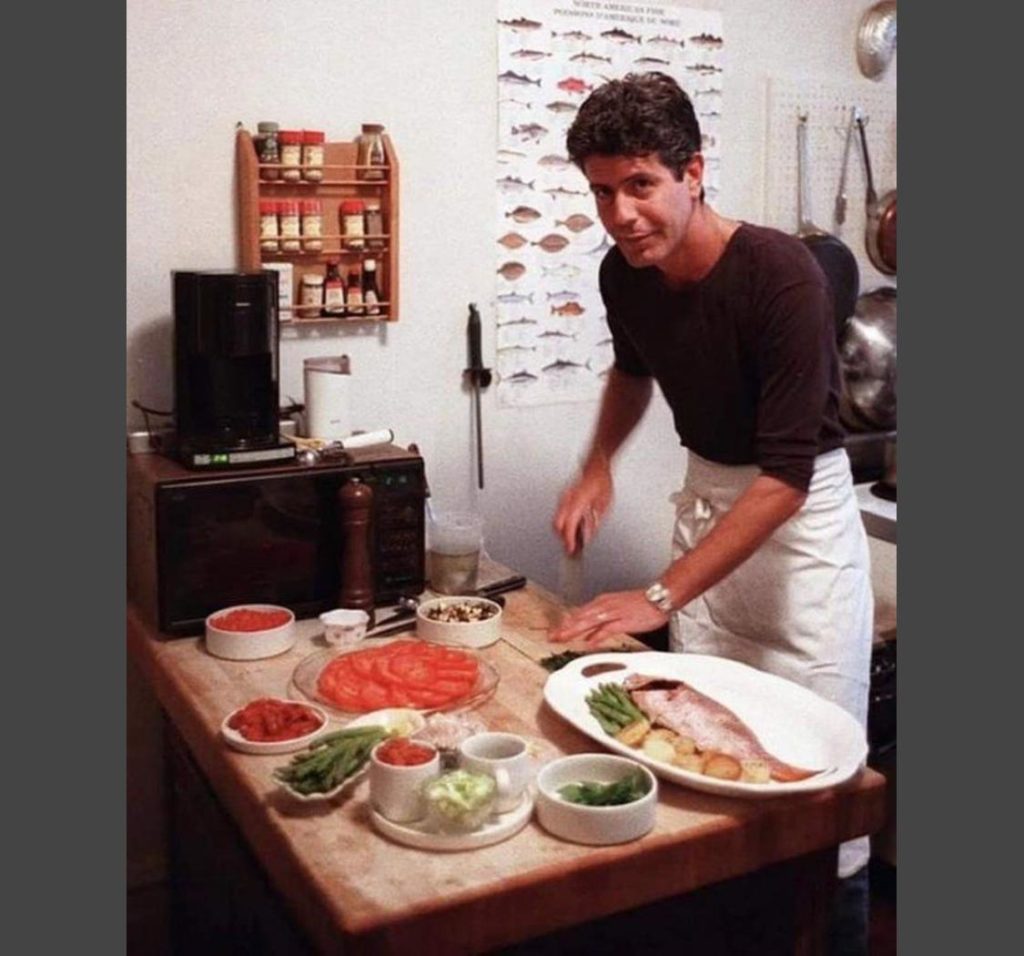
This picture was taken in Anthony Bourdain’s New York apartment in 1986 way before he rose to fame for his culinary skills. He is considered to be one of the most talented chefs out there. His works include a book titled “Kitchen Confidential: Adventures in the Culinary Underbelly (2000)” and a show called Anthony Bourdain: No Reservations and The Layover.
Thanking The Animals, 1918
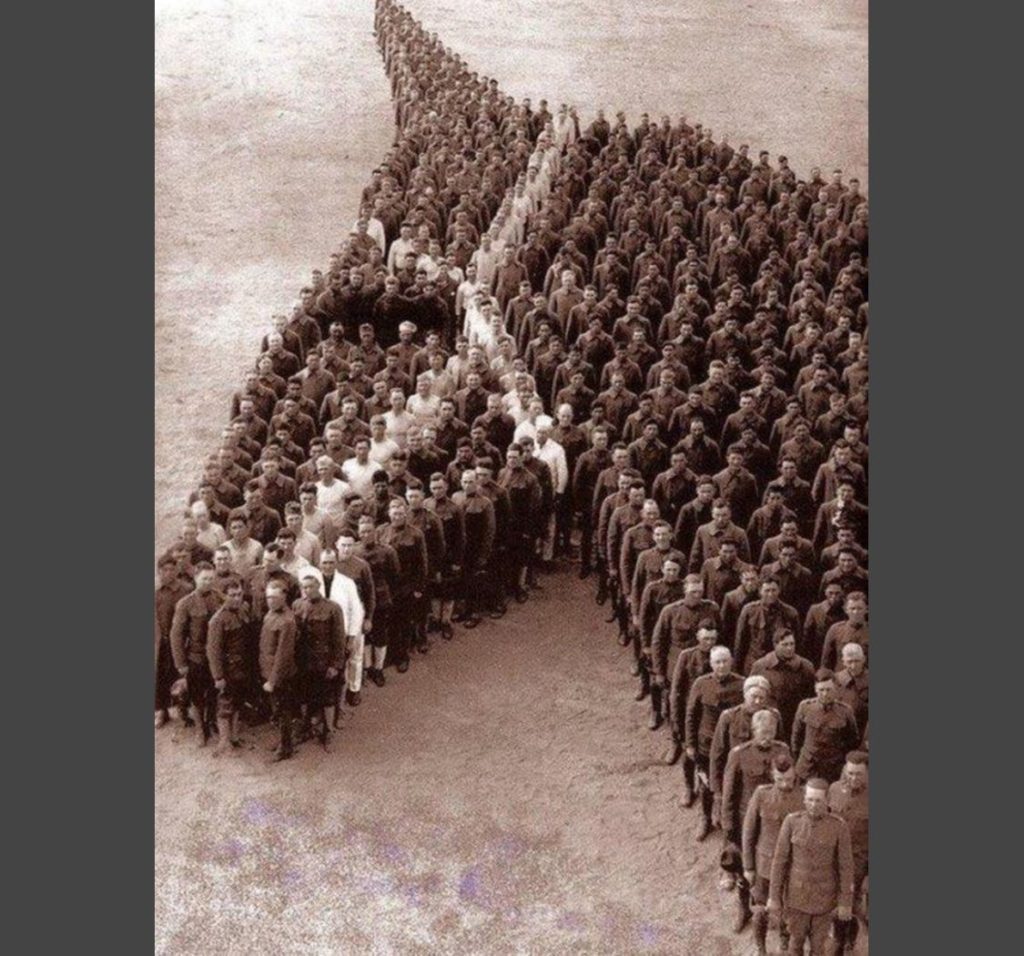
The First World War left quite a destruction in its aftermath, killing both humans and animals. So many innocent creatures including donkeys, mules, and horses lost their lives and it’s heartbreaking. These soldiers decided to get together to pay tribute for their sacrifice.
The Empire State Building, 1941
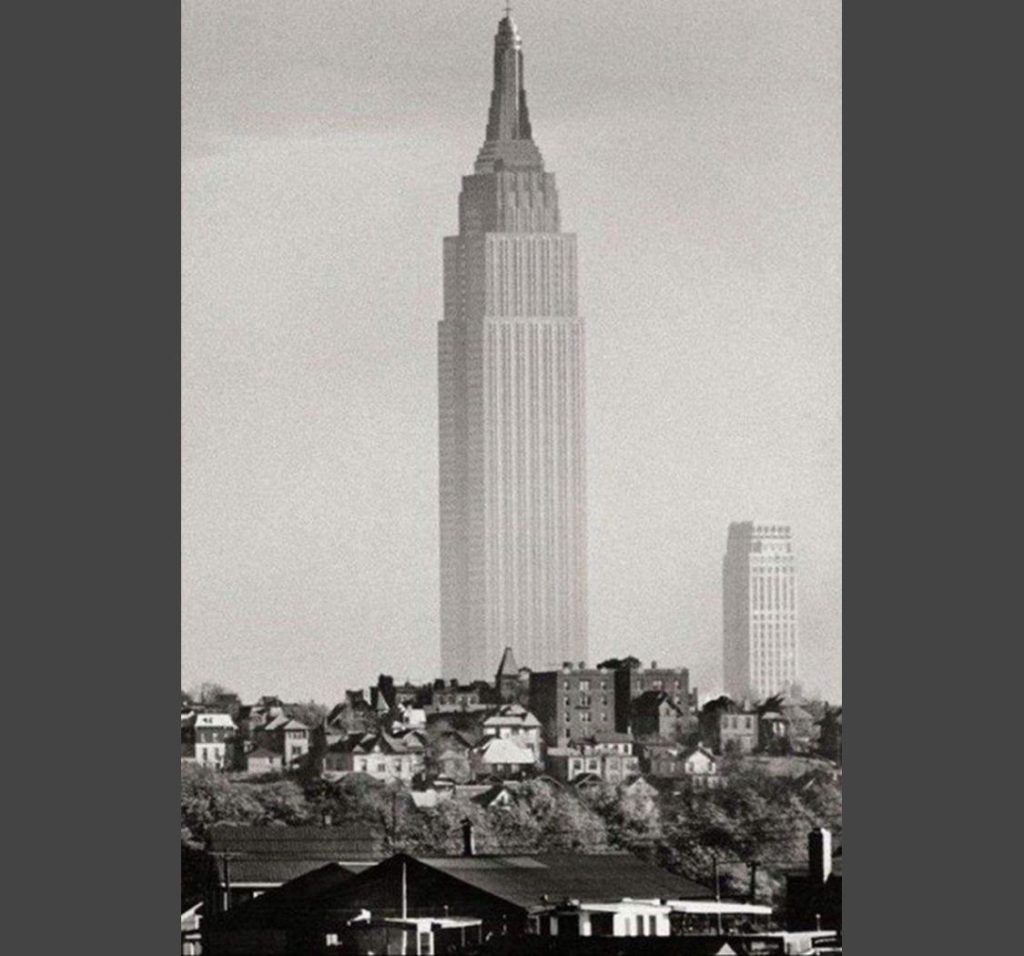
In 1941, the Empire State Building attracted many people to New York City as it was the only building that stood taller than the other structures around. There were no skyscrapers other than this one during those days. When this was the only skyscraper to exist In New York, people traveled from far and wide to have a look at this high-rise building.
A Fashion Statement, 1960s
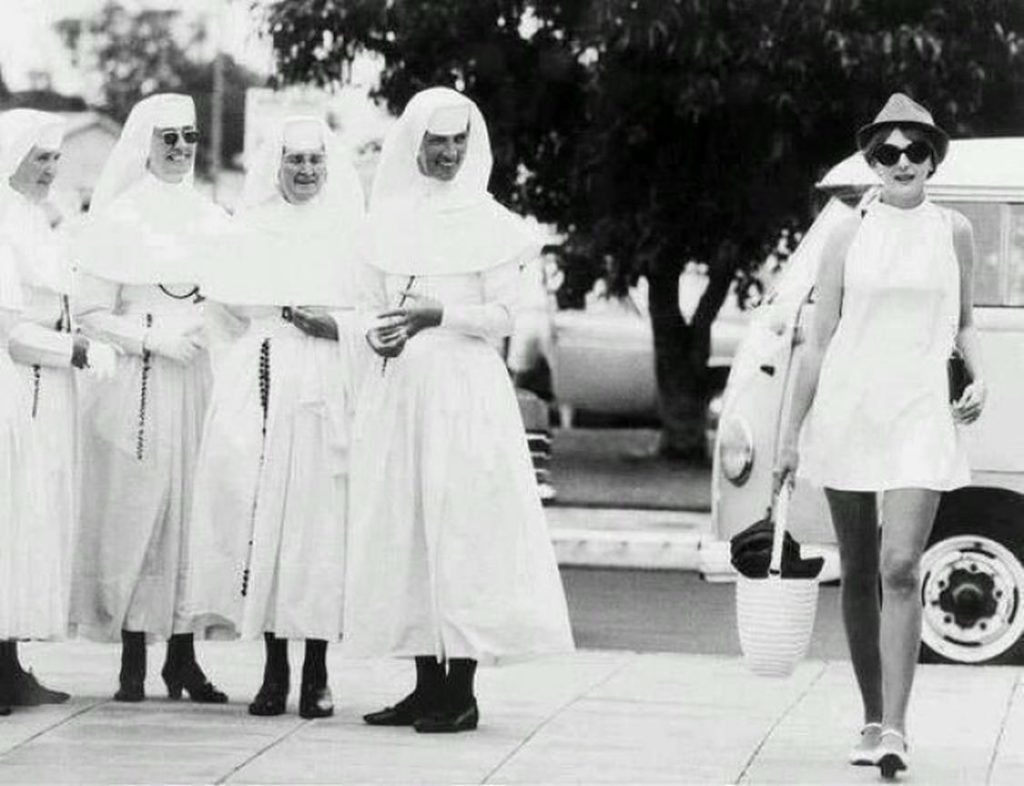
This photo has captured a clear contrast in what fashion meant to women in the 1960s. A group of nuns standing close to a stylish woman shows the varied sense of fashion that existed. No heavy opinions or judgments were being thrown for dressing a certain way in those times.
Connecting With Families, 1970s
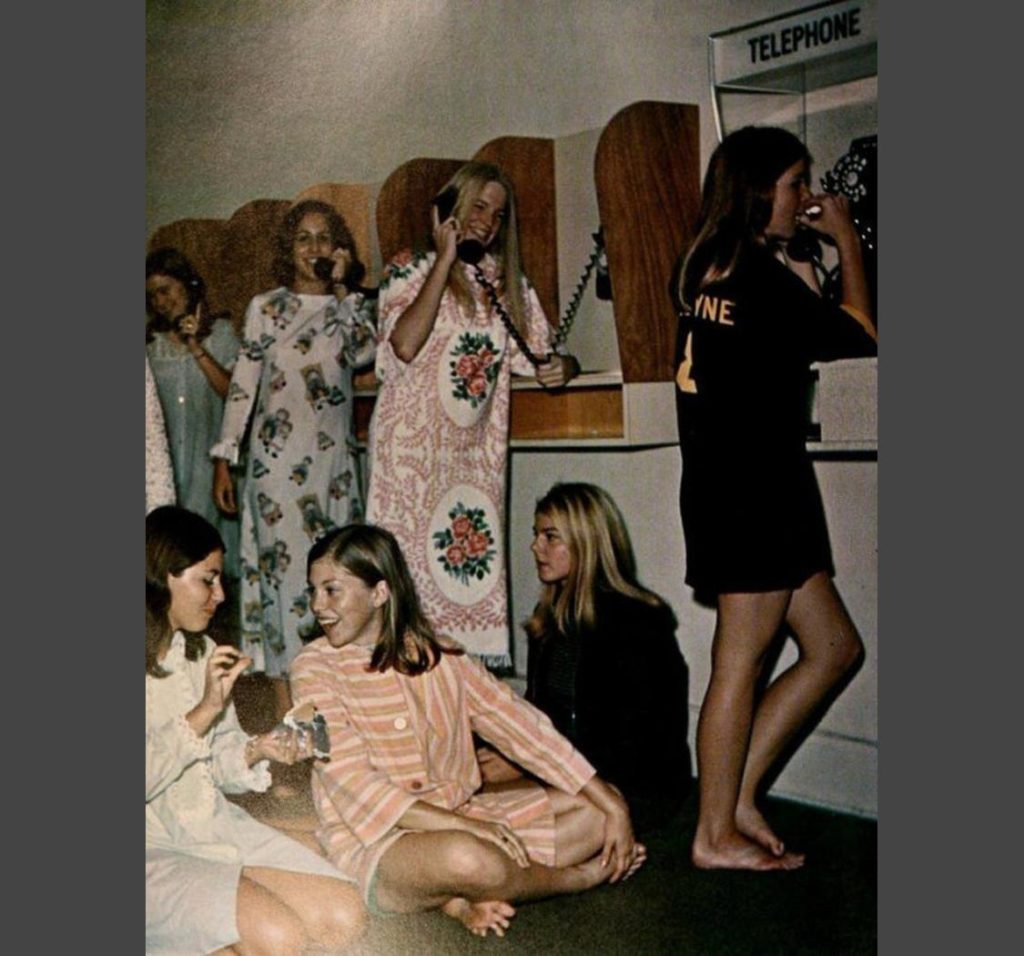
There were no mobile phones in the 1970s and this is a night scene from a girls dormitory where girls are queueing to make a call to their family and friends. This is how the women waited near the phone to just have one conversation back home.
Einstein And Chaplin, 1931
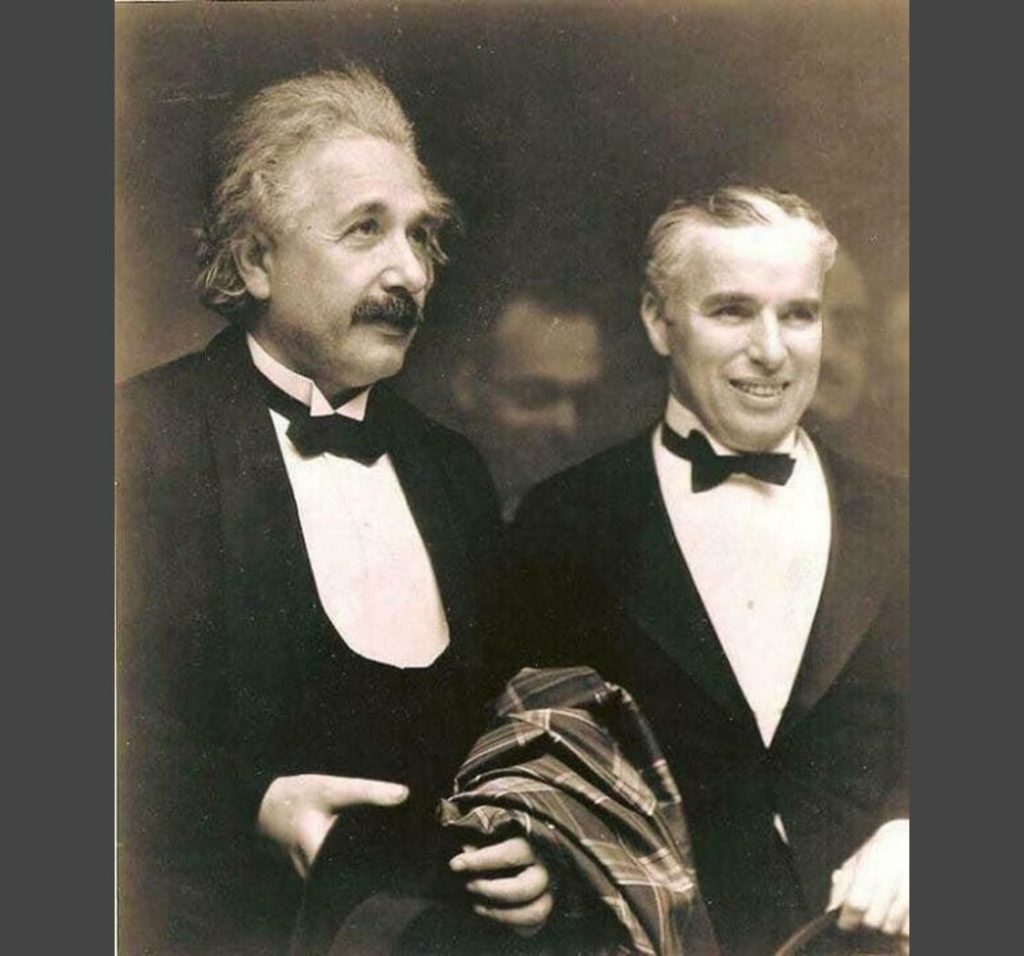
Charlie Chaplin and Albert Einstein admired each other’s work and always wanted to have a “fan moment”. Their wish was fulfilled in January of 1931 when they ran into each other at the City of Lights premiere. Einstein had once expressed his desire to meet Chaplin one day revealing that he was the only celebrity that he wished to see in person.
Freddie Mercury’s Feline Friend, 1988
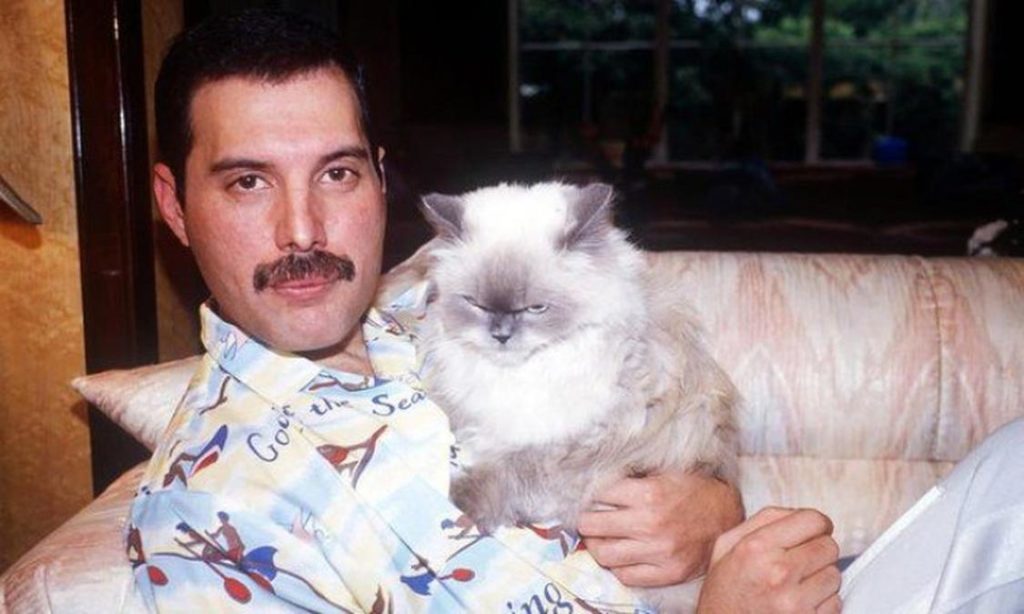
There are not many photos of celebrities from the past with their pets. The singer of the rock band “Queen” is nailing that look and pose with Tiffany, his cat. Tiffany’s expression is all of us when someone takes your picture without permission.
Cairo, 1920s
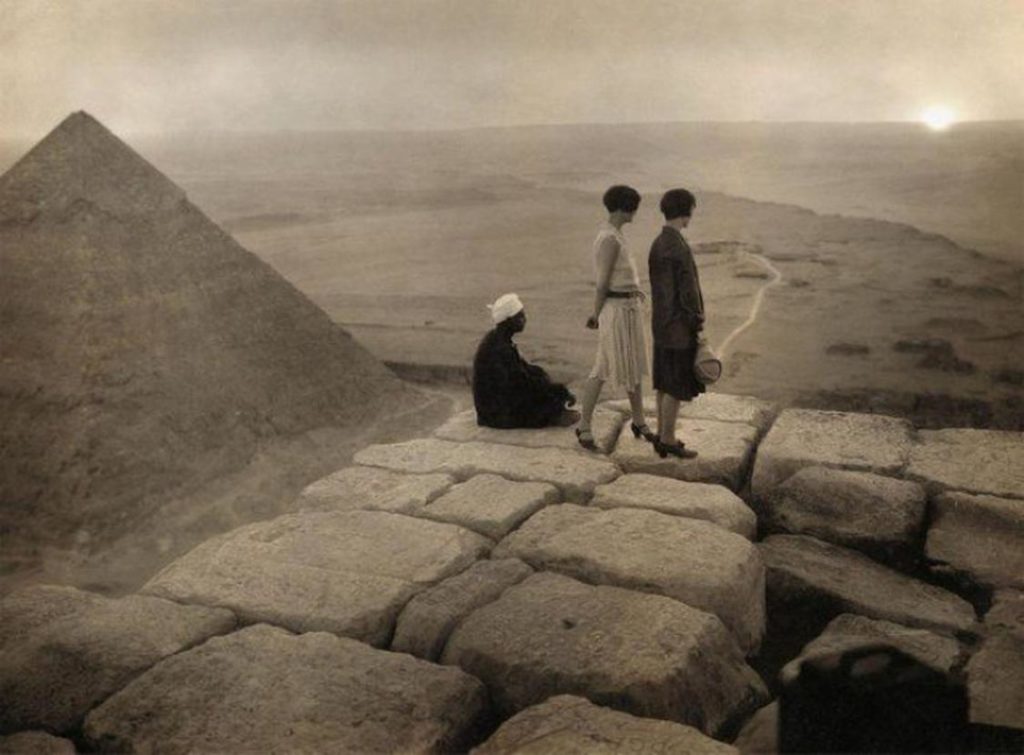
Cairo is one of the most popular tourist spots in the world but things were different in the 1920s. The Sahara Desert has views that are stunning and this picture depicts the beautiful sunset that has mesmerized a group of tourists there. This is a rare capture and it will be cherished for a long time.
Jewish Refugees, 1946
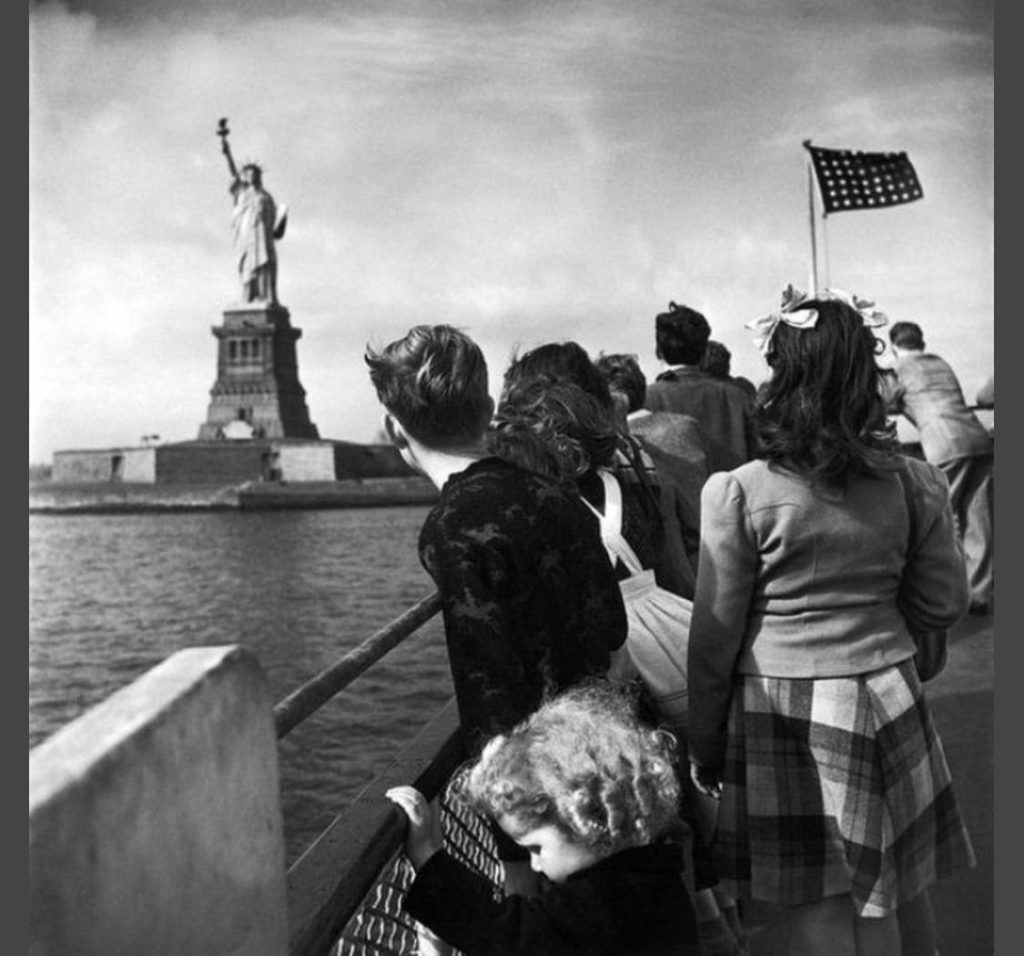
This picture is full of emotion as the survivors of World War II caught their first glimpse of the Statue of Liberty in 1946 when arriving in the United States. After the Second World War, the United States opened its doors for the Jewish refugees and all those who escaped the Holocaust.
NASA Scientists, 1961
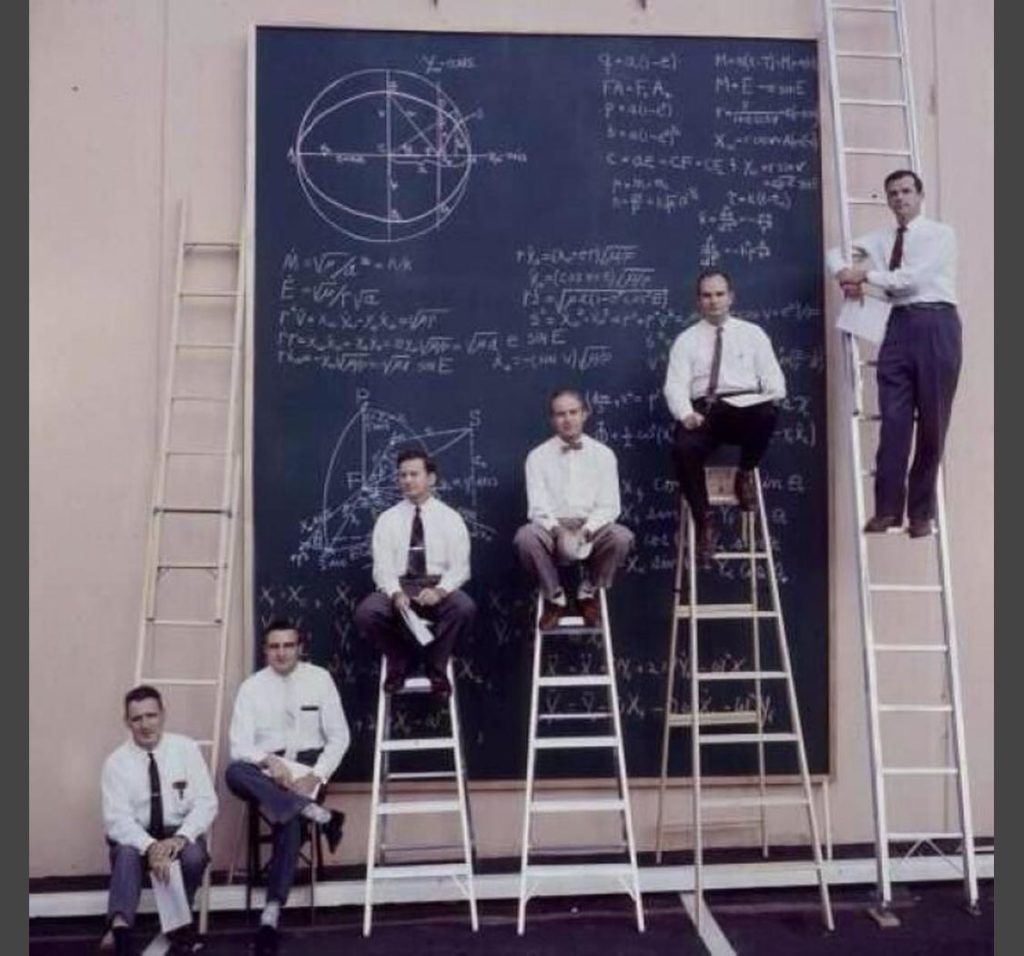
This picture was published in “Life” magazine in 1961 to give a hint of what the NASA’s Race for Space looked like at that time. Computers have replaced the massive chalkboards now. This photo is not revealing any “voila” moments as the scientists would never want their successful computations to go public especially when there’s a competition.
Seine’s Threat, 1924
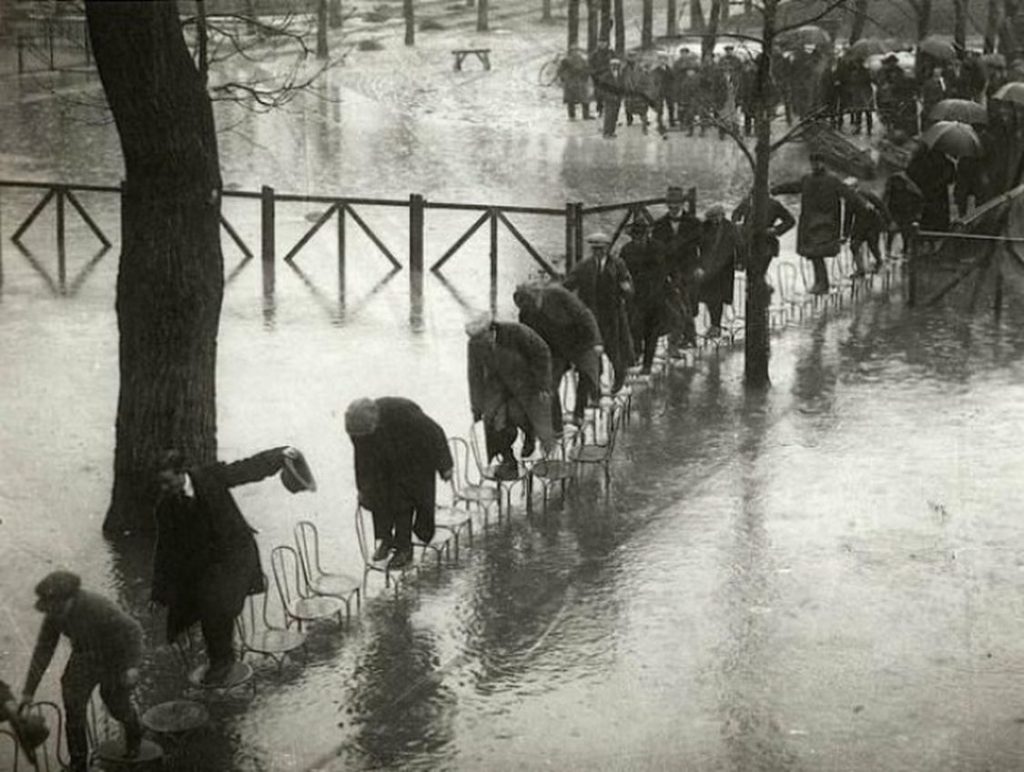
When the water levels of the river Seine rose to threatening levels in 1924, such scenes came to existence. The roads were flooded with cold water leading to the people having trouble crossing streets. People brought chairs from the neighborhood and created this bridge.
The Cyclone Of 1989
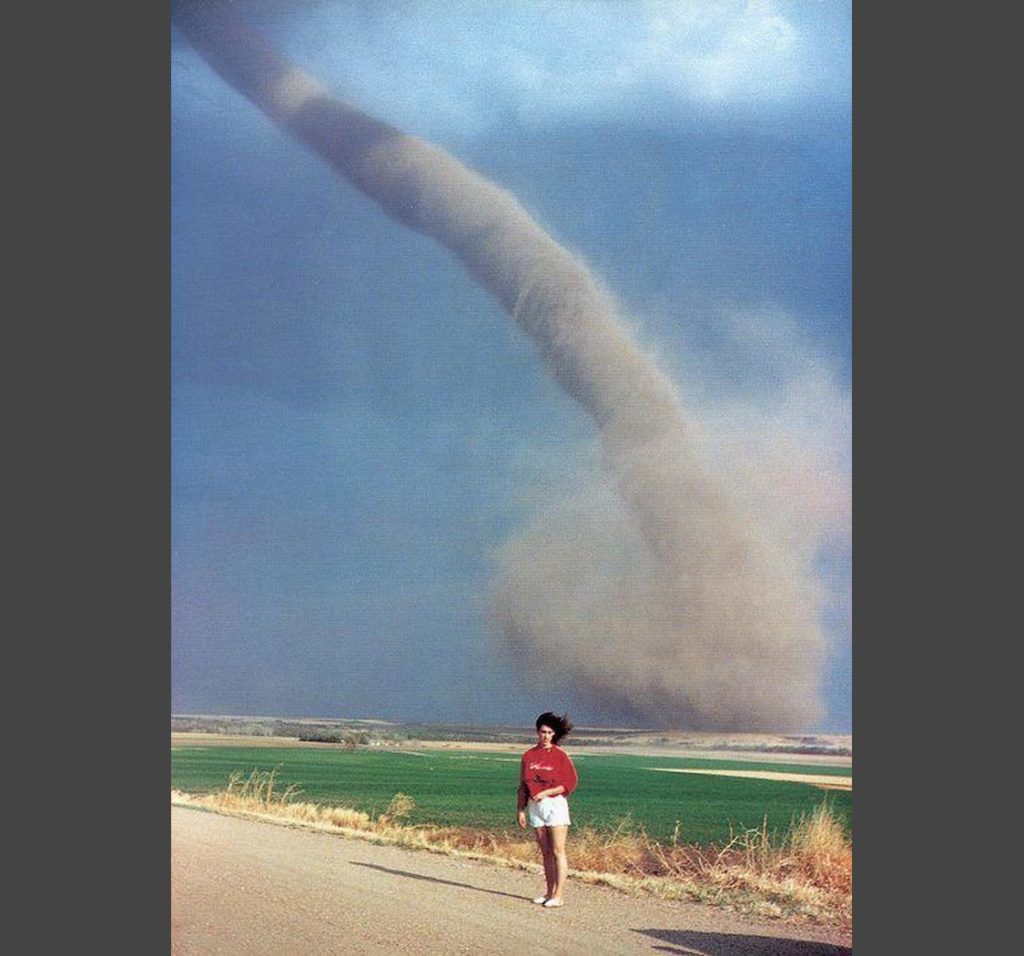
The cyclone of 1989 caused destruction as the intensity was quite high. Even though people needed to stay safe during the unpredictable weather conditions, this woman took a photo with the tornado. The vigor of the cyclone can be imagined just by looking at the way her hair is blowing.
A Part Of The Titanic, 1910
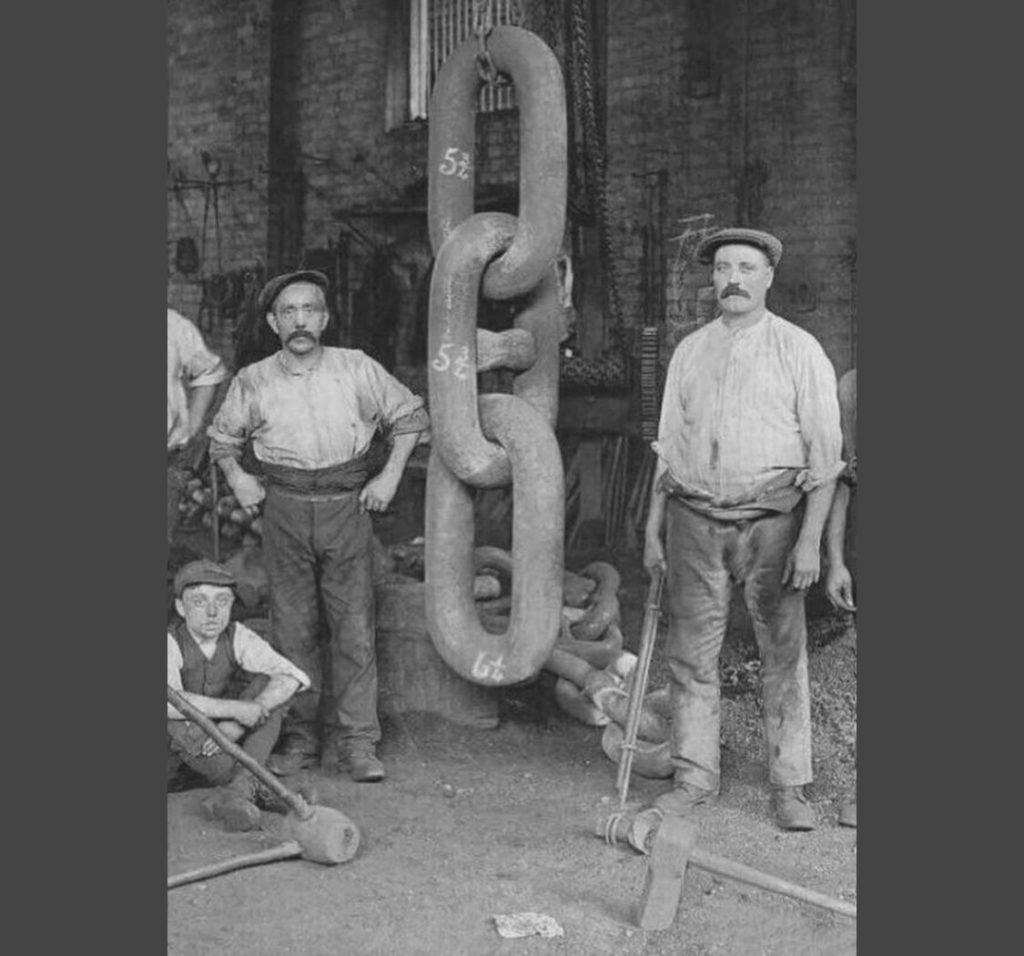
The Titanic had the world’s biggest anchor during that time. The anchor came all the way from Noah Hingley and Son in 1910 and the owners placed an order for 603 meters of chain from Hingley Anchor Works. This photo explains how the making of the anchor chain began.
Awestruck By TV, 1948
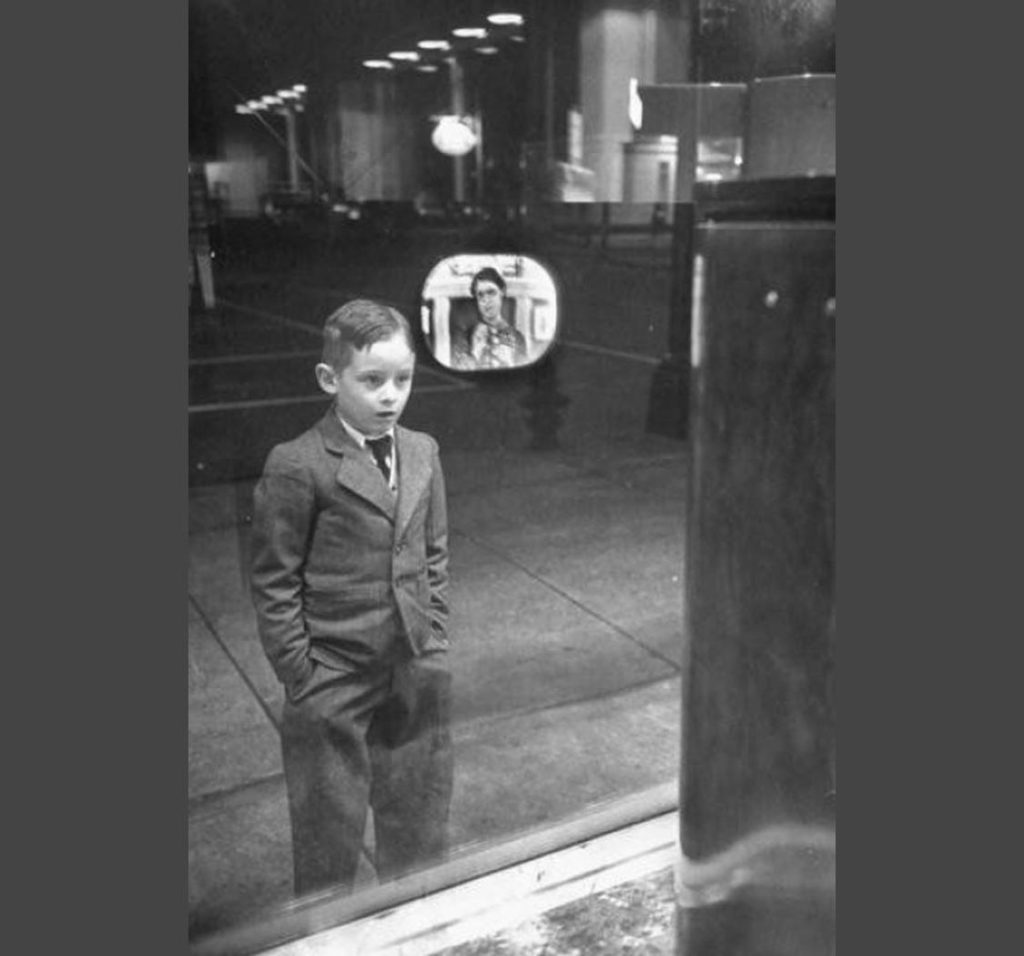
The latest technology always has something unexpected in store for us and this boy’s reaction to witnessing a television for the first time is enough to explain what we mean.
This moment was captured in 1948 when televisions were not placed in everyone’s living rooms. This little boy is amazed at those black and white moving objects and humans on the screen.
Susan Kare’s Habitat, 1984

Here’s one of the most talented graphic designers, Susan Kare who creatively added life to a computer with her designing skills. She was rightly given the title of the “woman who gave the Macintosh a smile”. This shot is taken in her office as she relaxes after putting her skills to work.
Brooklyn Supreme, 1930s
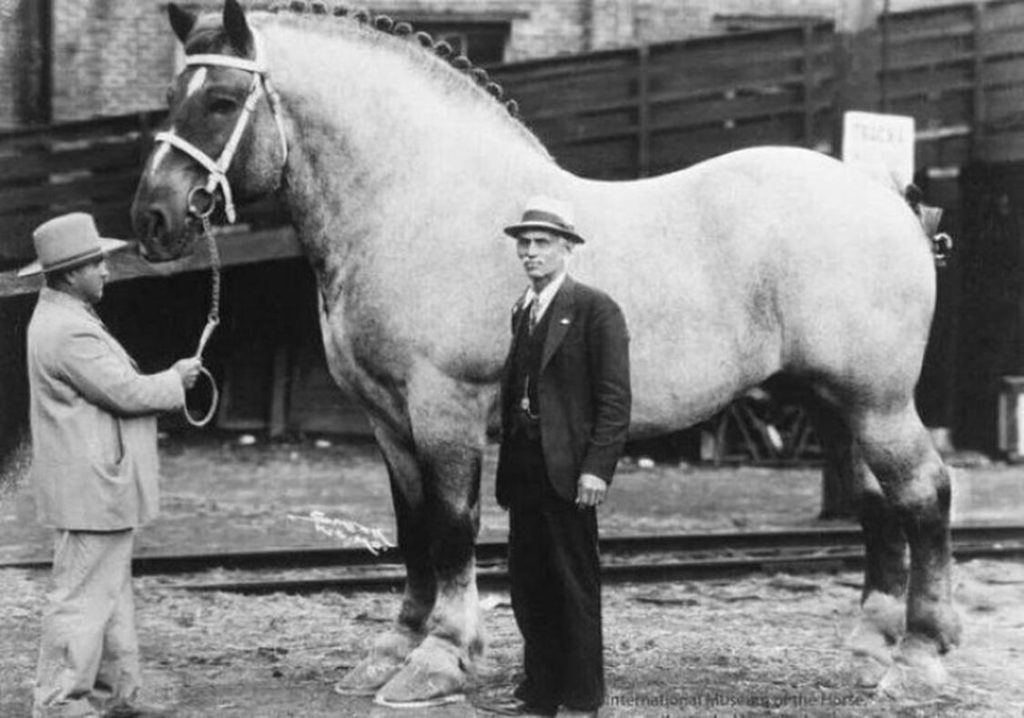
A horse weighing 16 times an average human is expected to have a few fans. Brooklyn Supreme is the star here as this red roan Belgian stallion weighed 3,197 pounds and measured six and a half feet.
Its owners, Charles Grant Good and Ralph M. Fogleman, entered a partnership with Good and exhibited this horse around the US charging ten cents from the “viewers”.
Polar Bear Treat, 1950
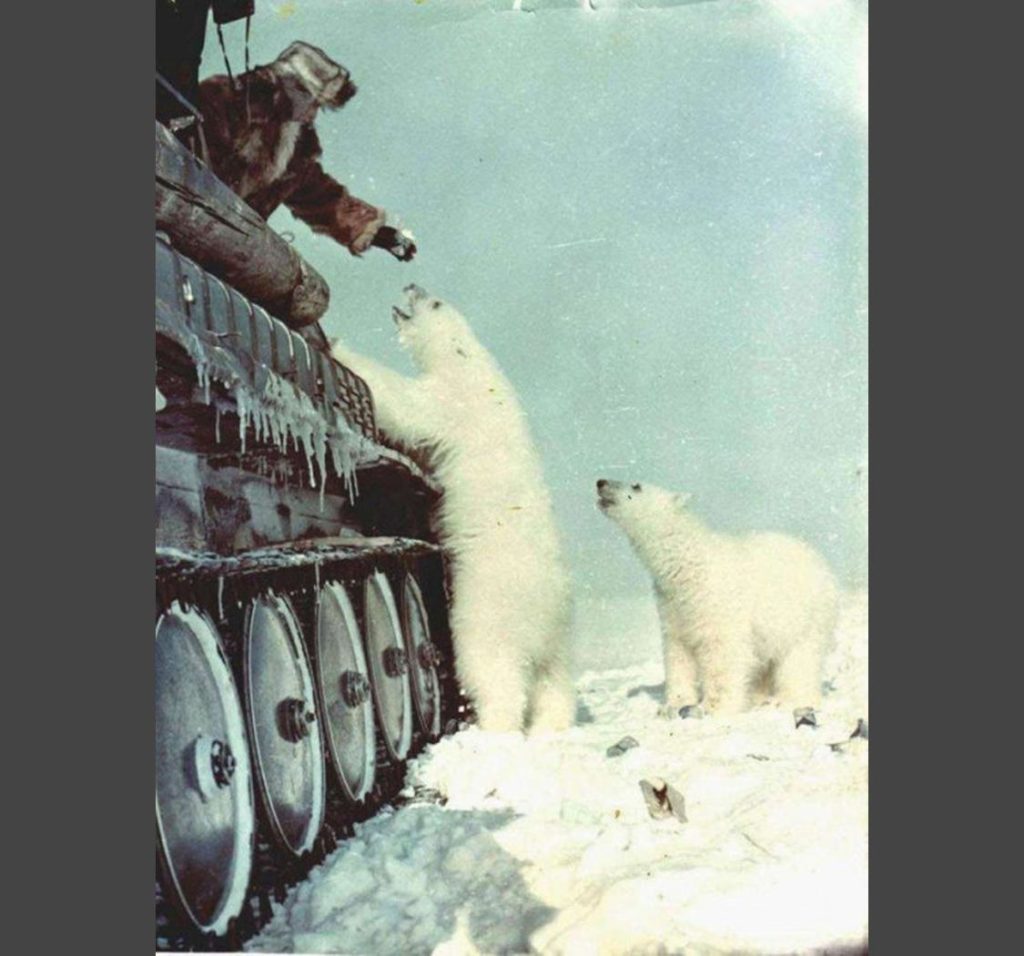
These Soviet soldiers traveled to high altitudes in the Arctic and built their stations there. They stayed in those harsh conditions with no trace of mankind. So, they made friends with the polar bears and treated them well.
Checking Out An Outfit, 1944
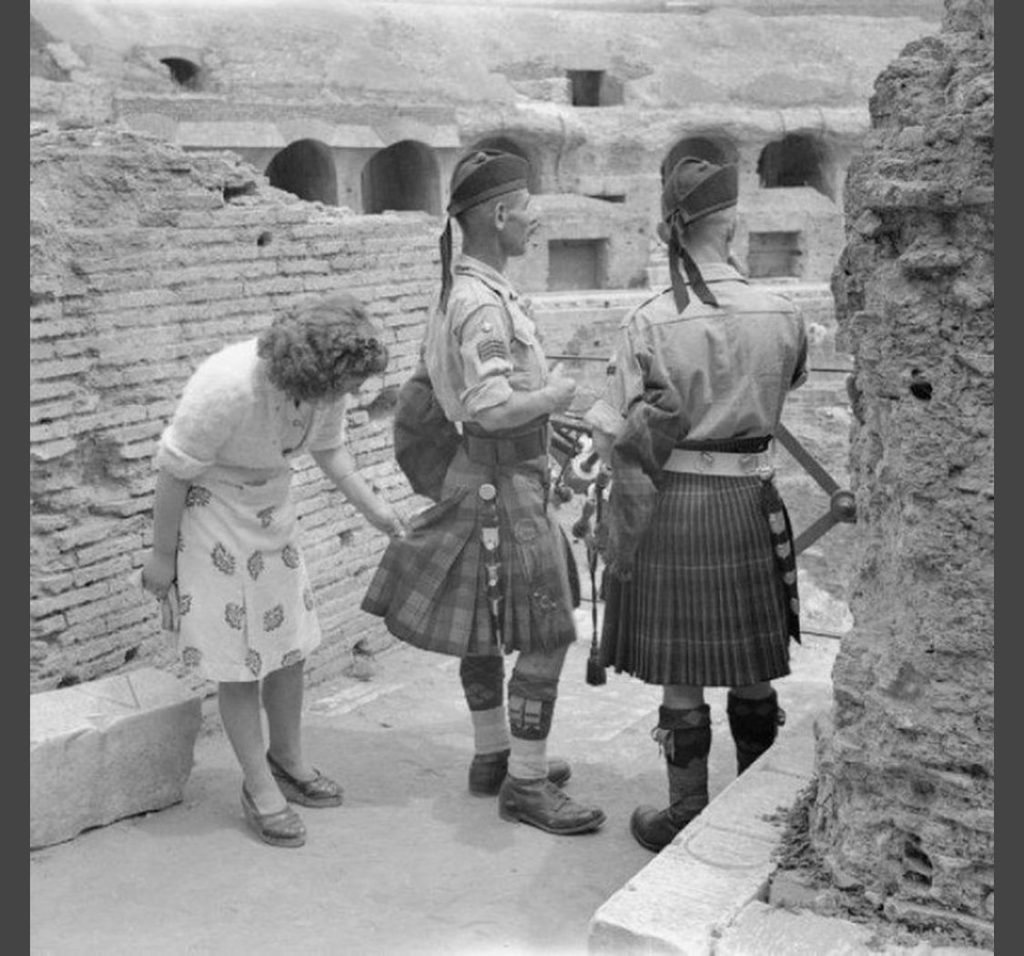
The Scottish soldiers wore a kilt as a part of their uniform and their outfit seemed to grab some attention. This picture was captured in 1944 after the liberation of Rome.
This news of liberation led to an exciting atmosphere with celebrations around the city. The celebratory photos might be common, but this picture depicting a keen interest in a soldier’s dress is rare.
Comfortable Mowing, 1950s

This spaceship-like thing is an invention from the 1950s. Here’s a lawnmower that has every comfort available. The design got published in a magazine with all its features highlighted including a proper air conditioning system installed inside. People seemed to spend a lot of time and money on such inventions in the past.